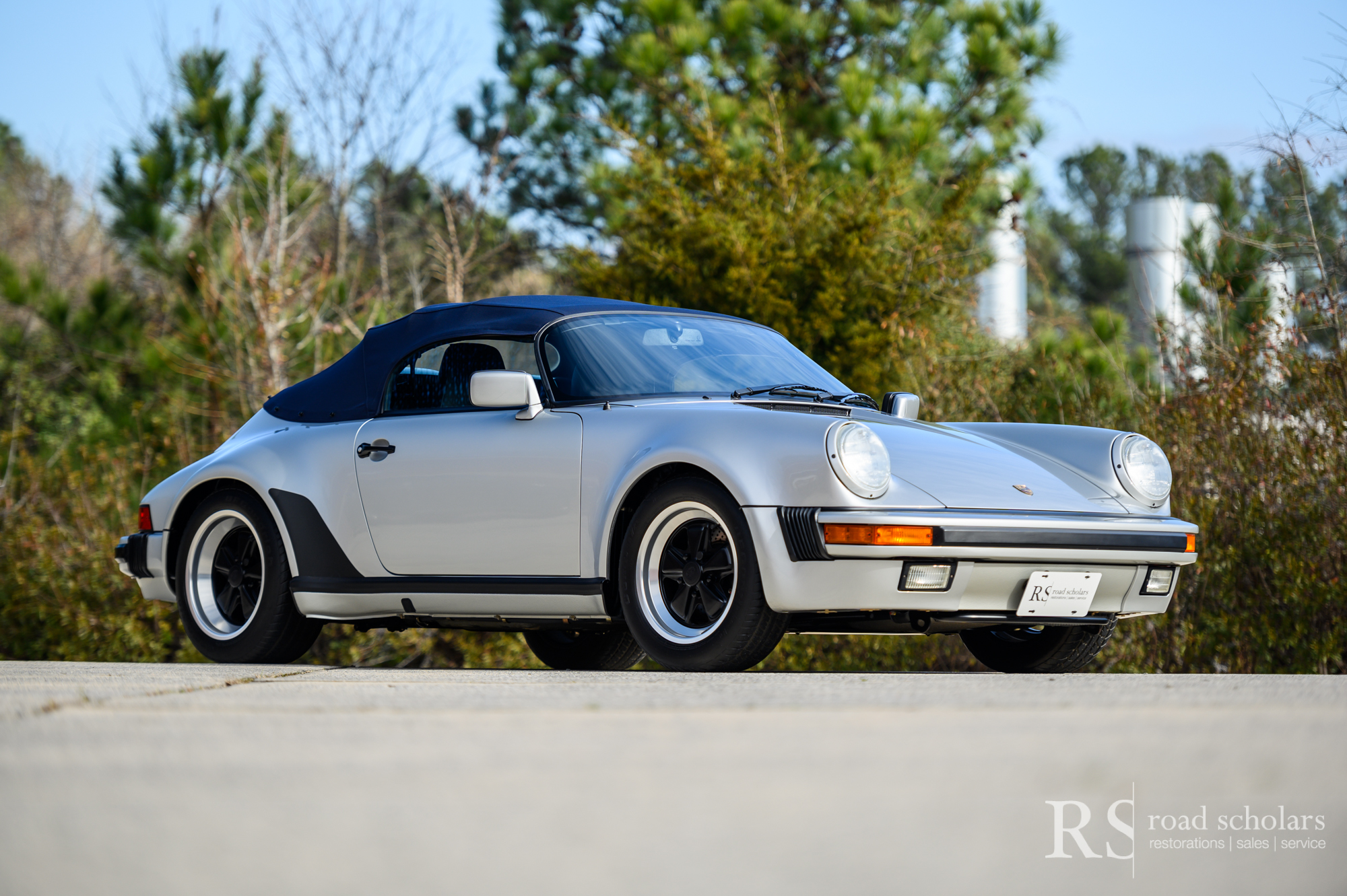
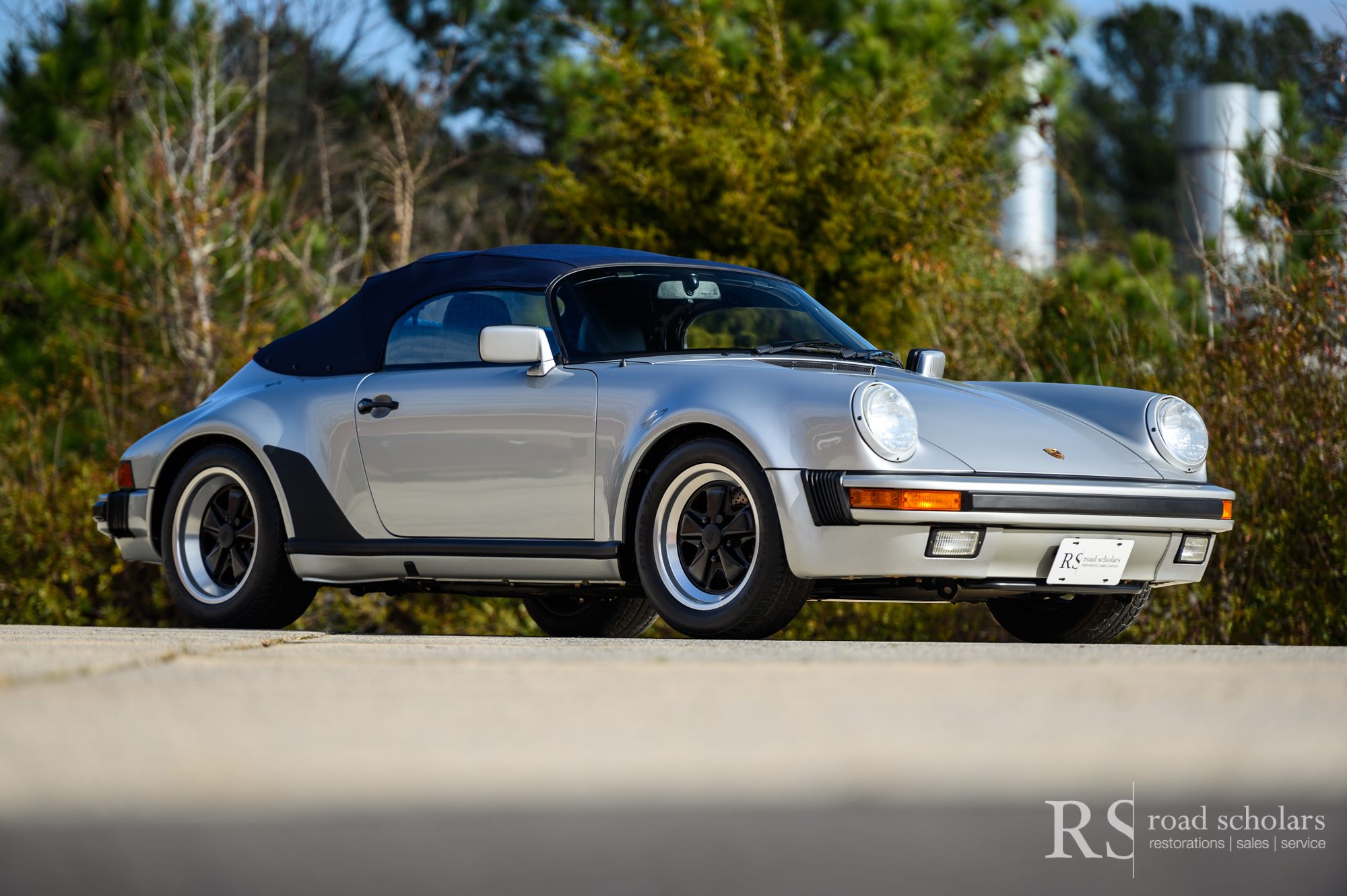
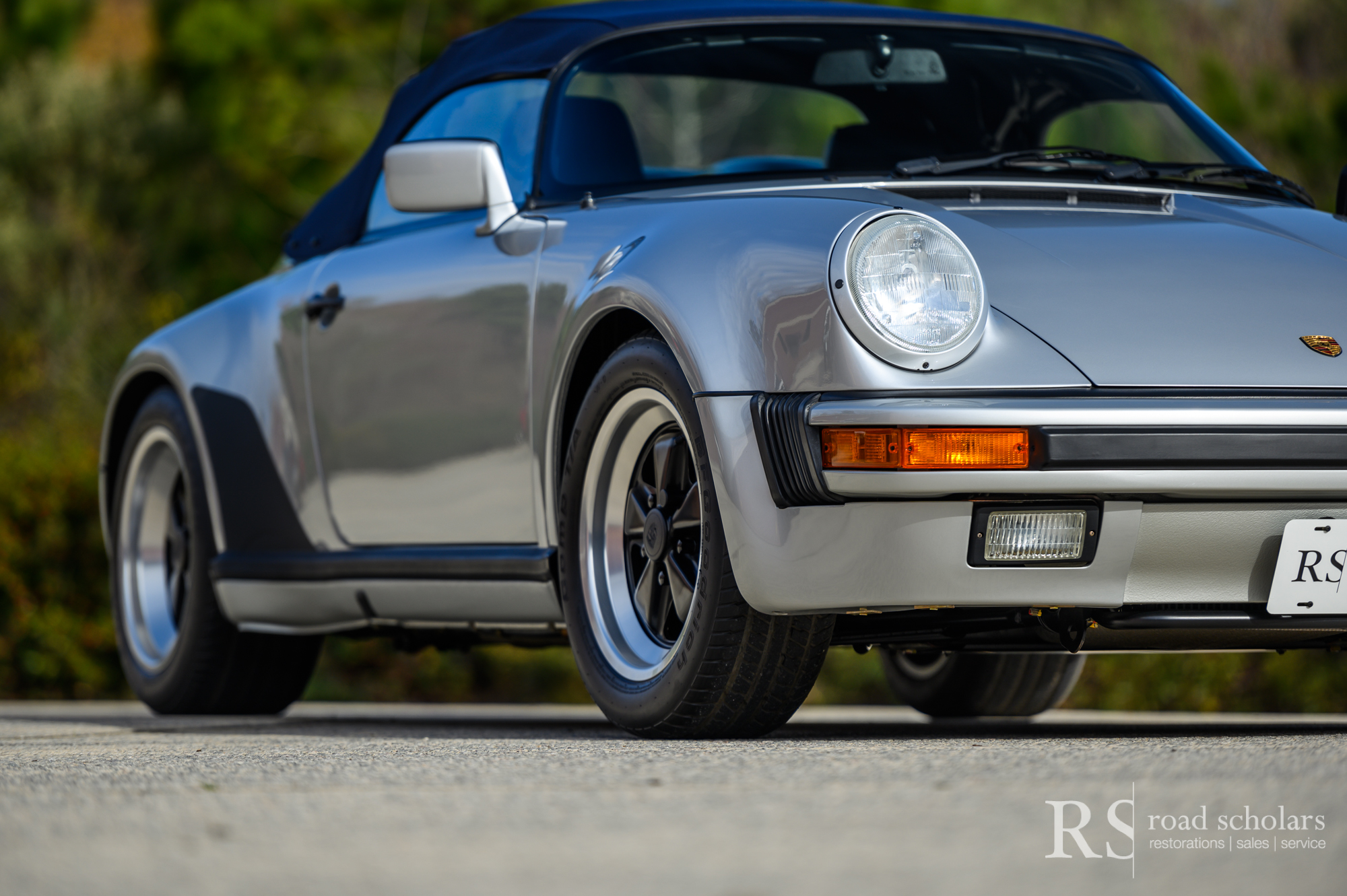
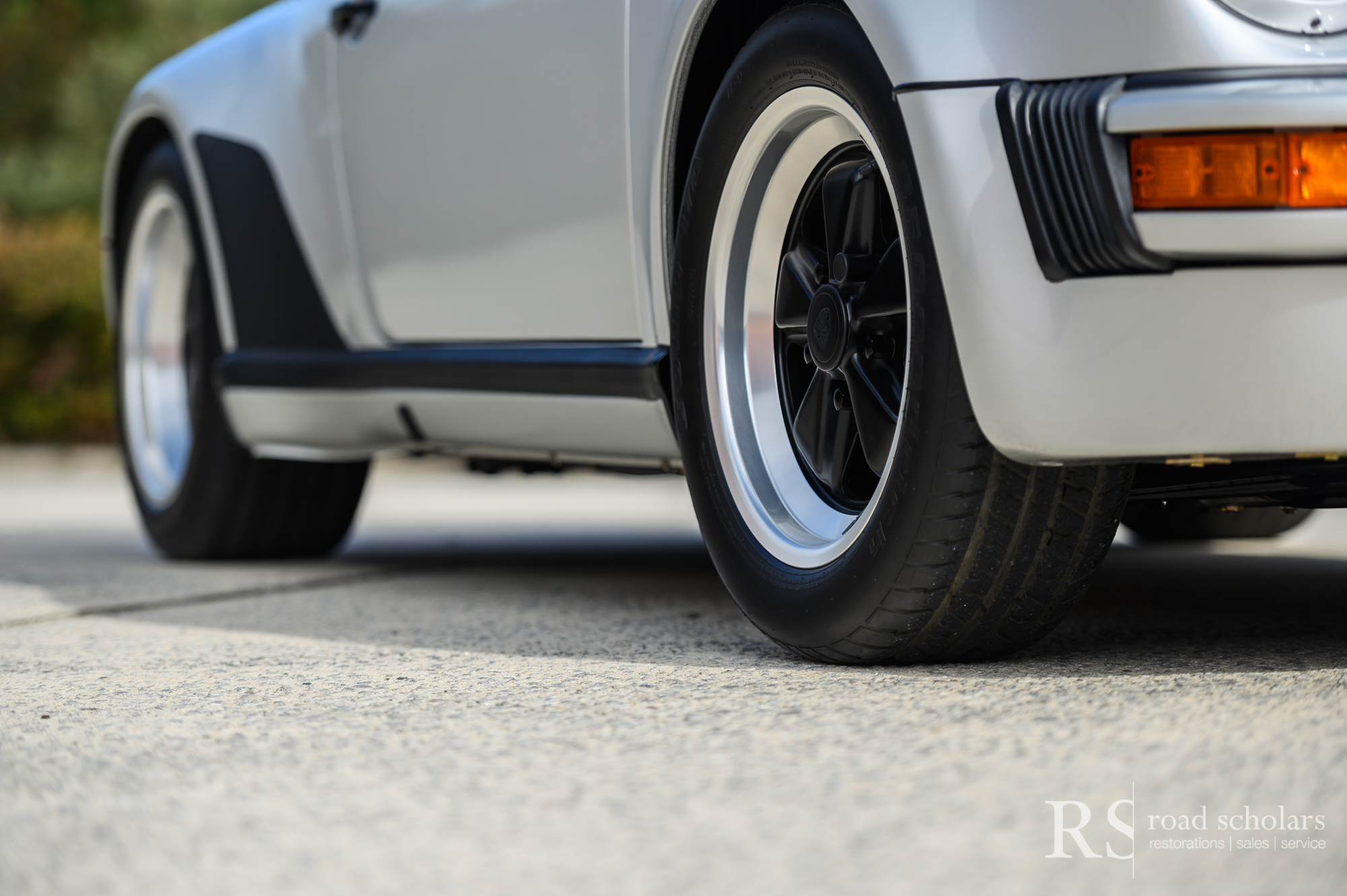
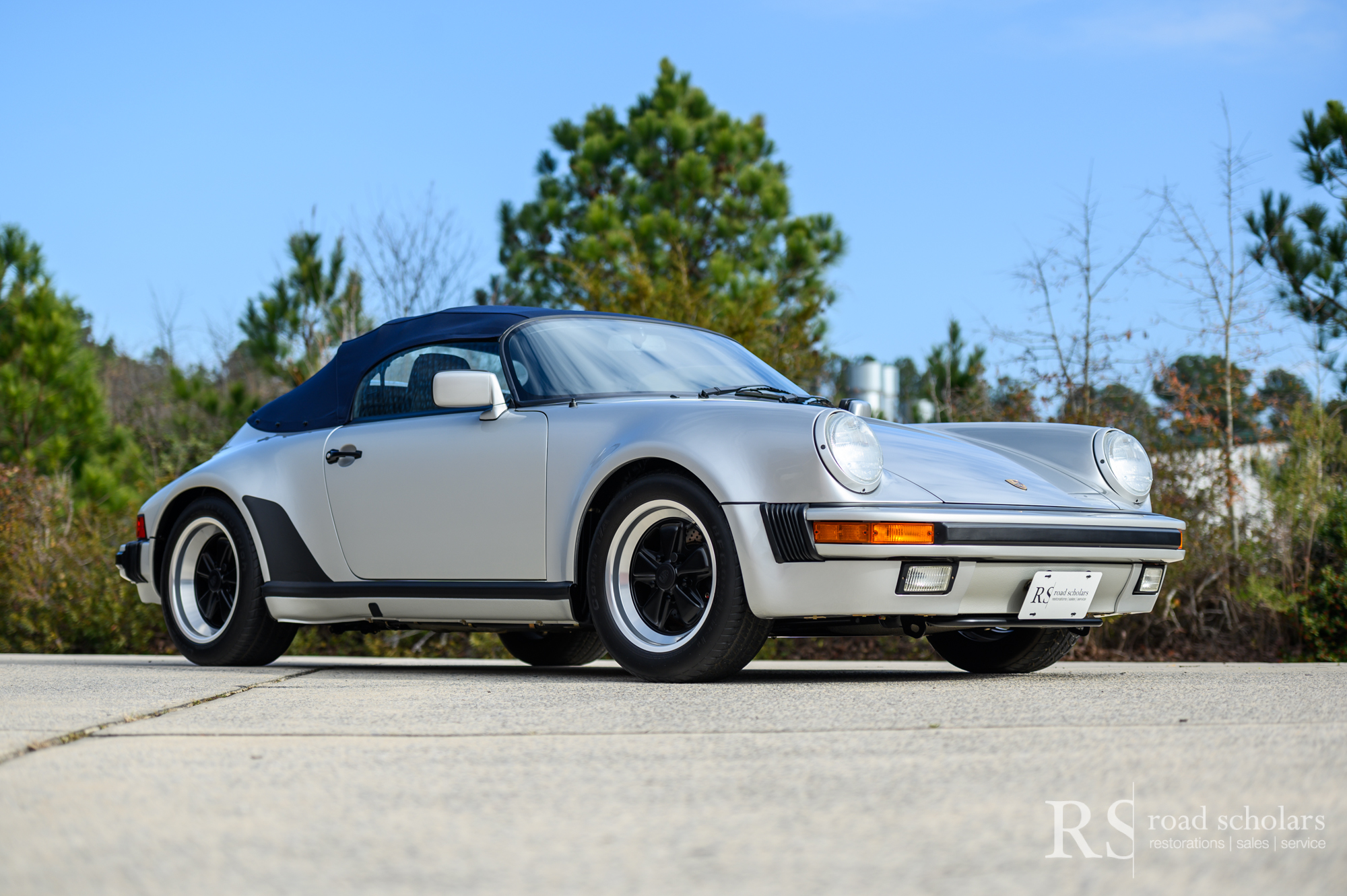
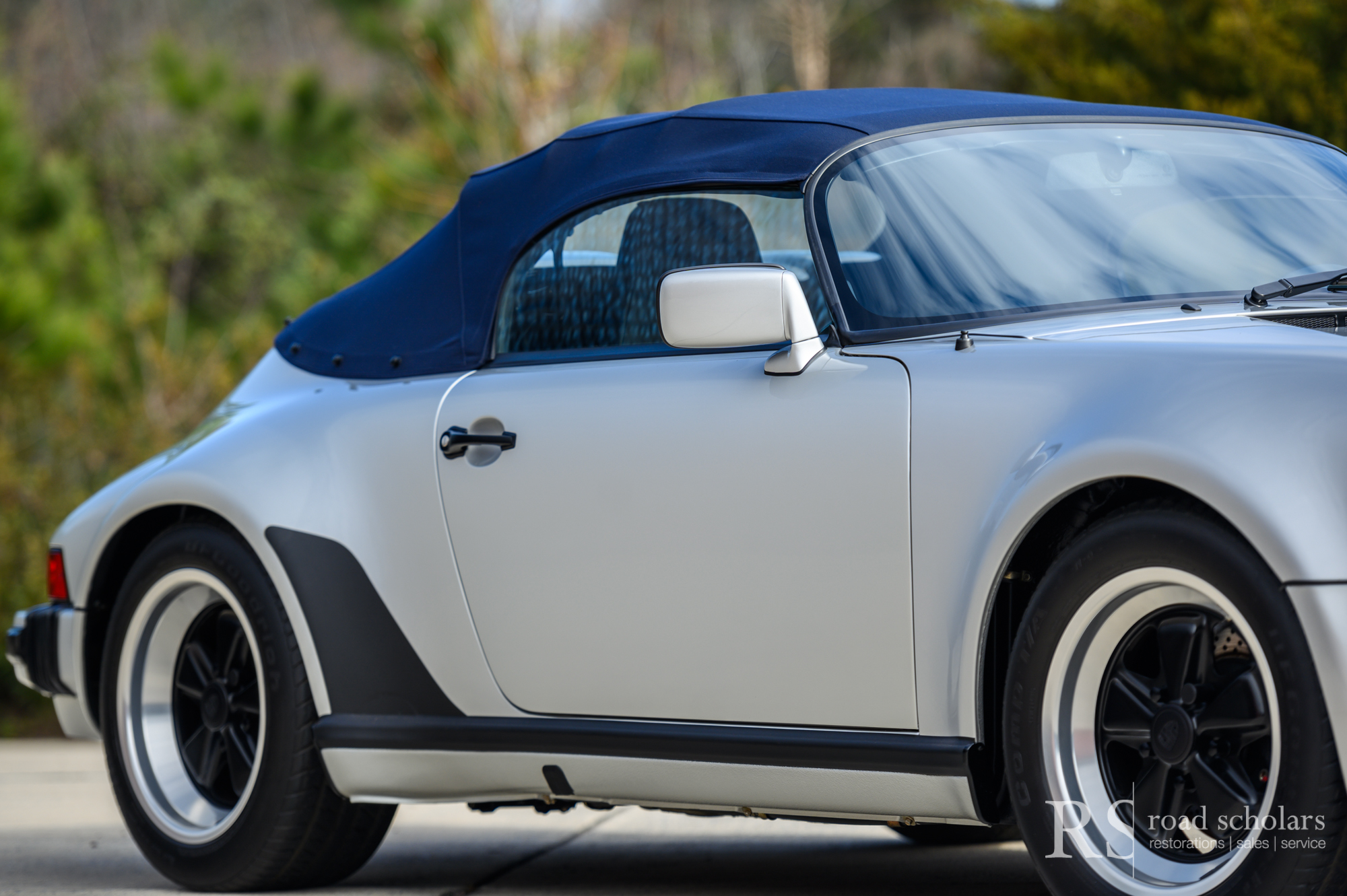
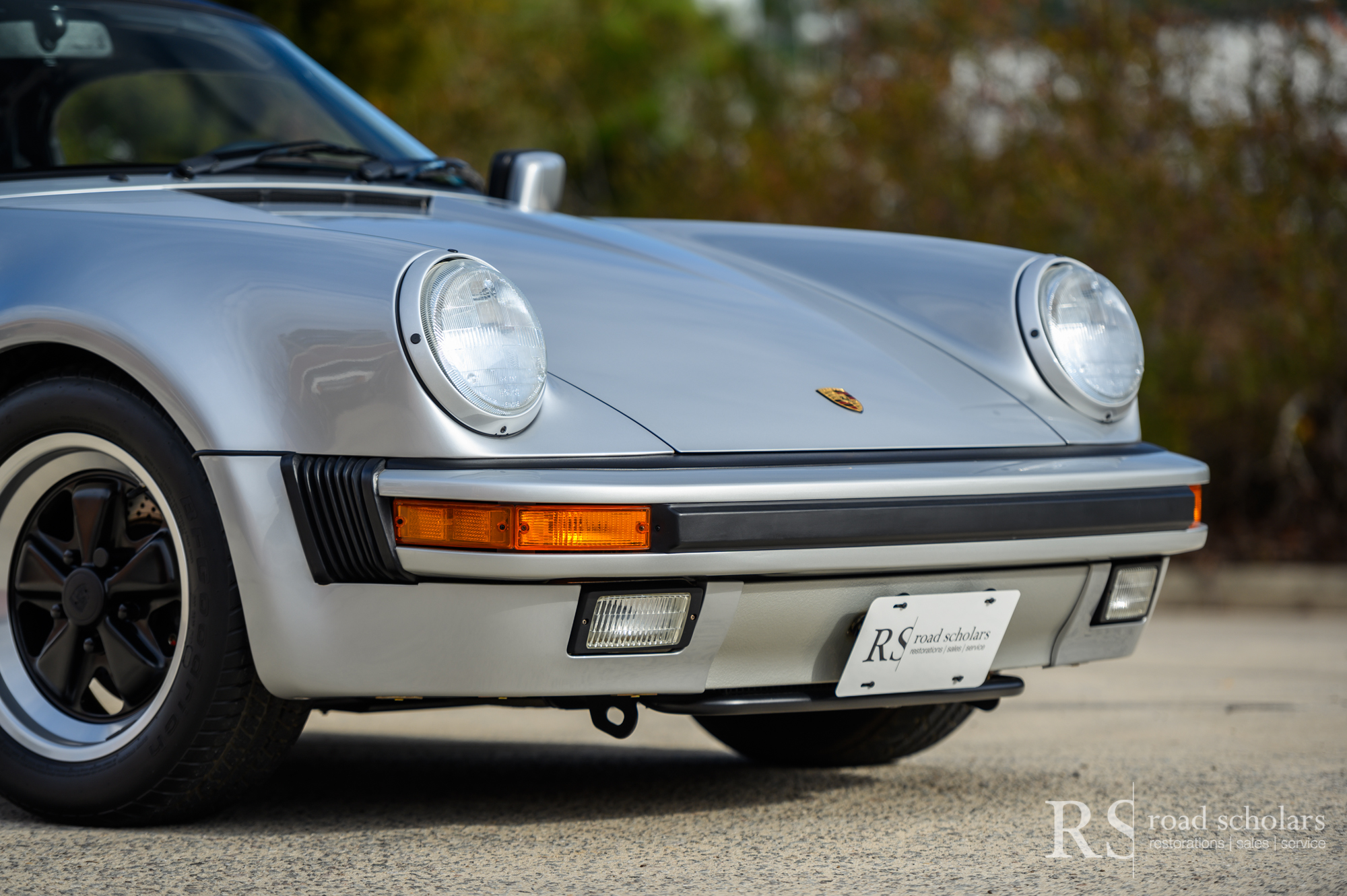
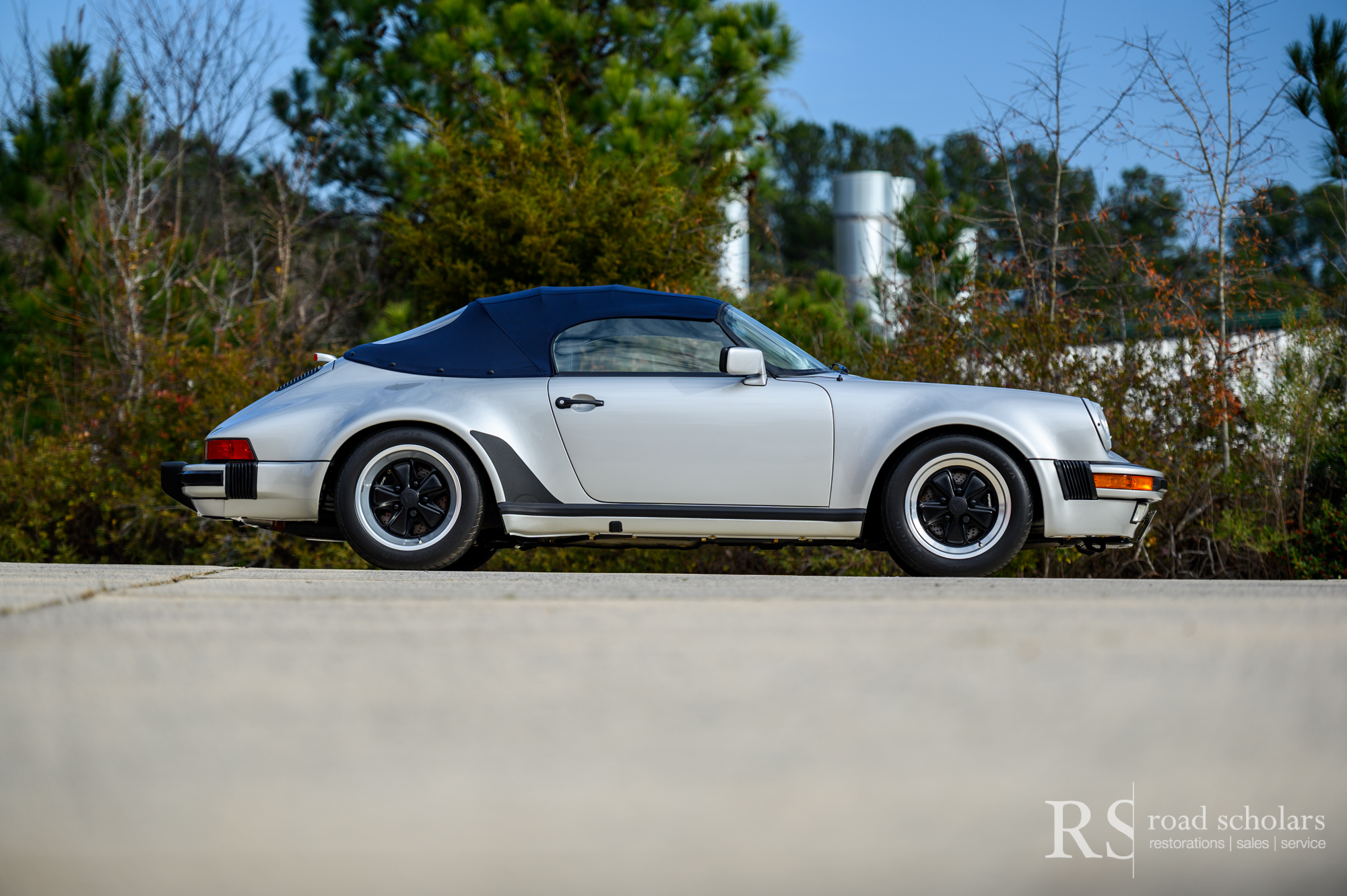
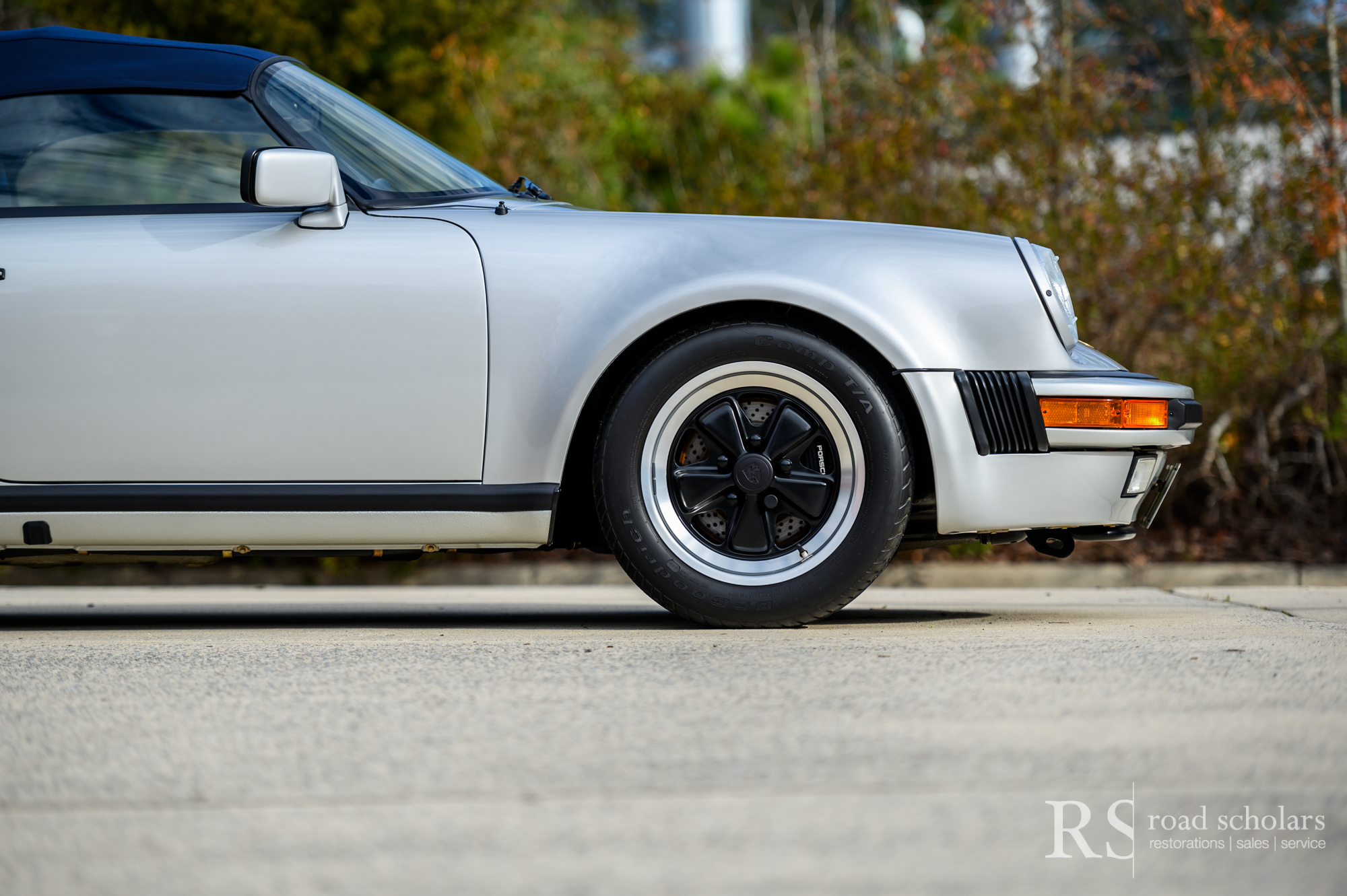
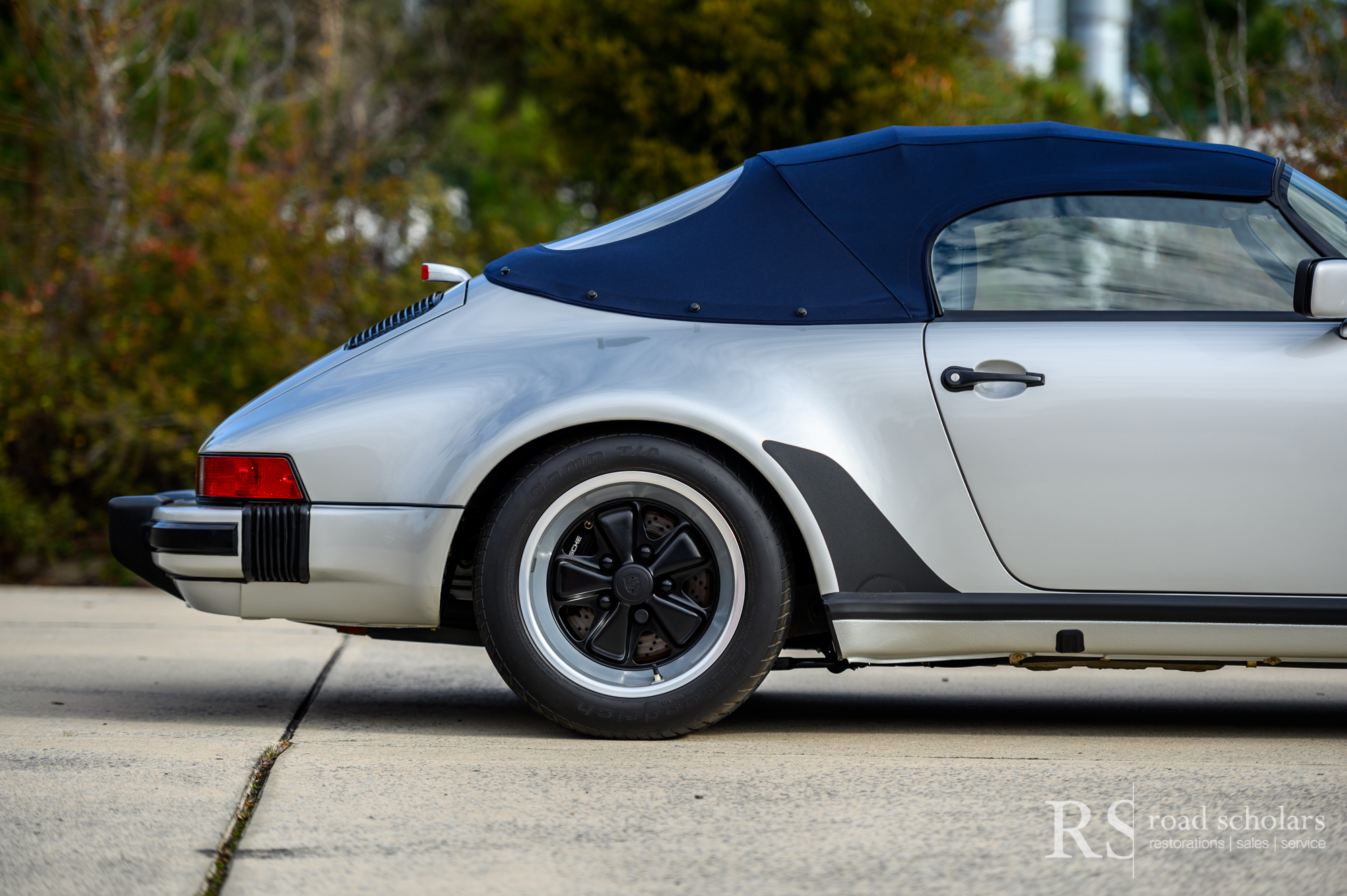

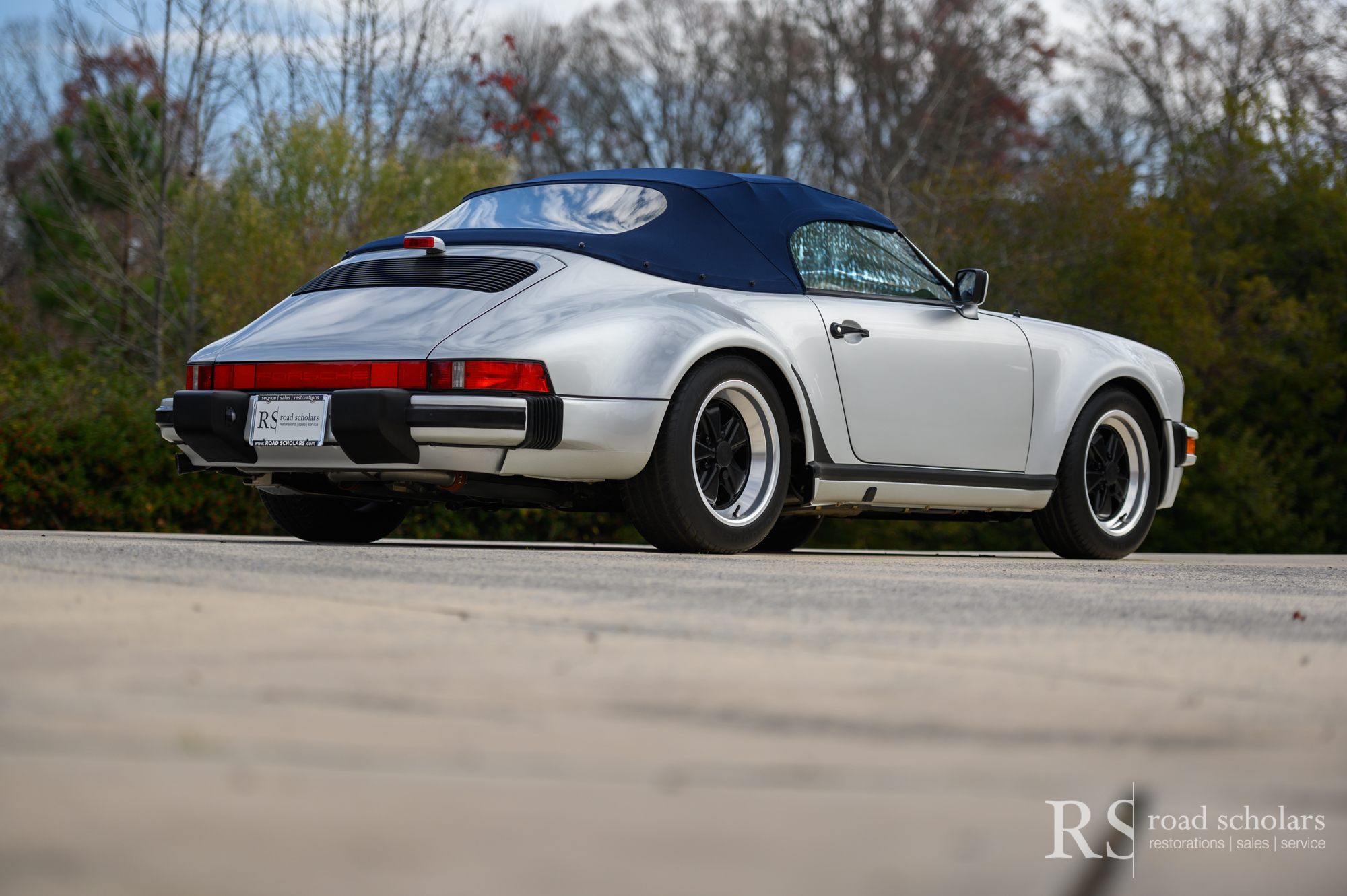

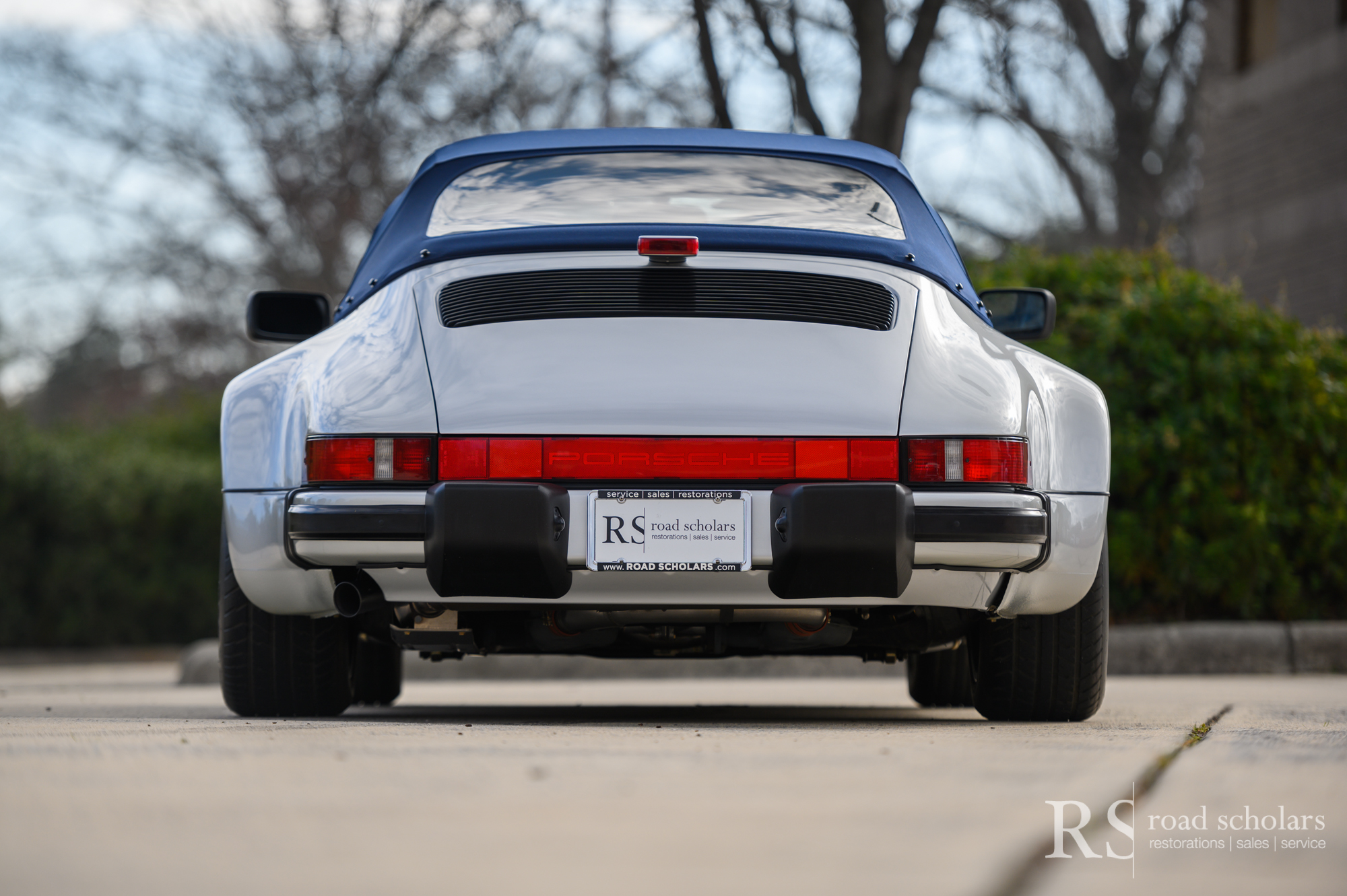
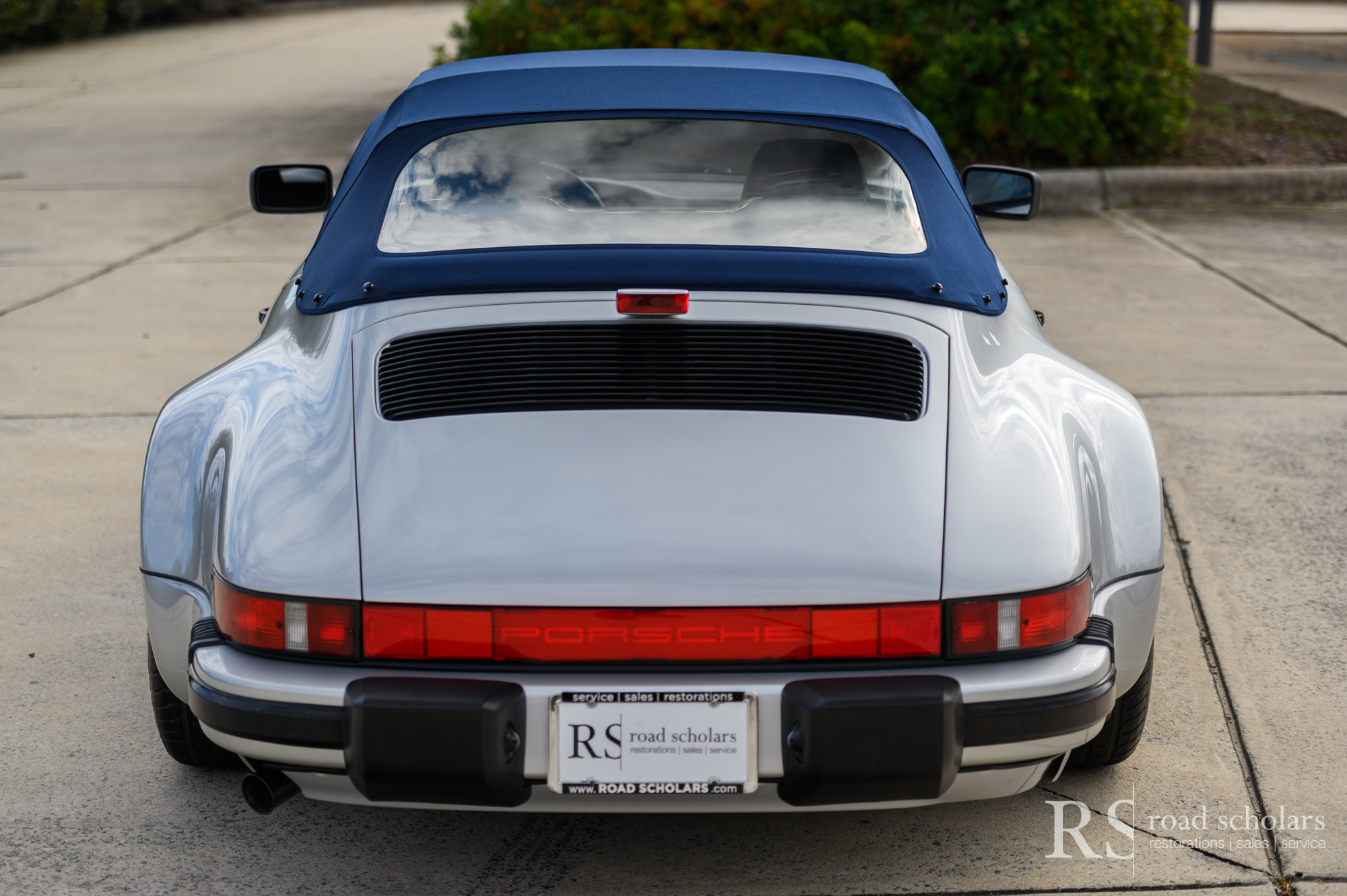
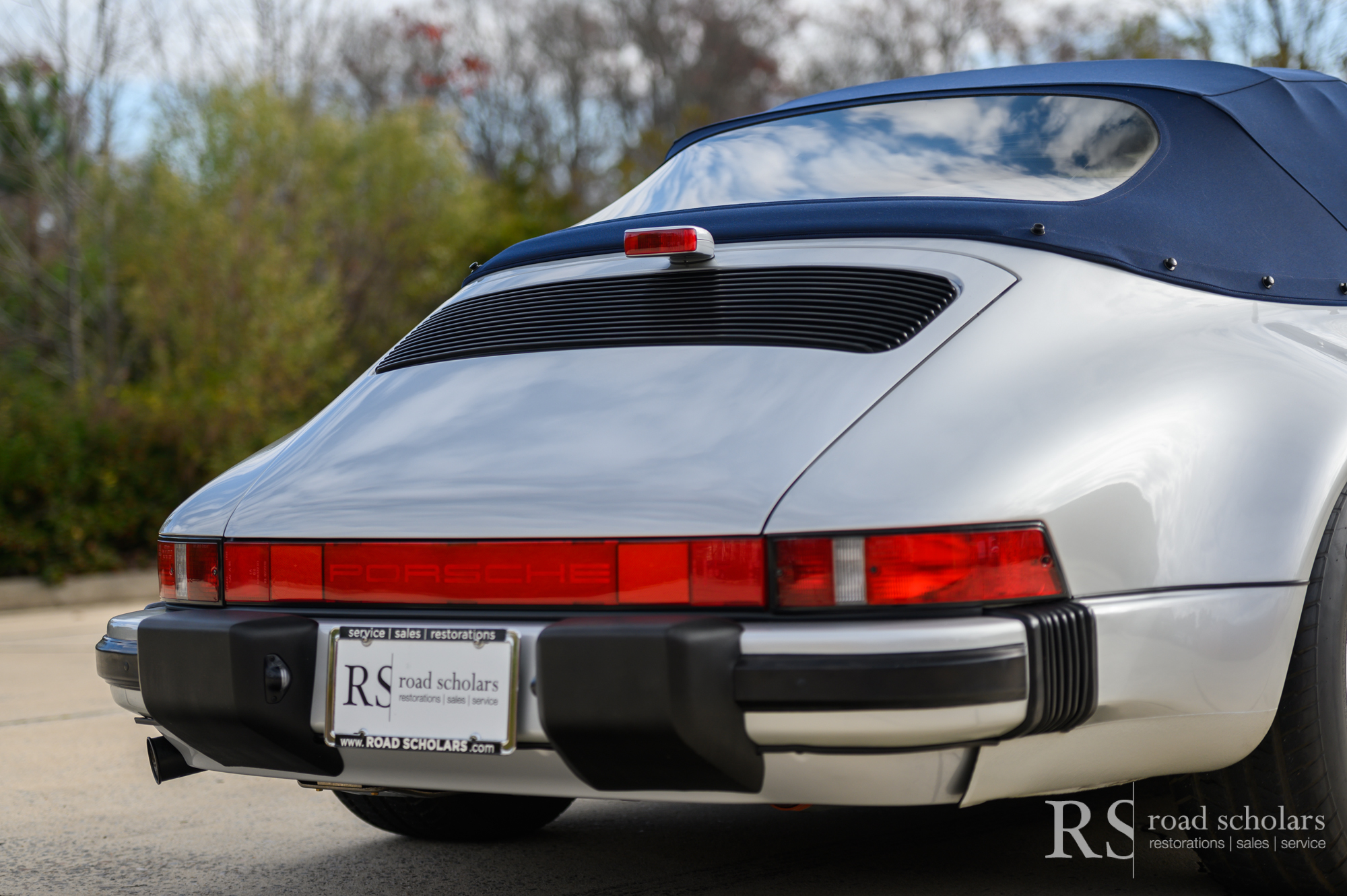
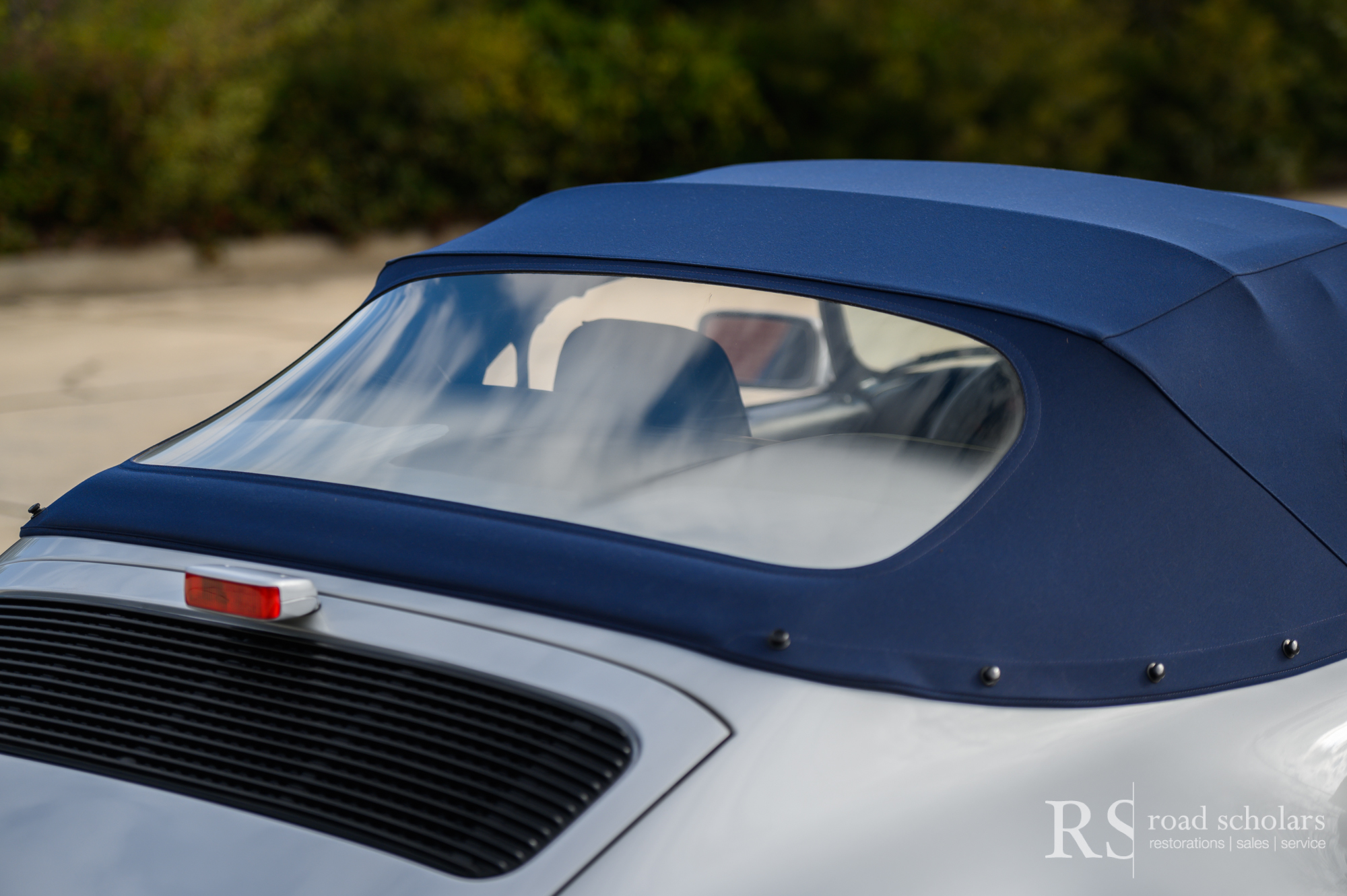

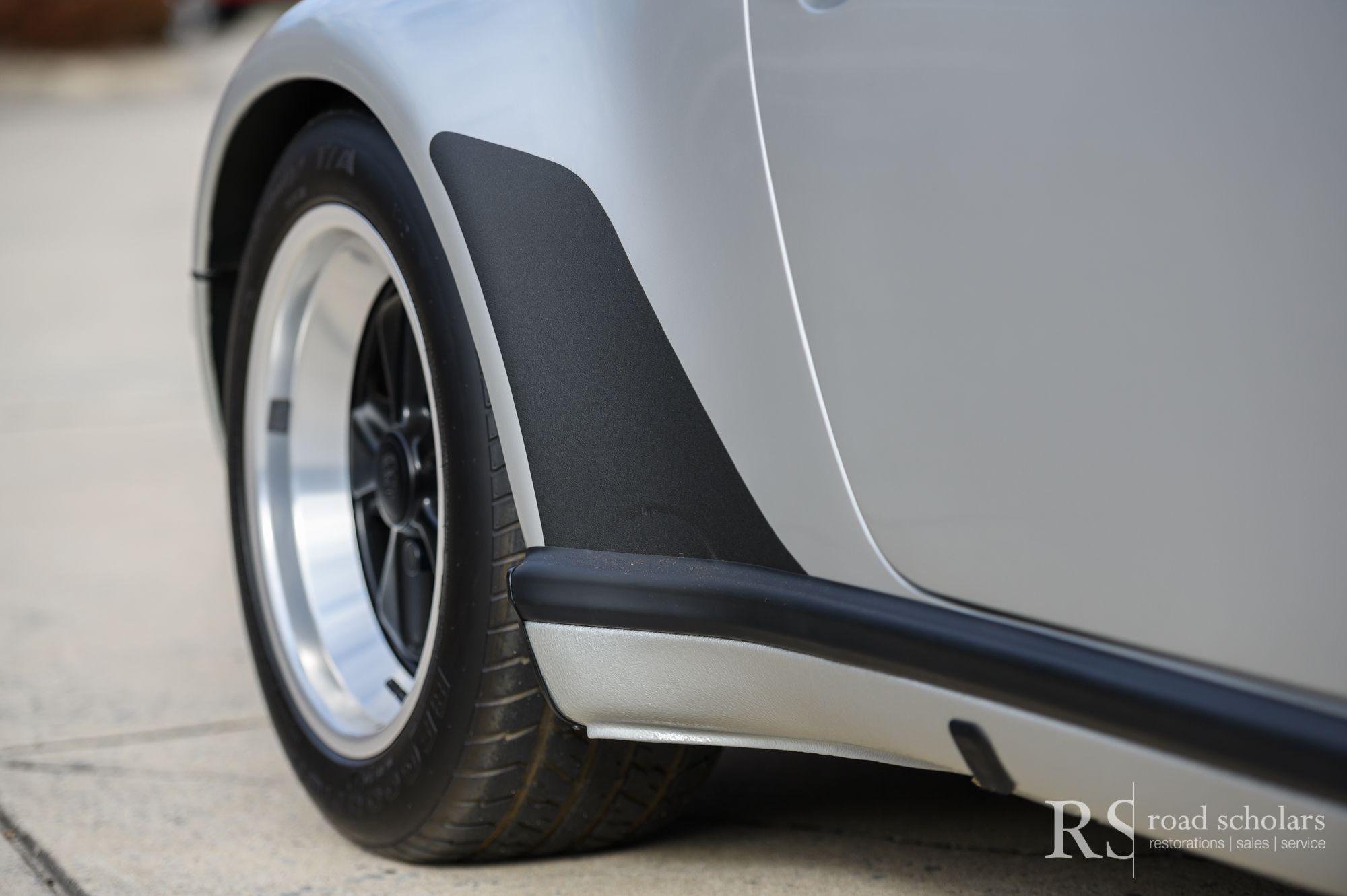
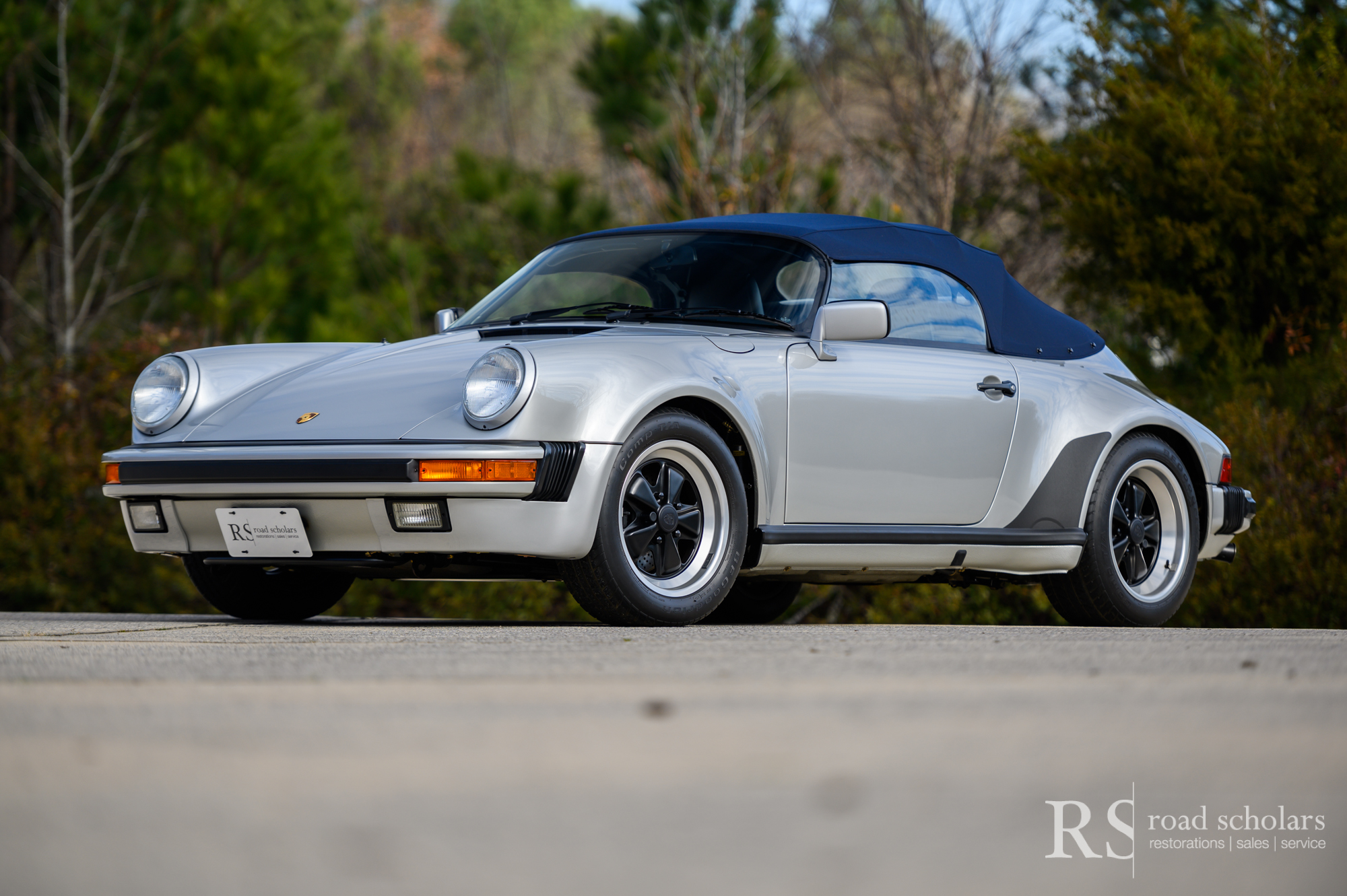
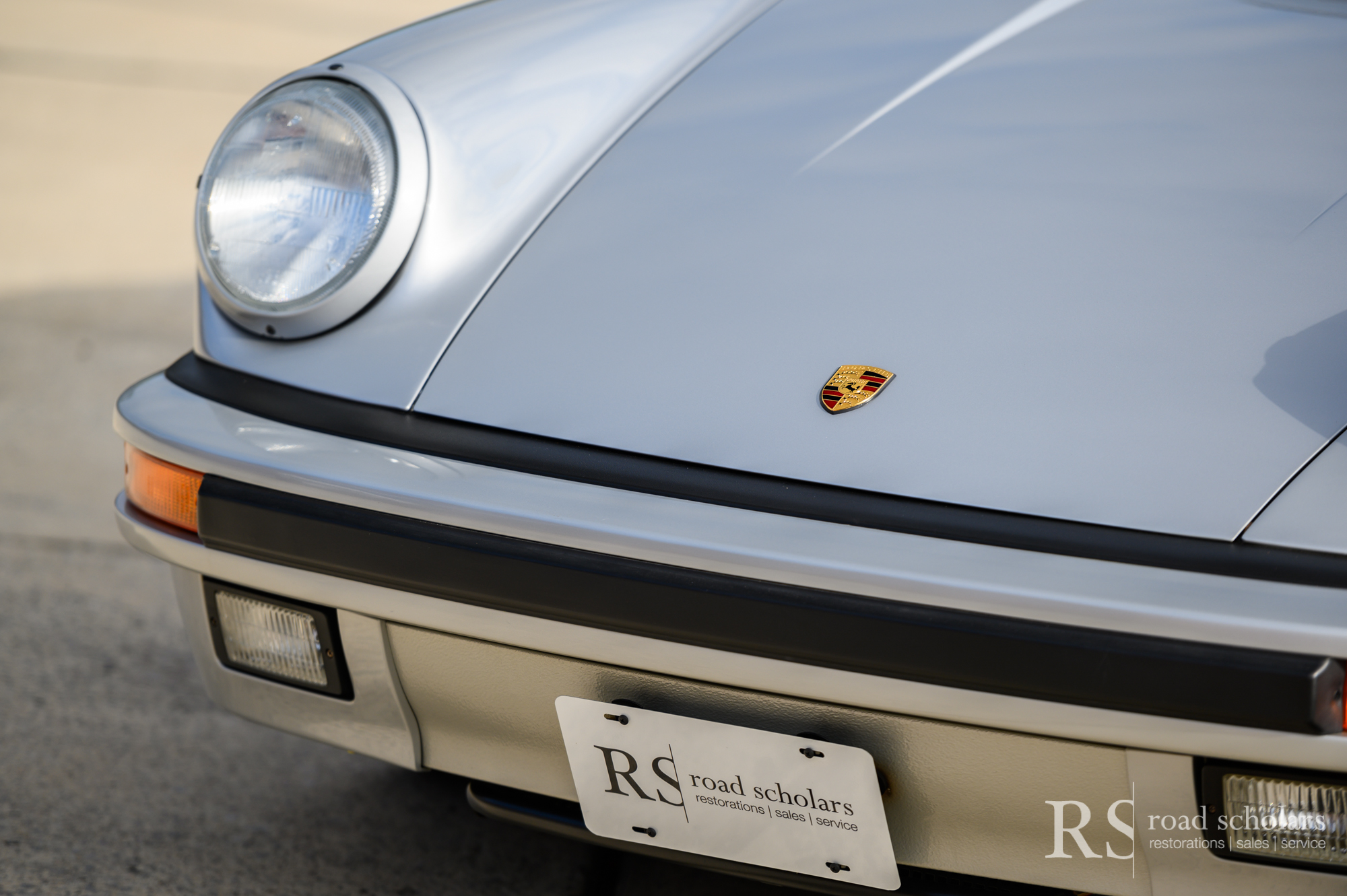
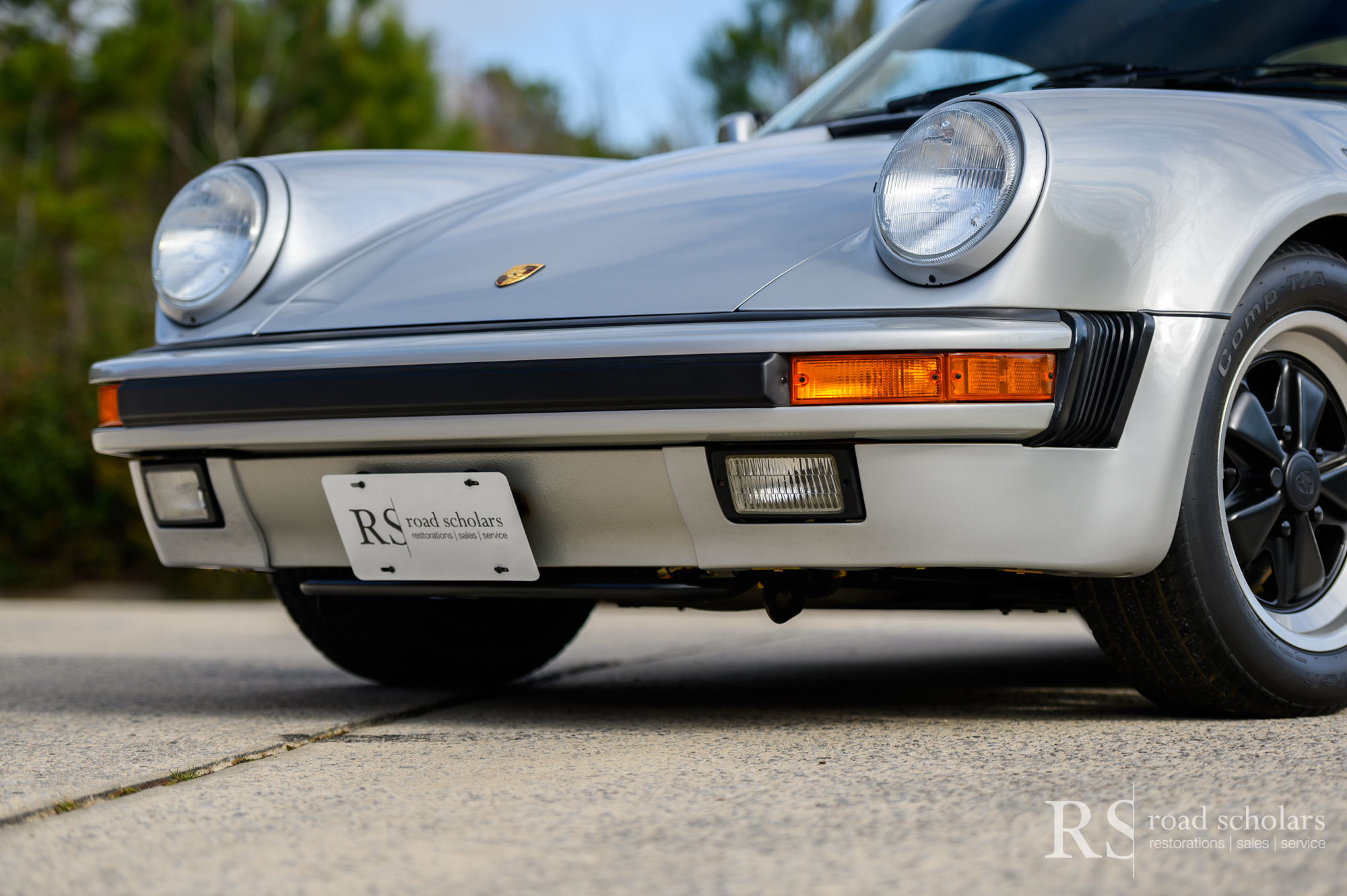
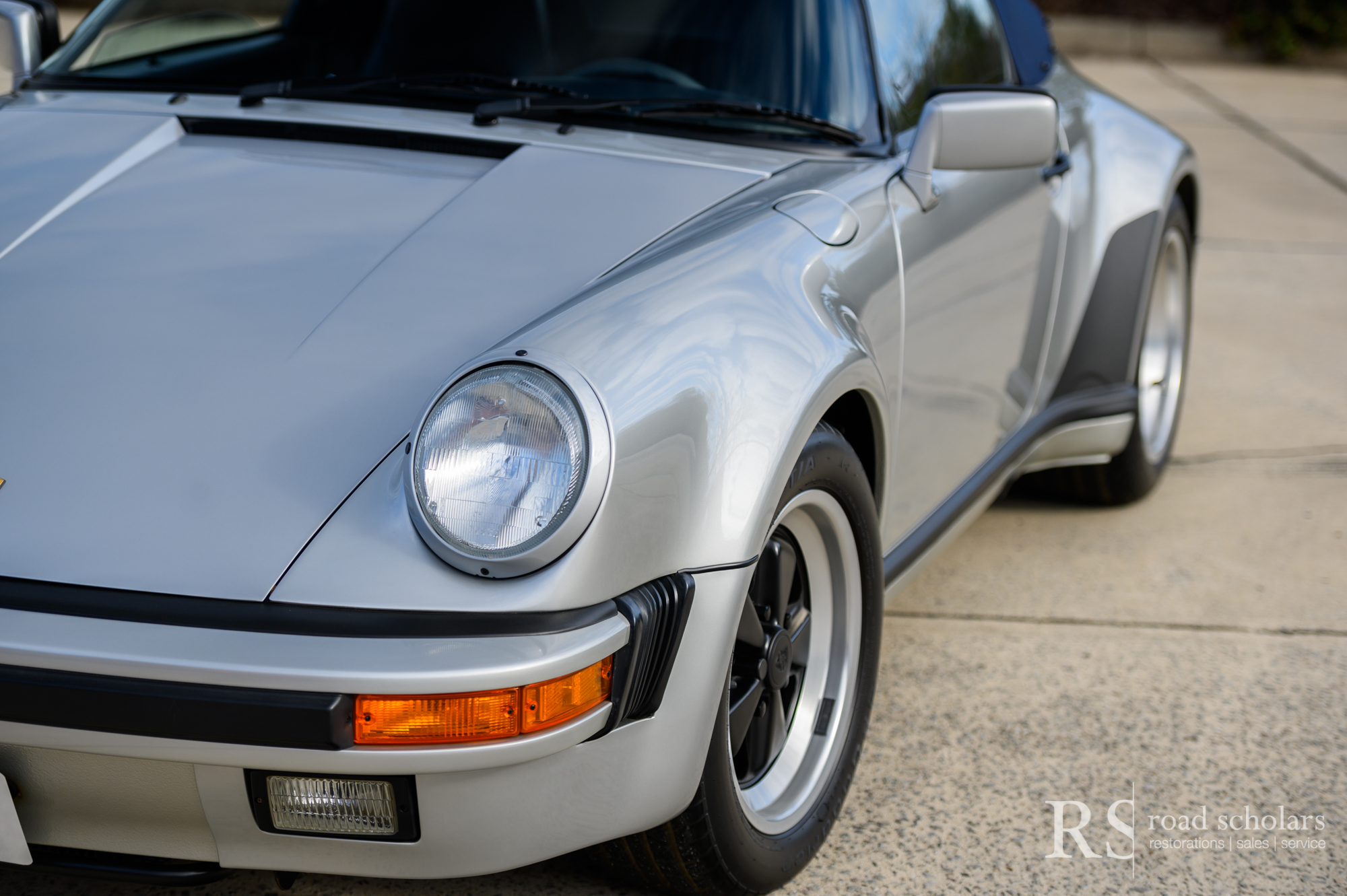
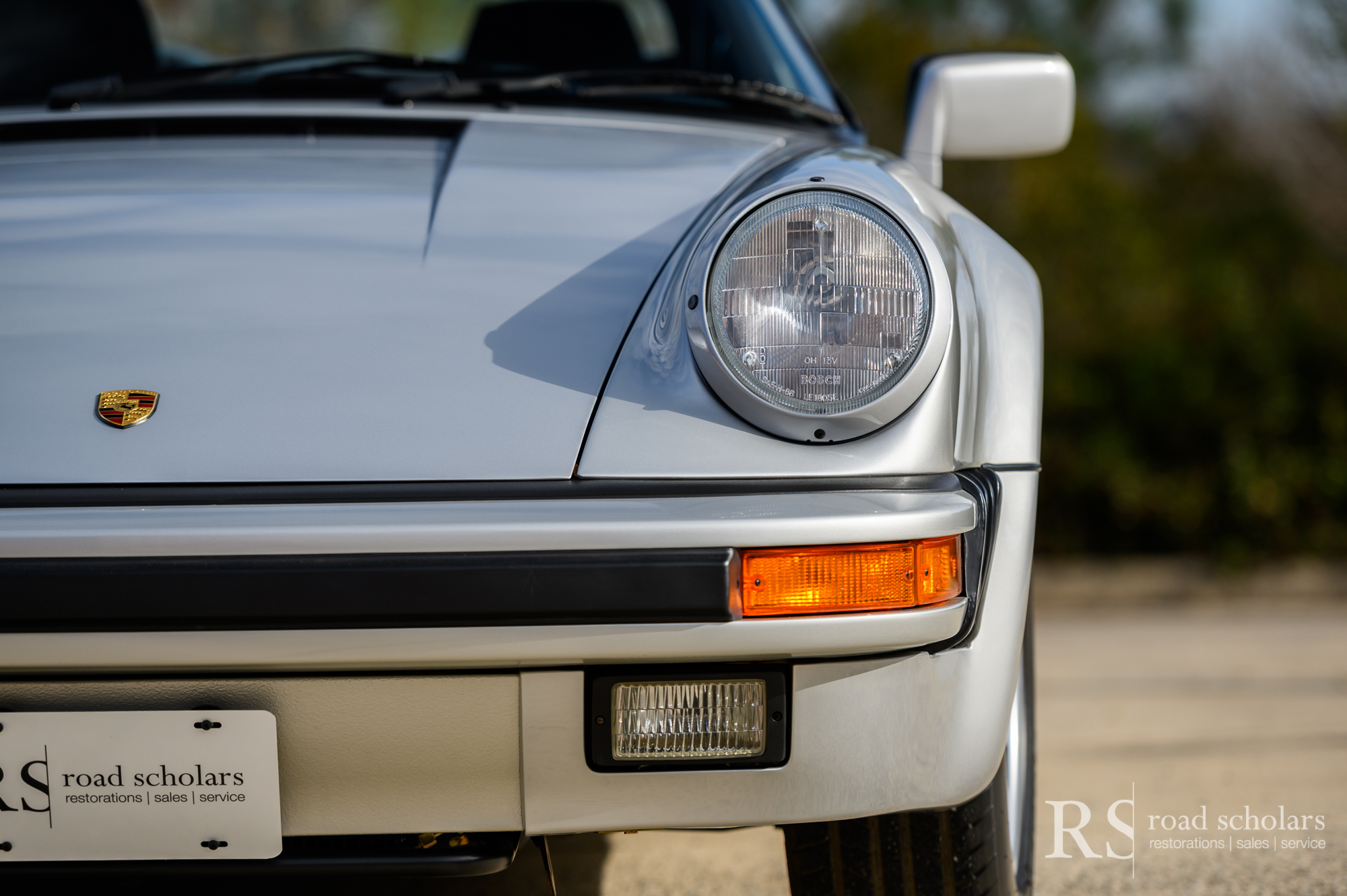
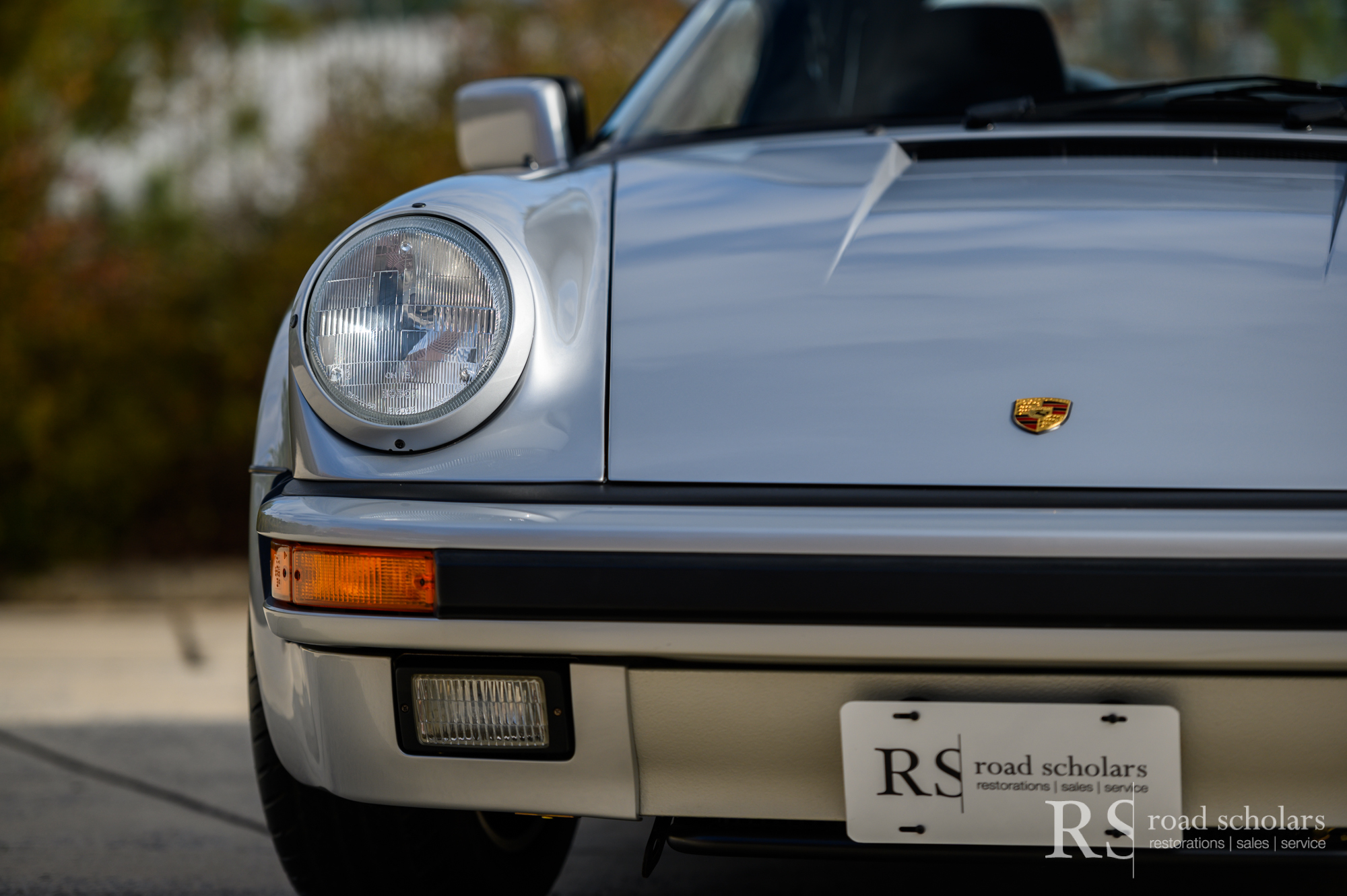

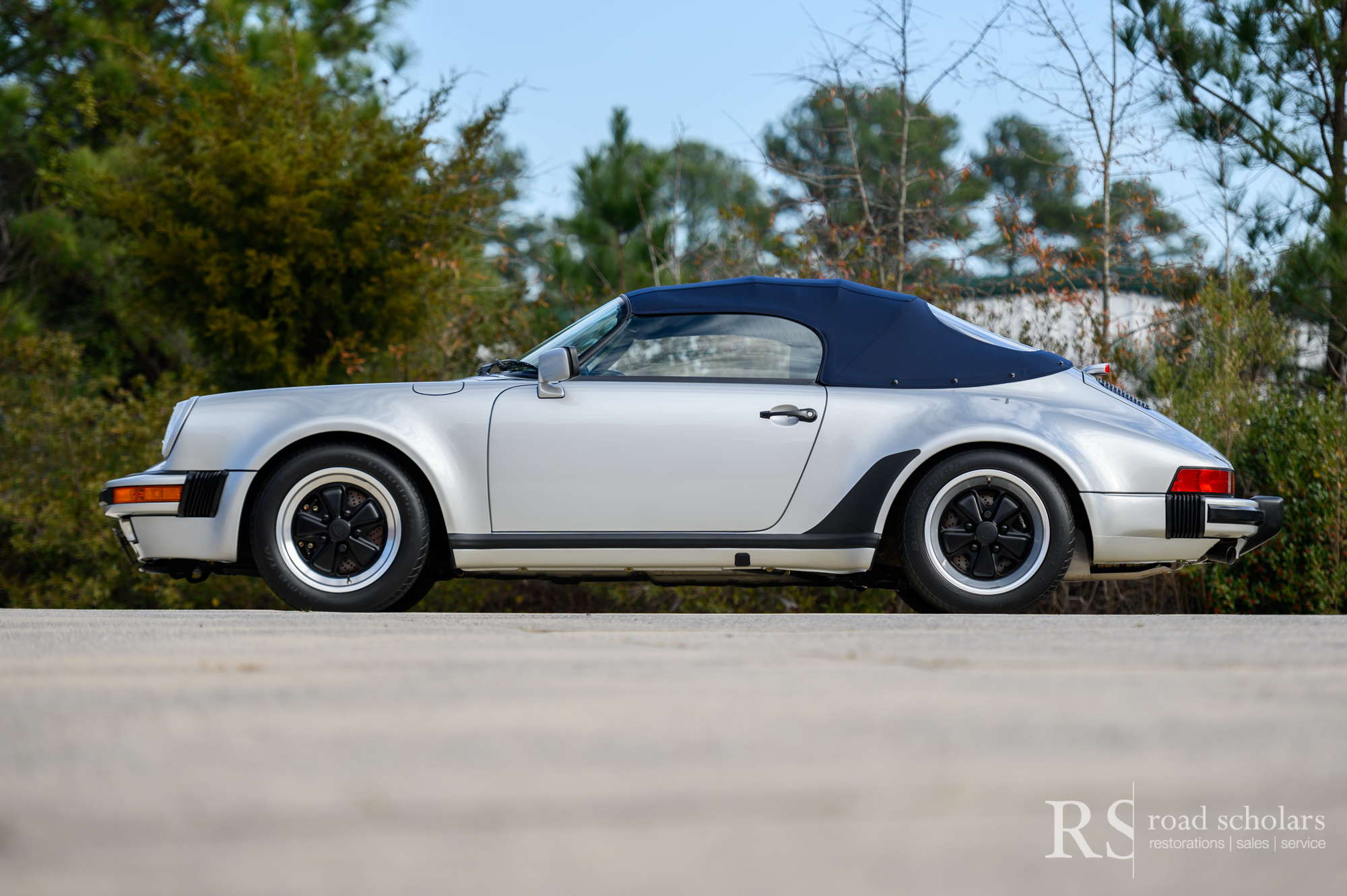
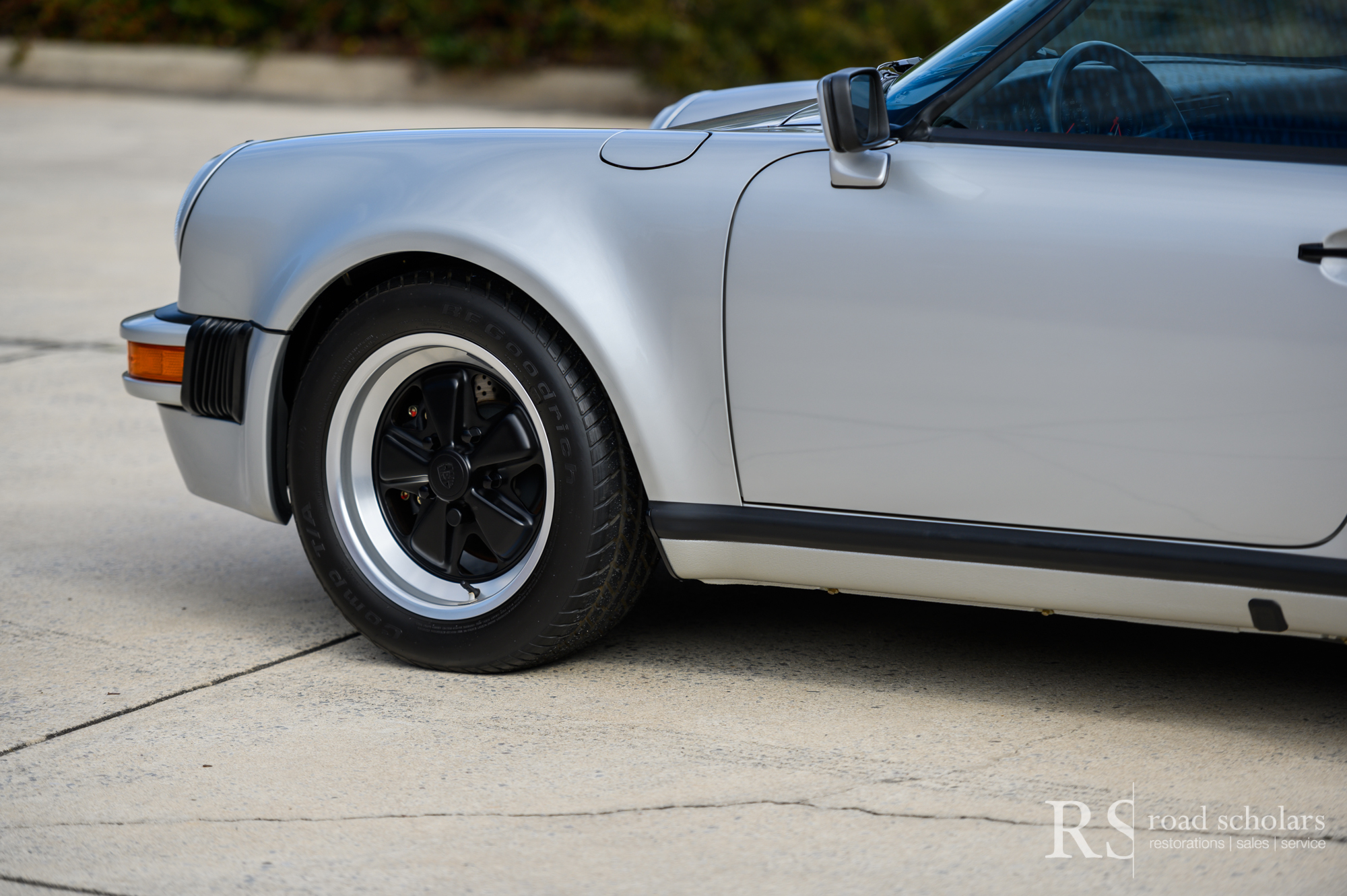
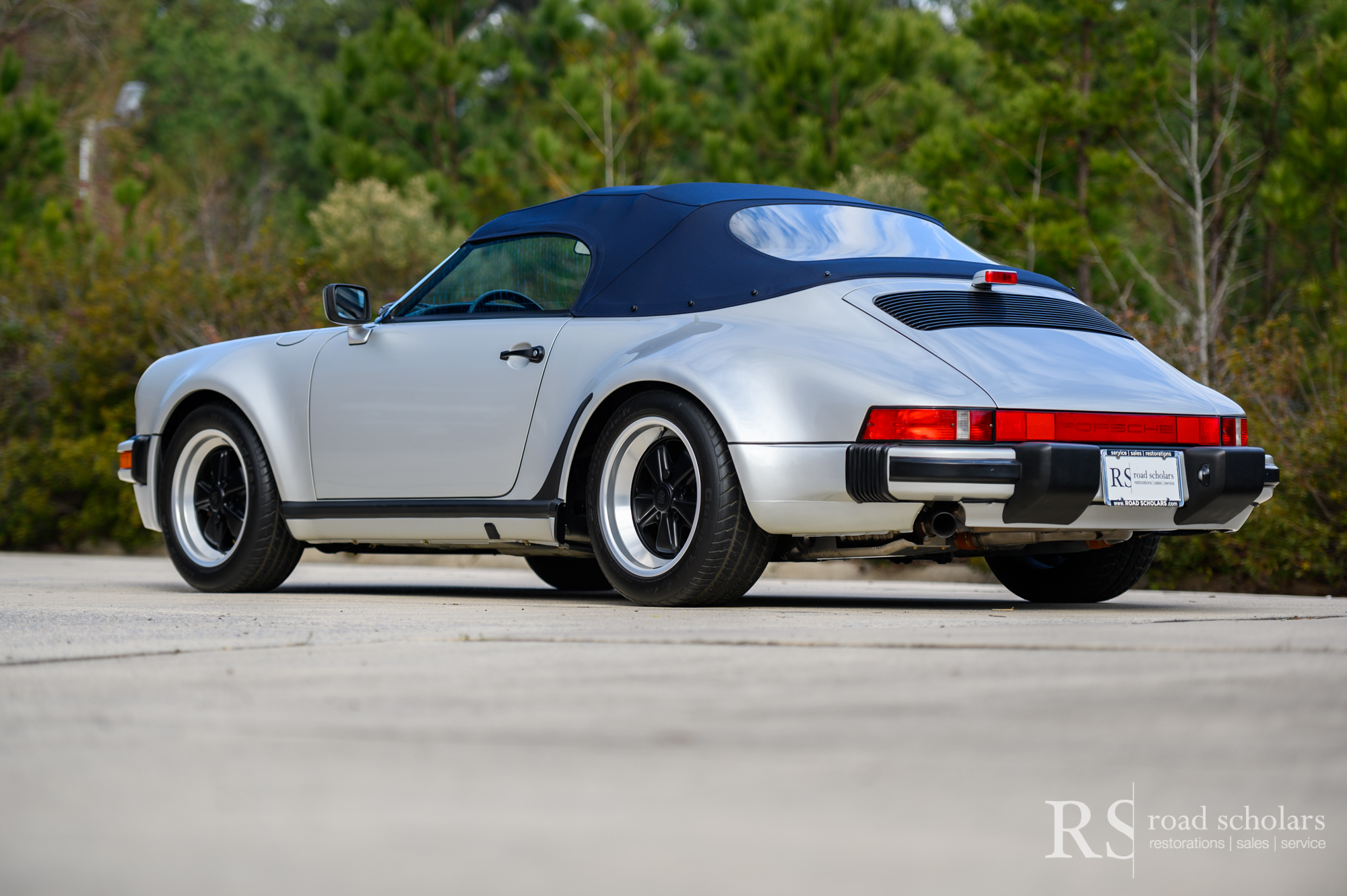

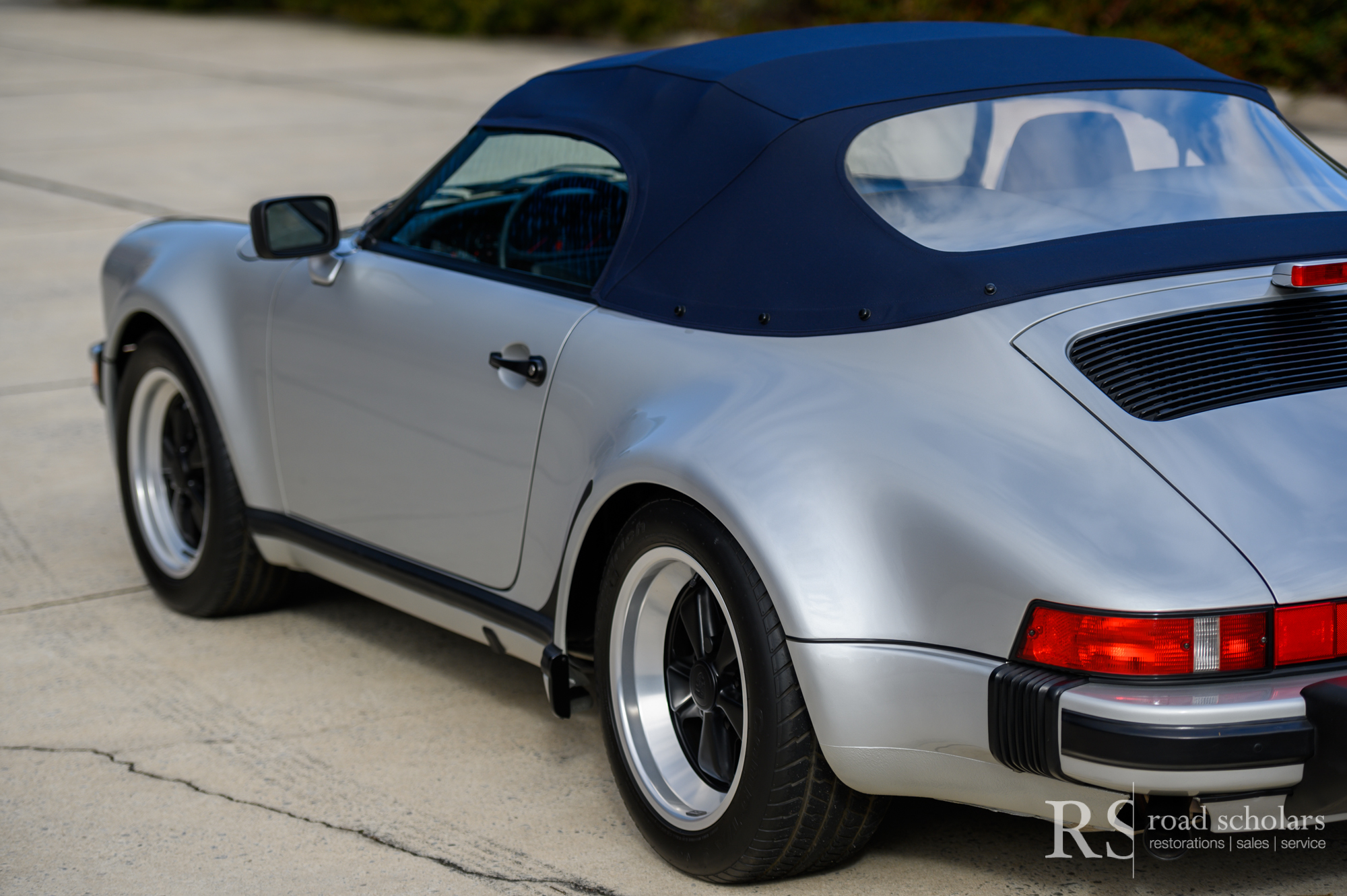

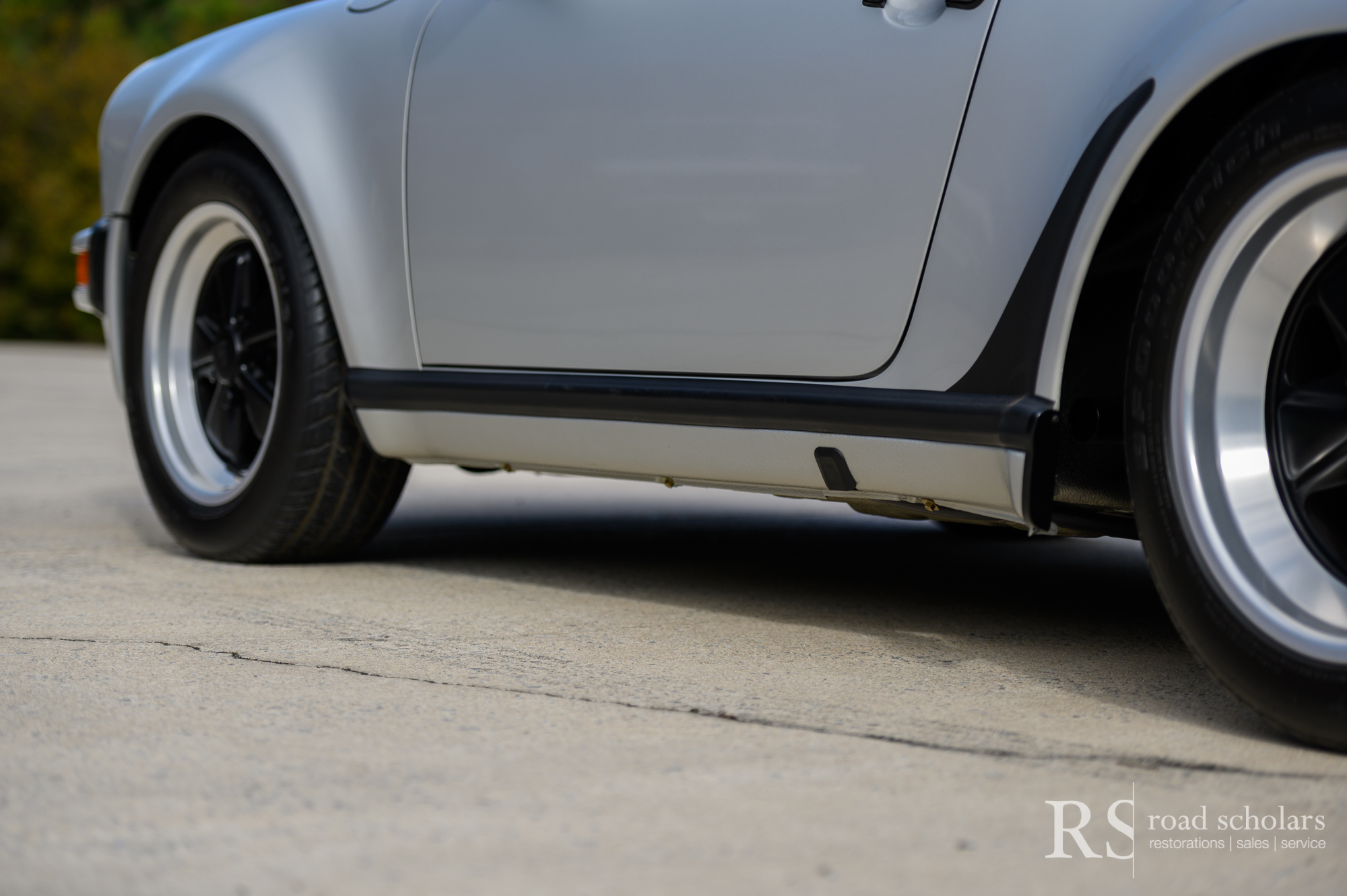
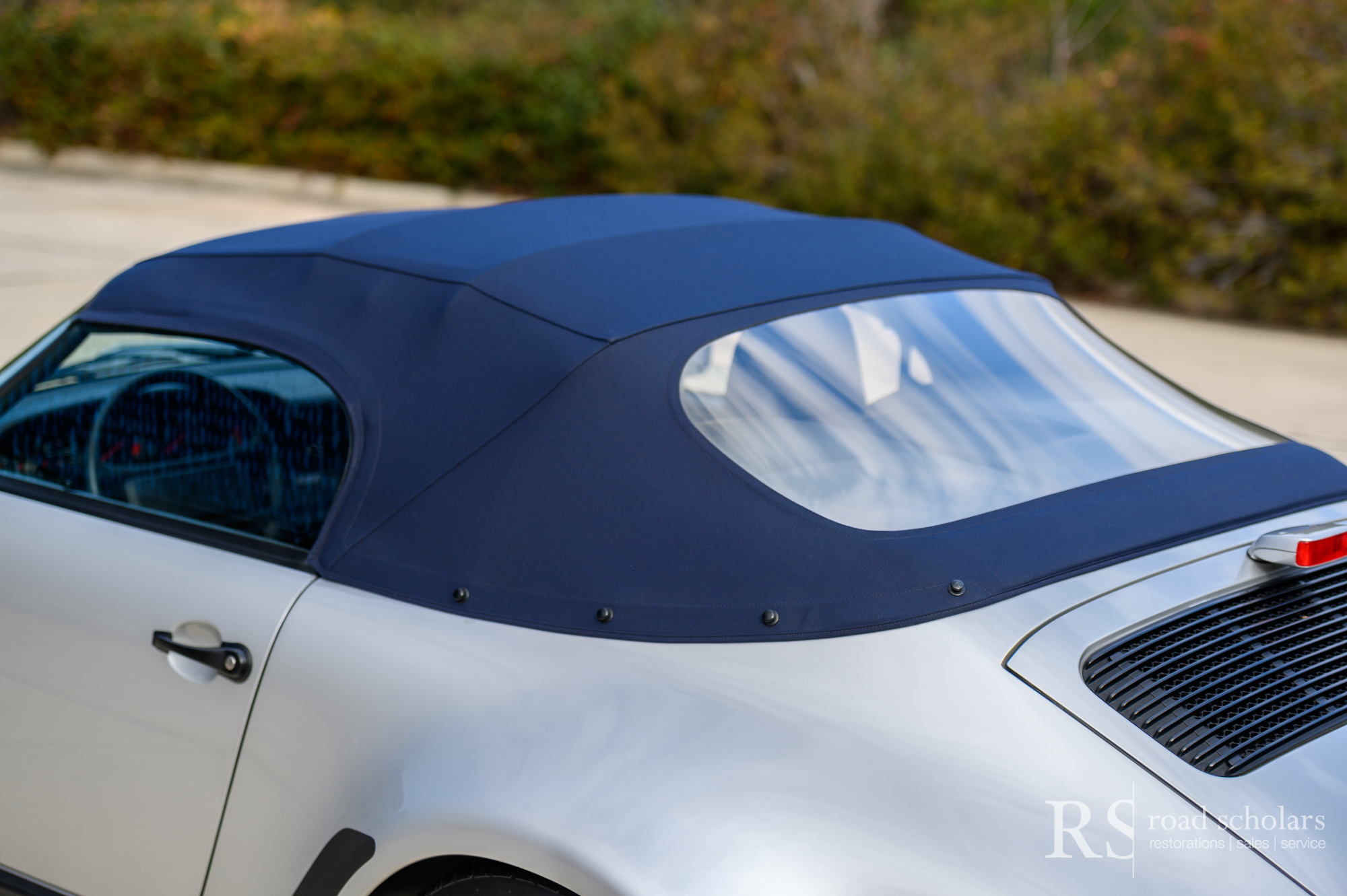
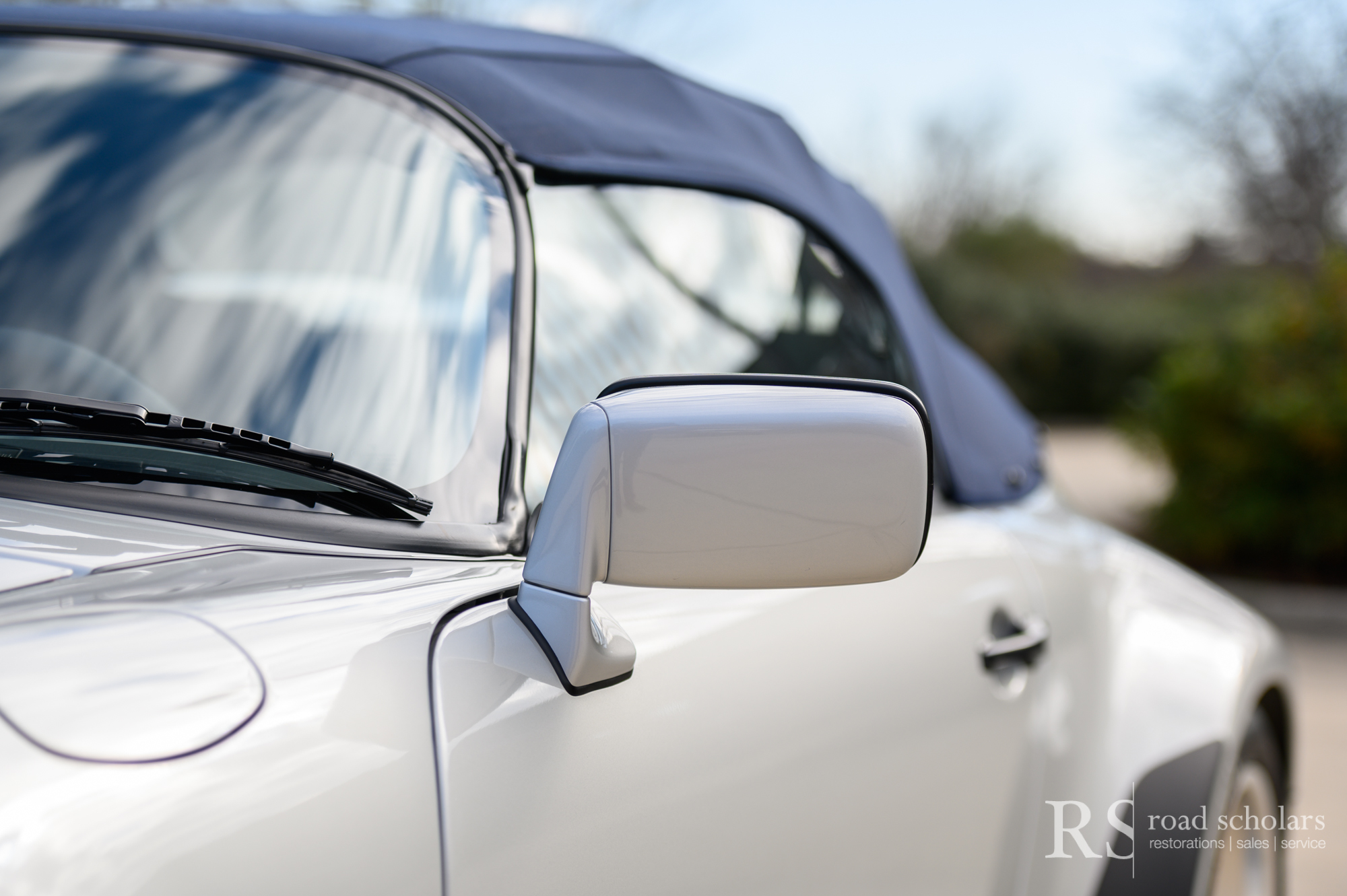
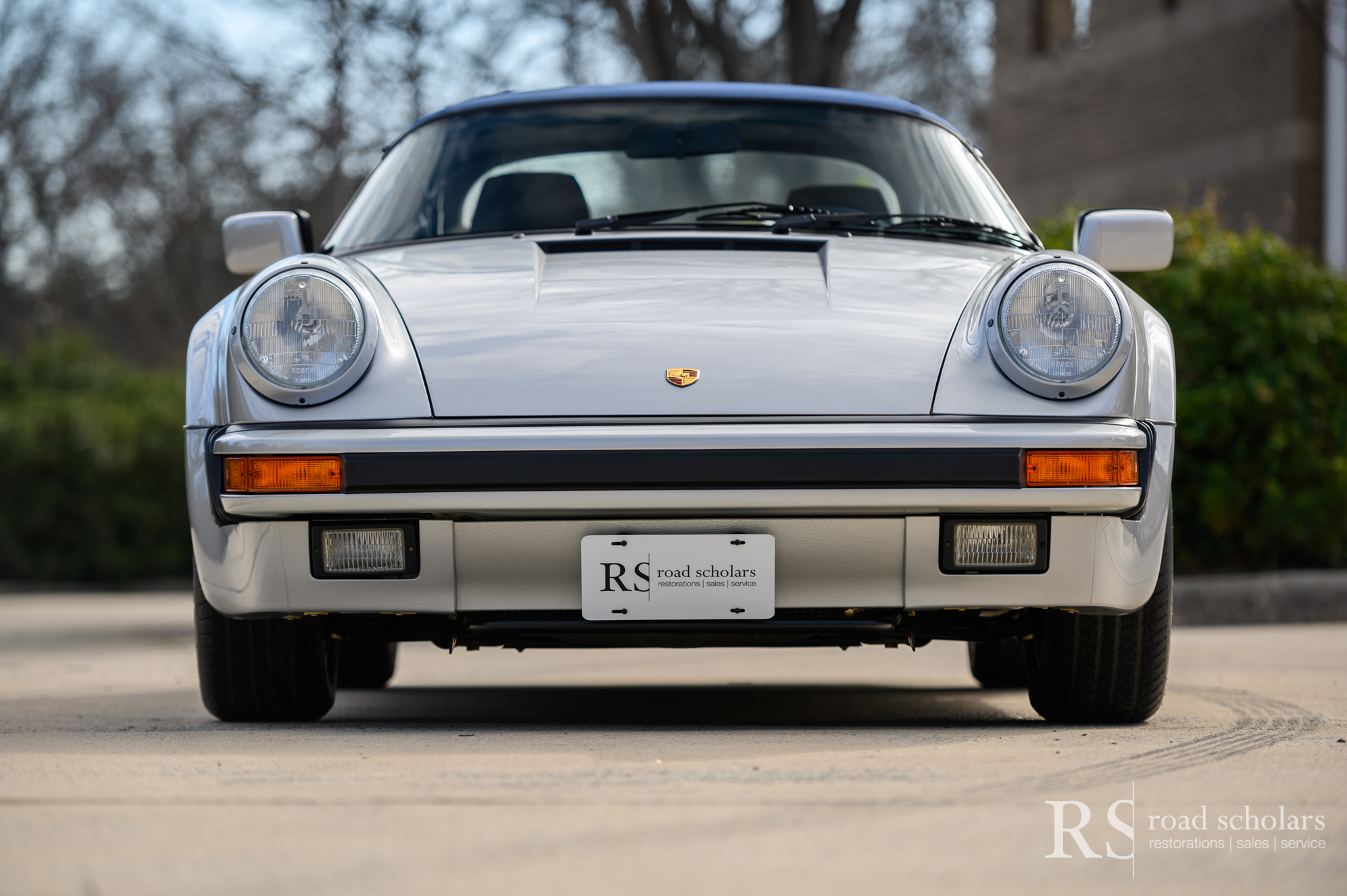
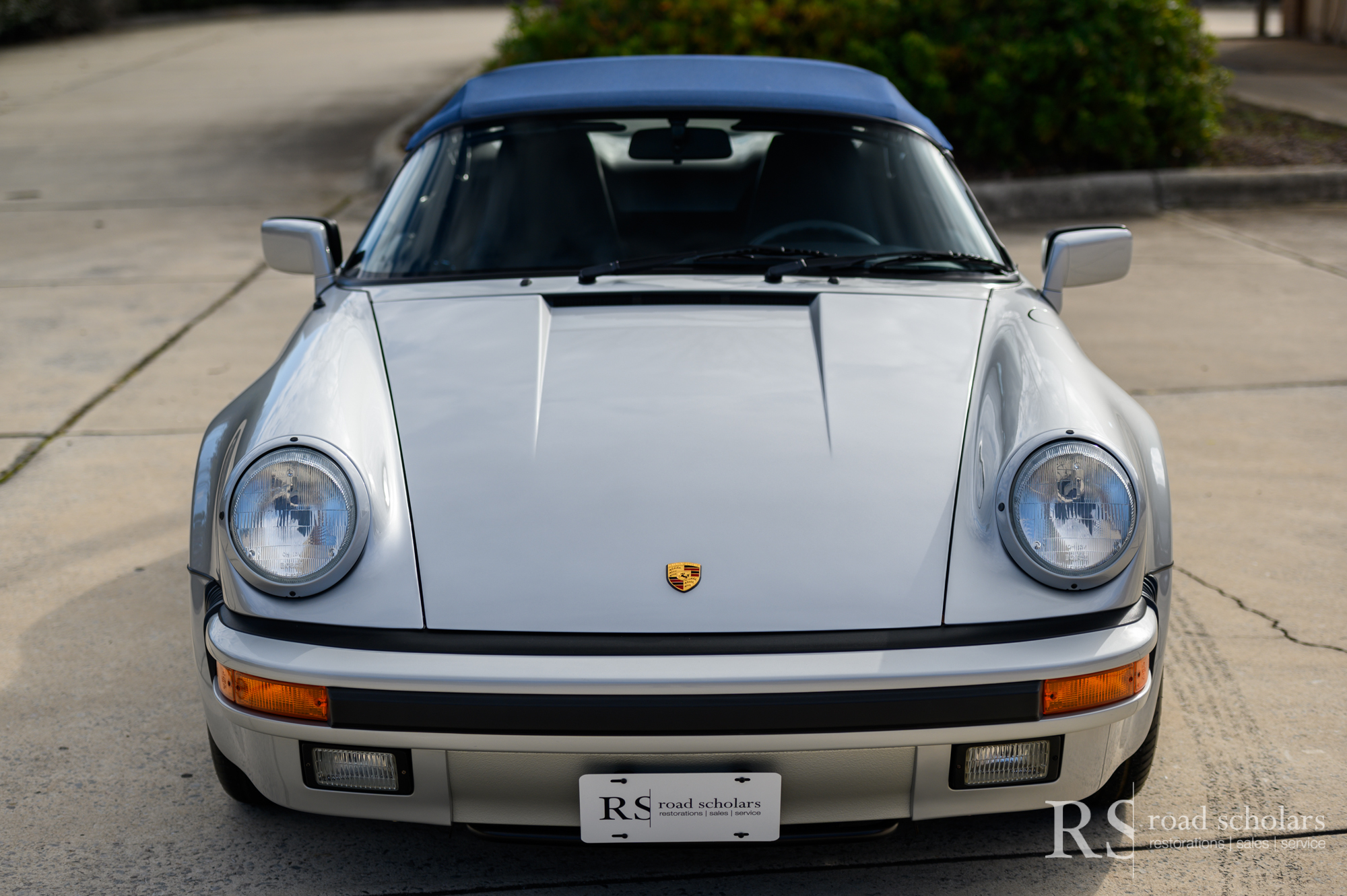
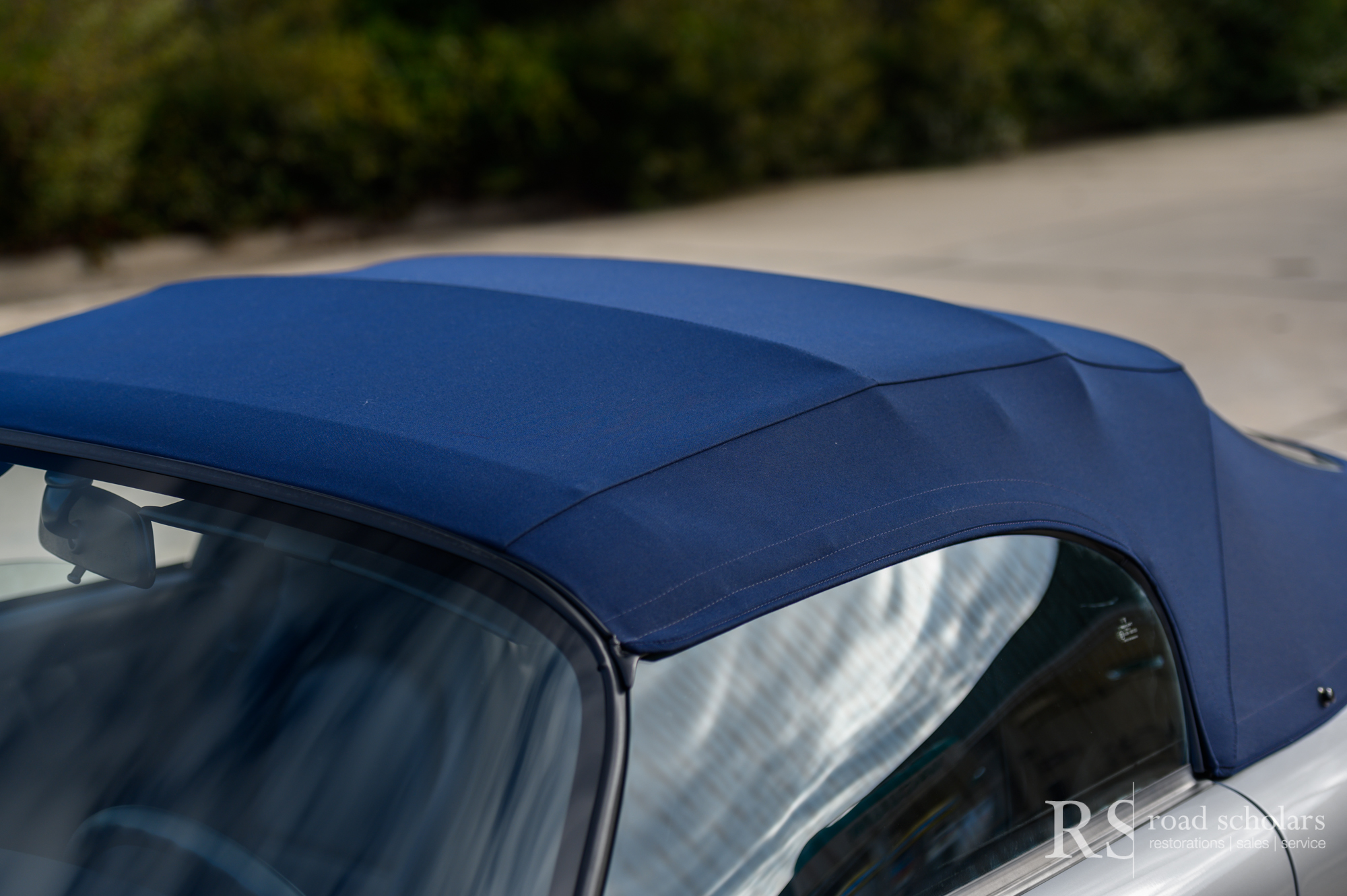

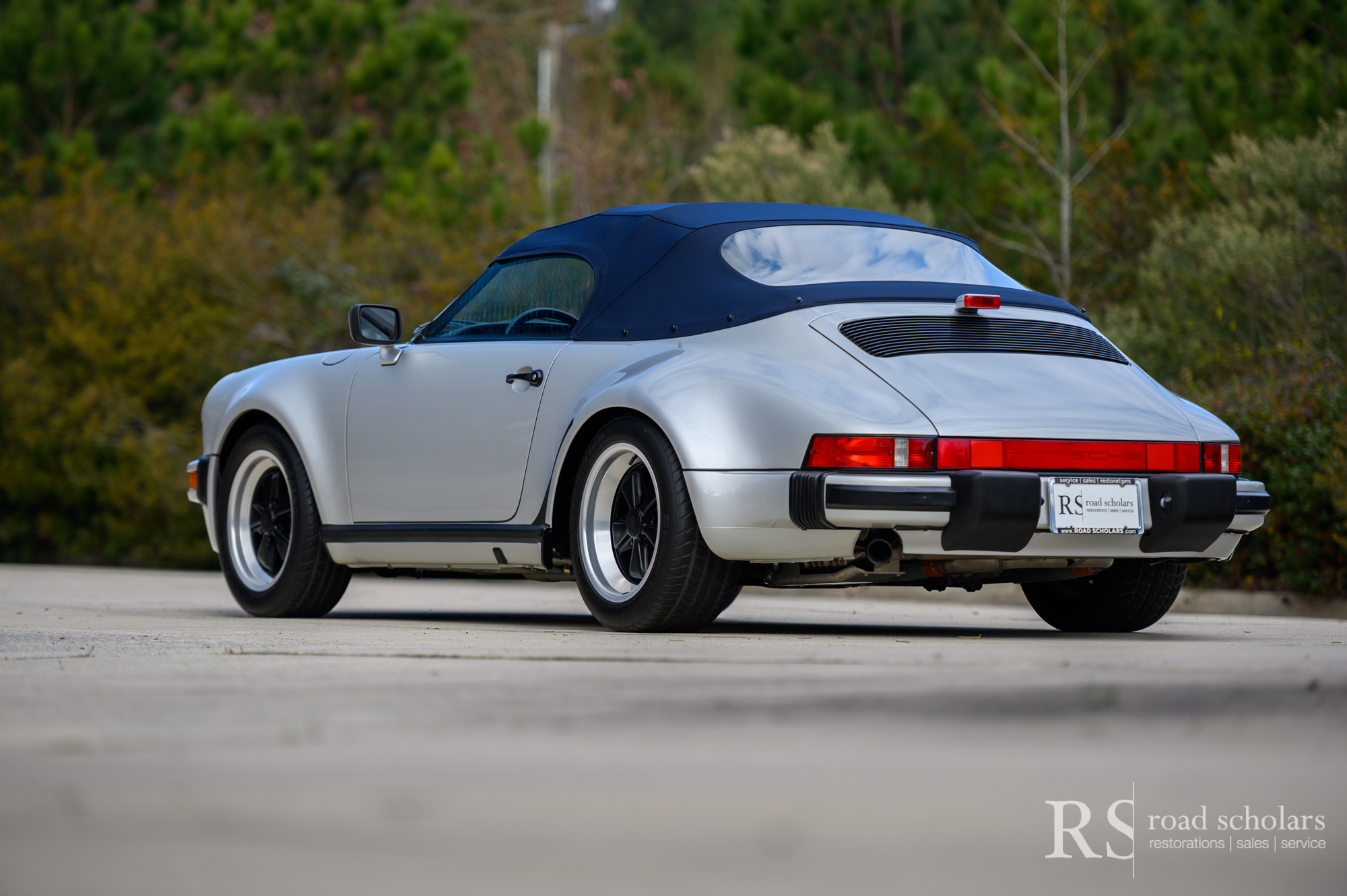
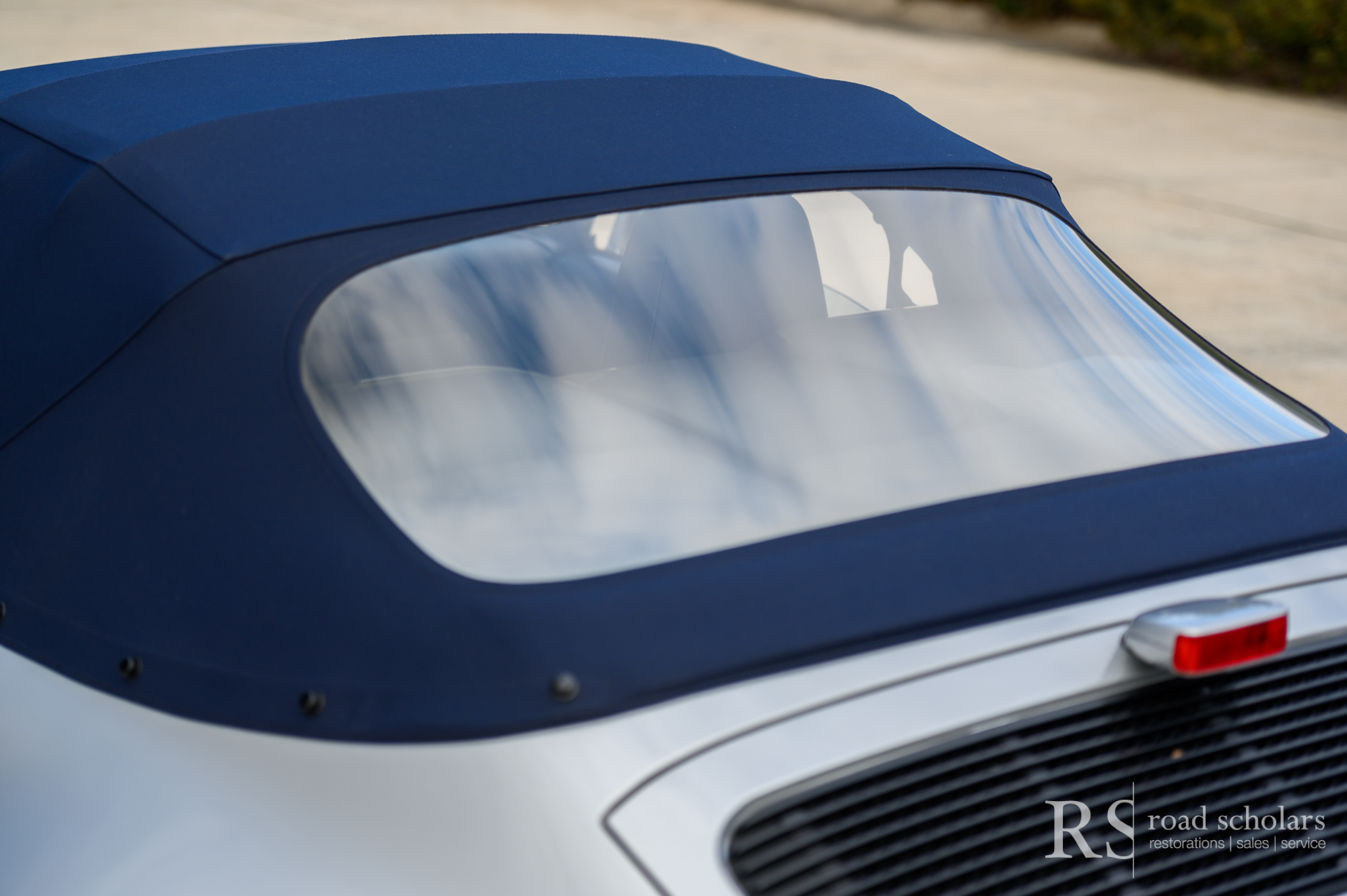
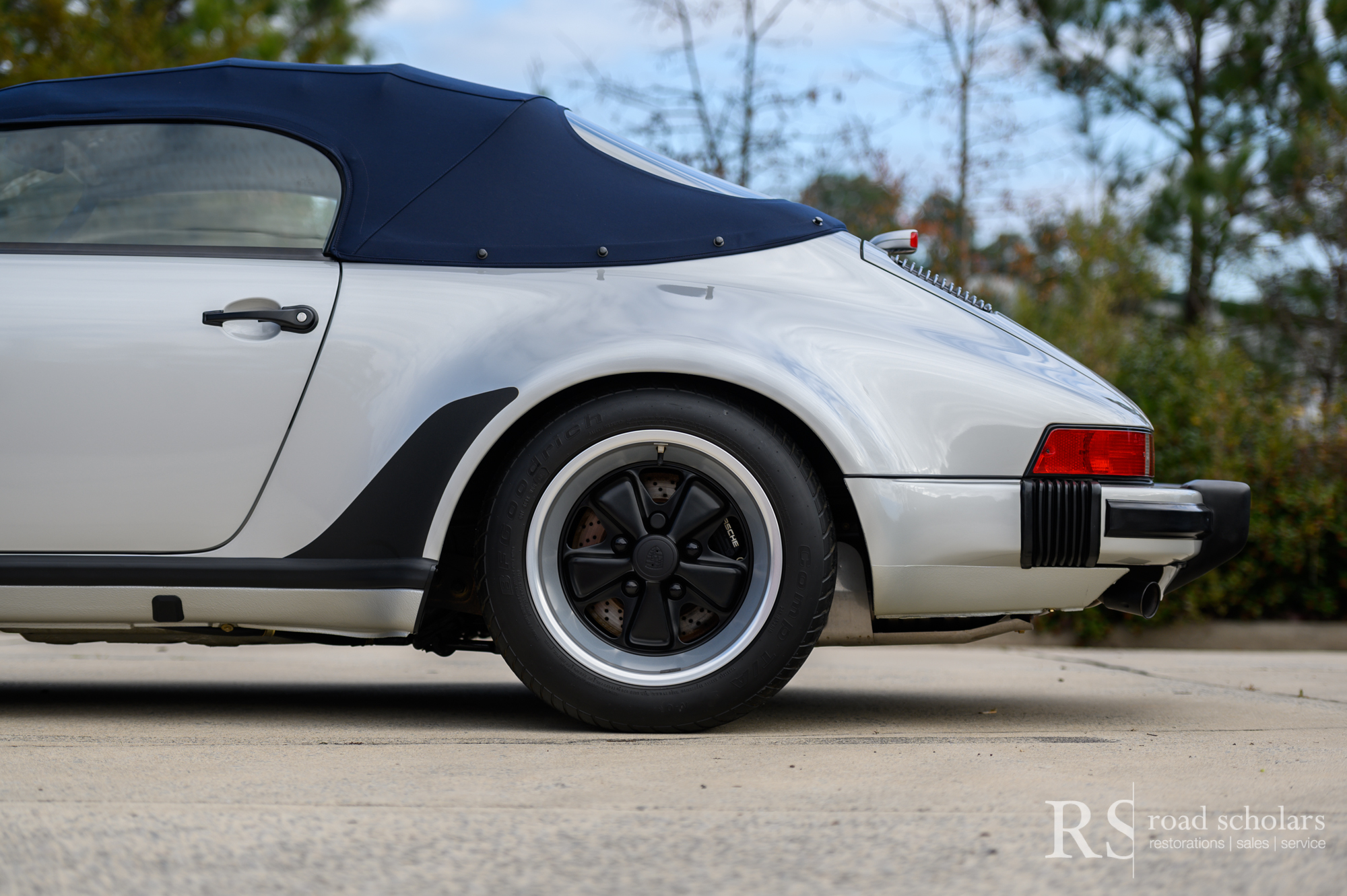
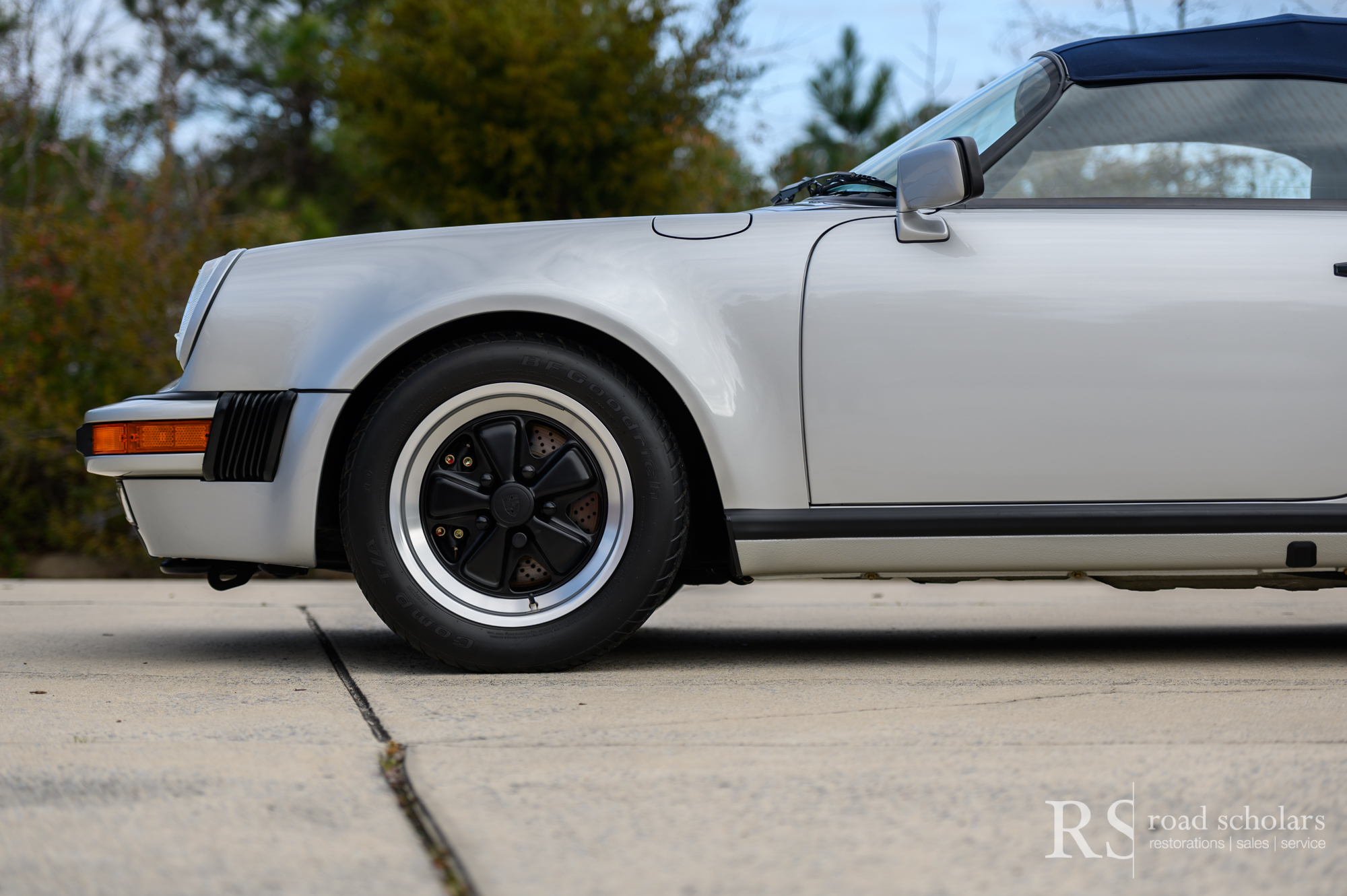
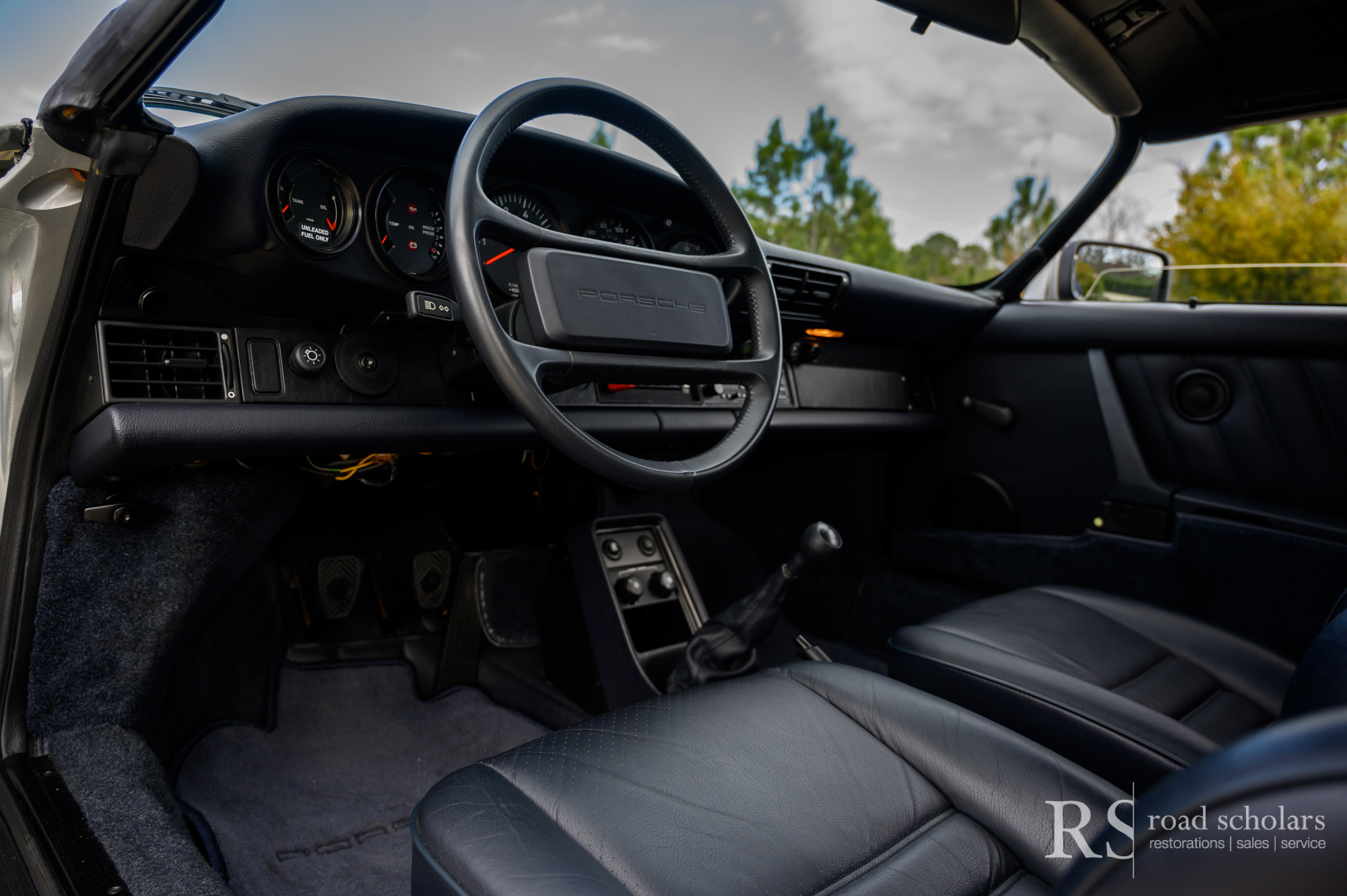
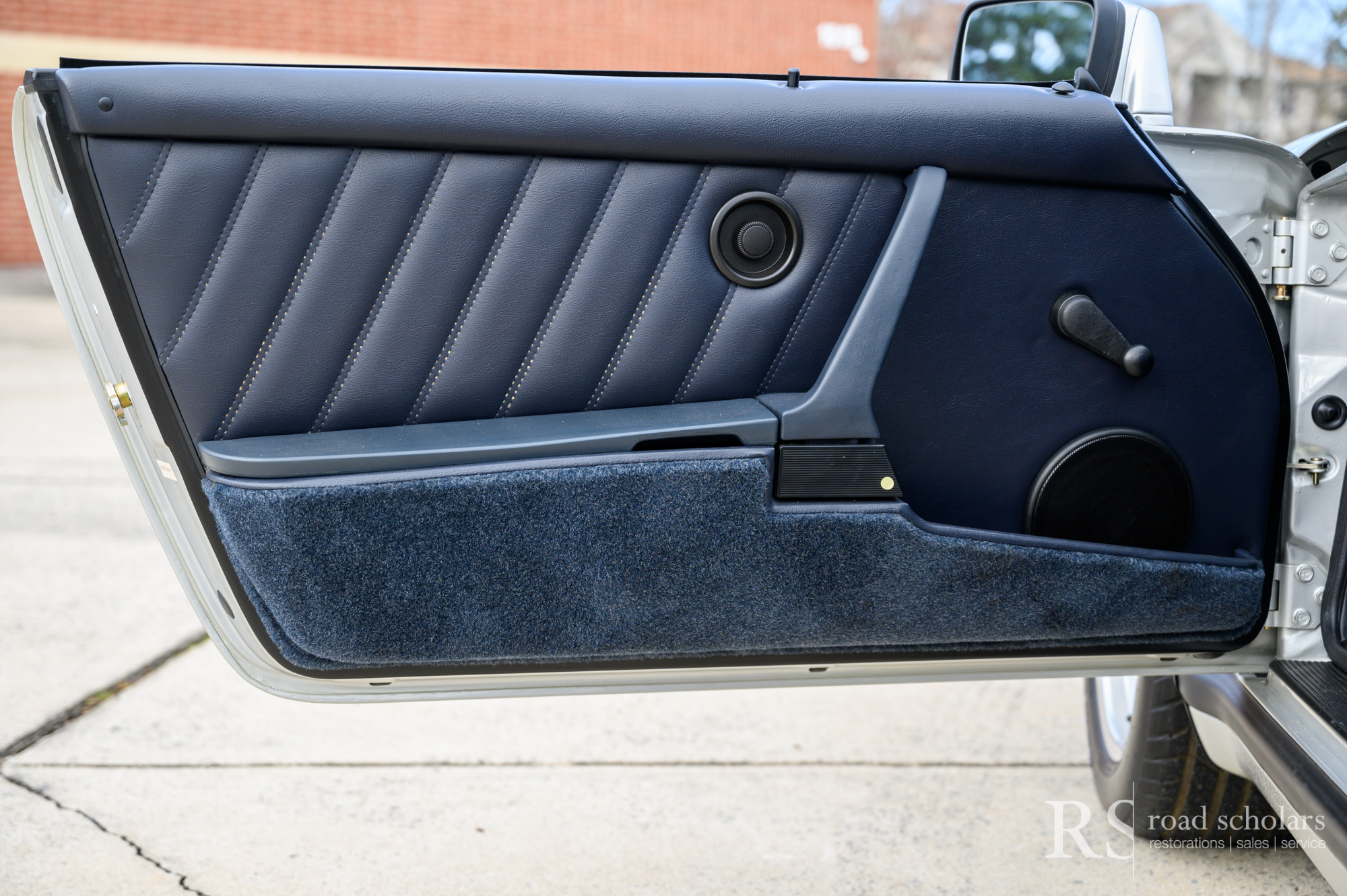
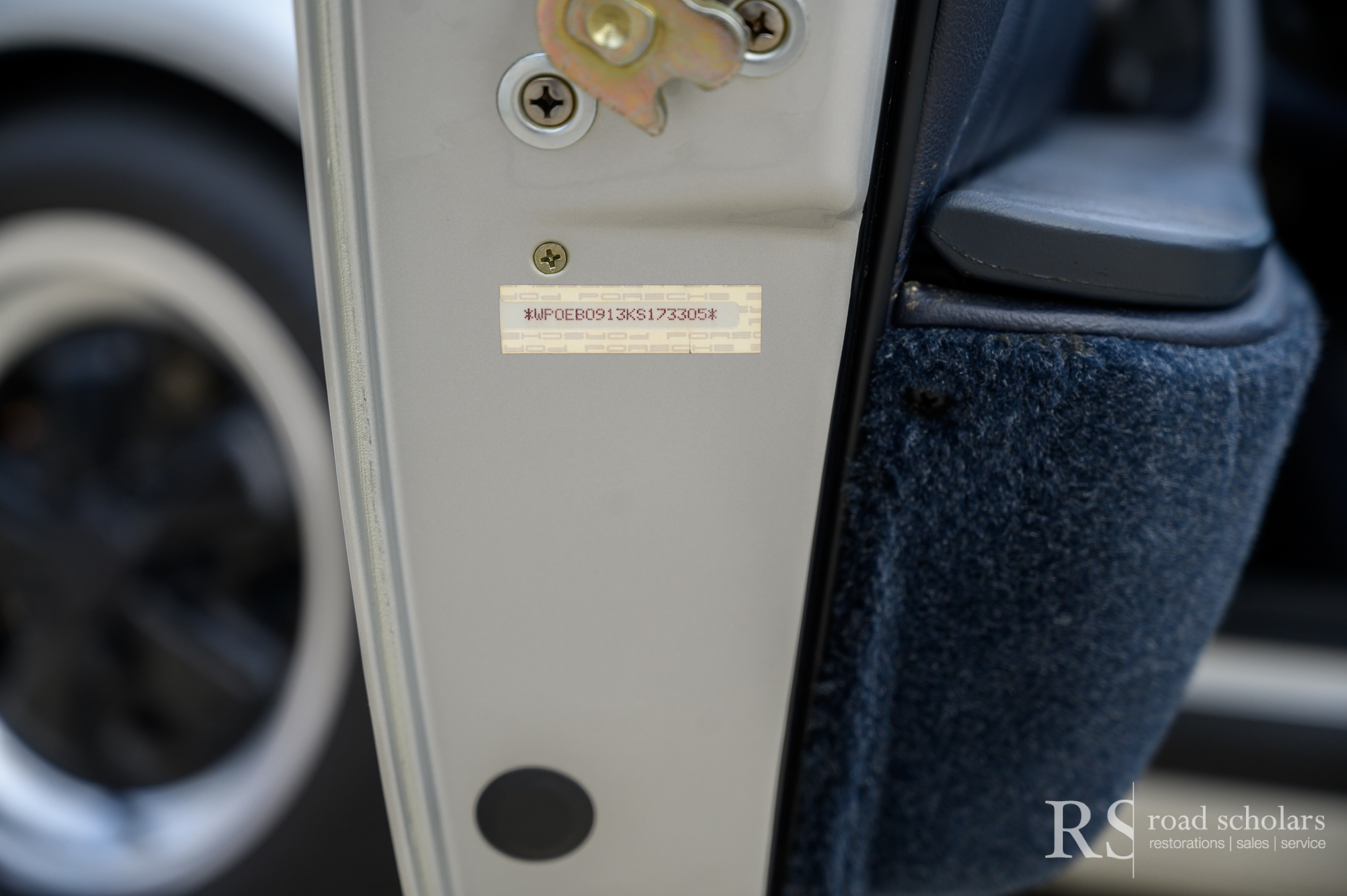
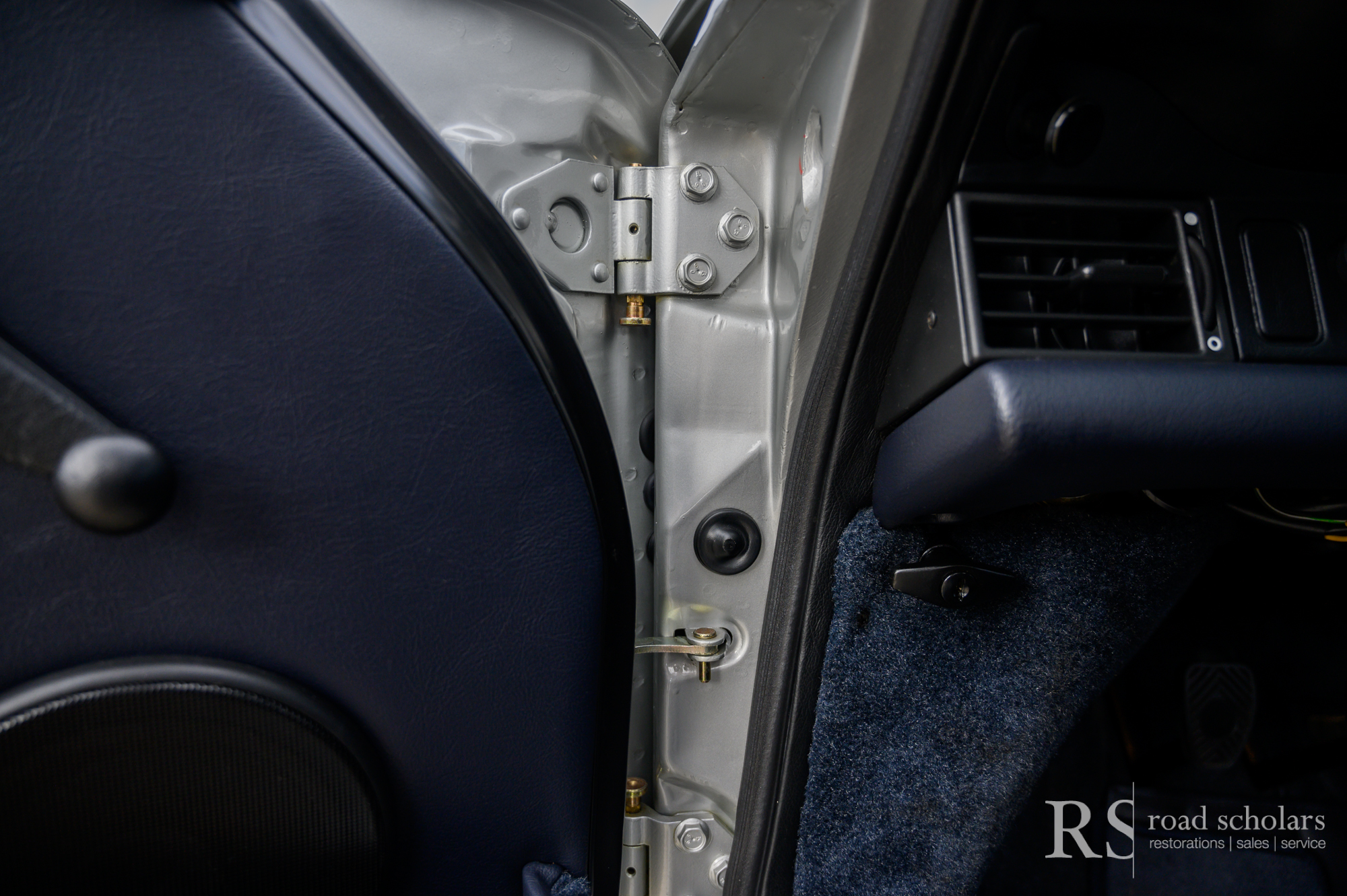
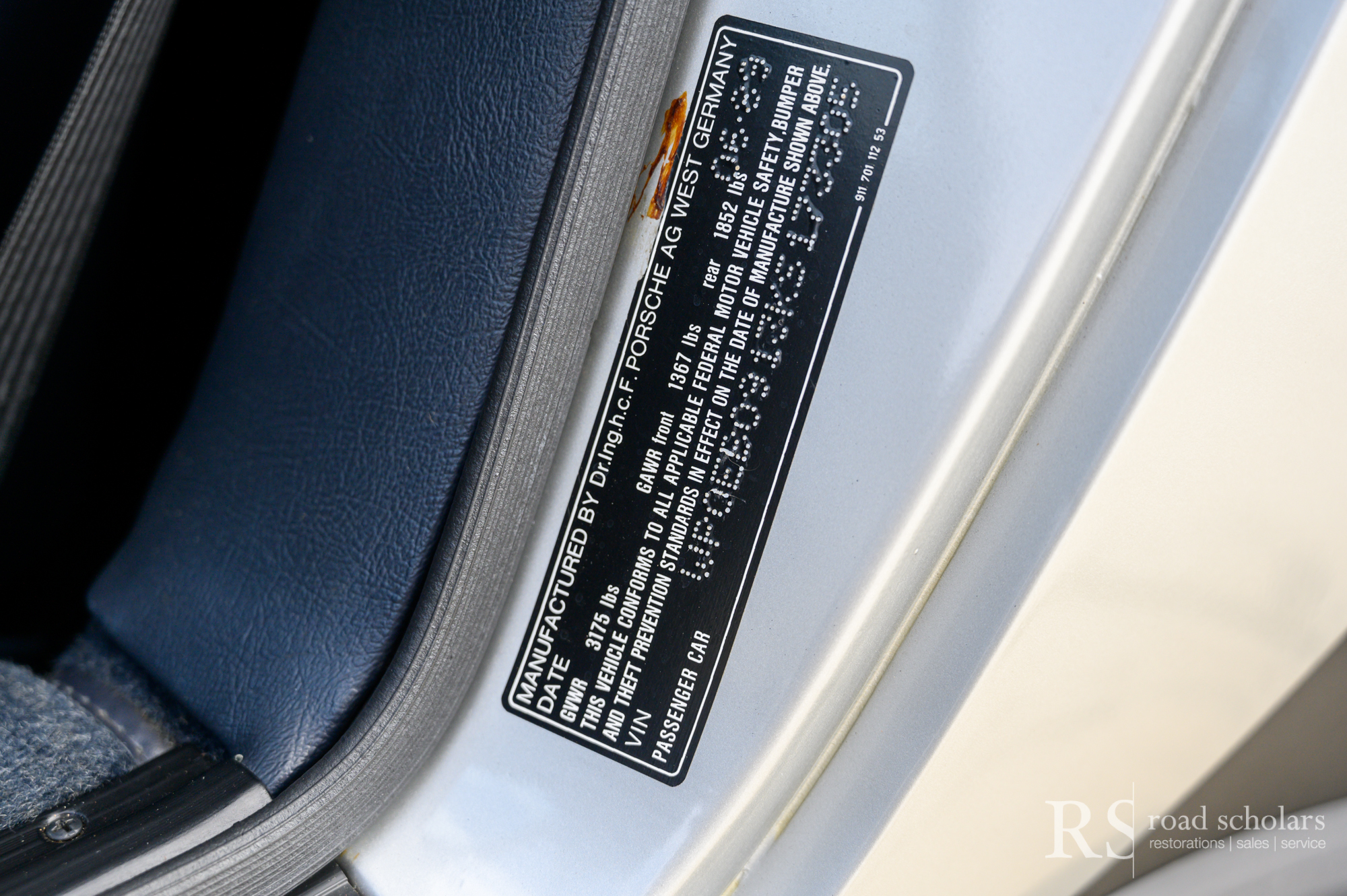
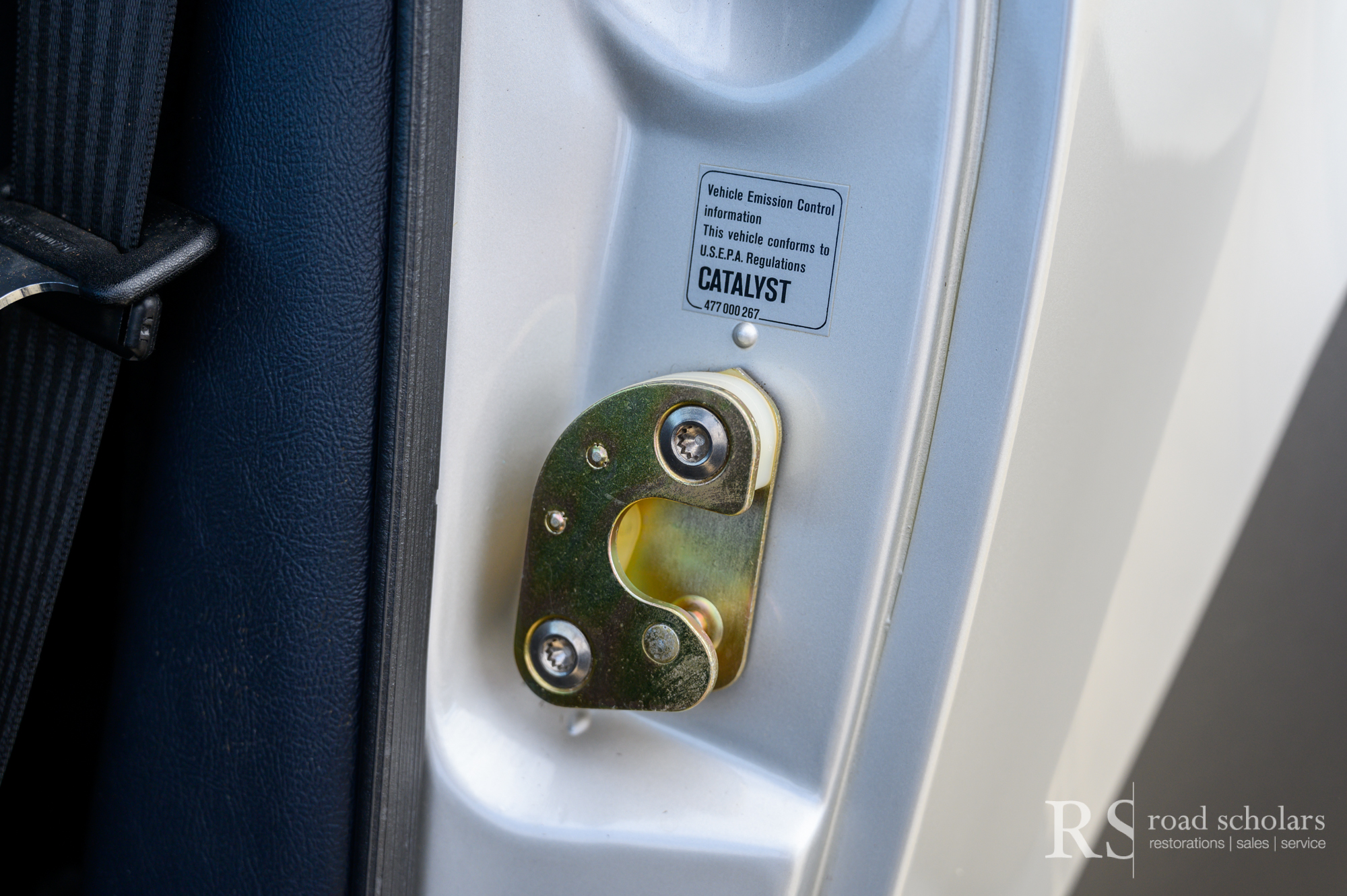
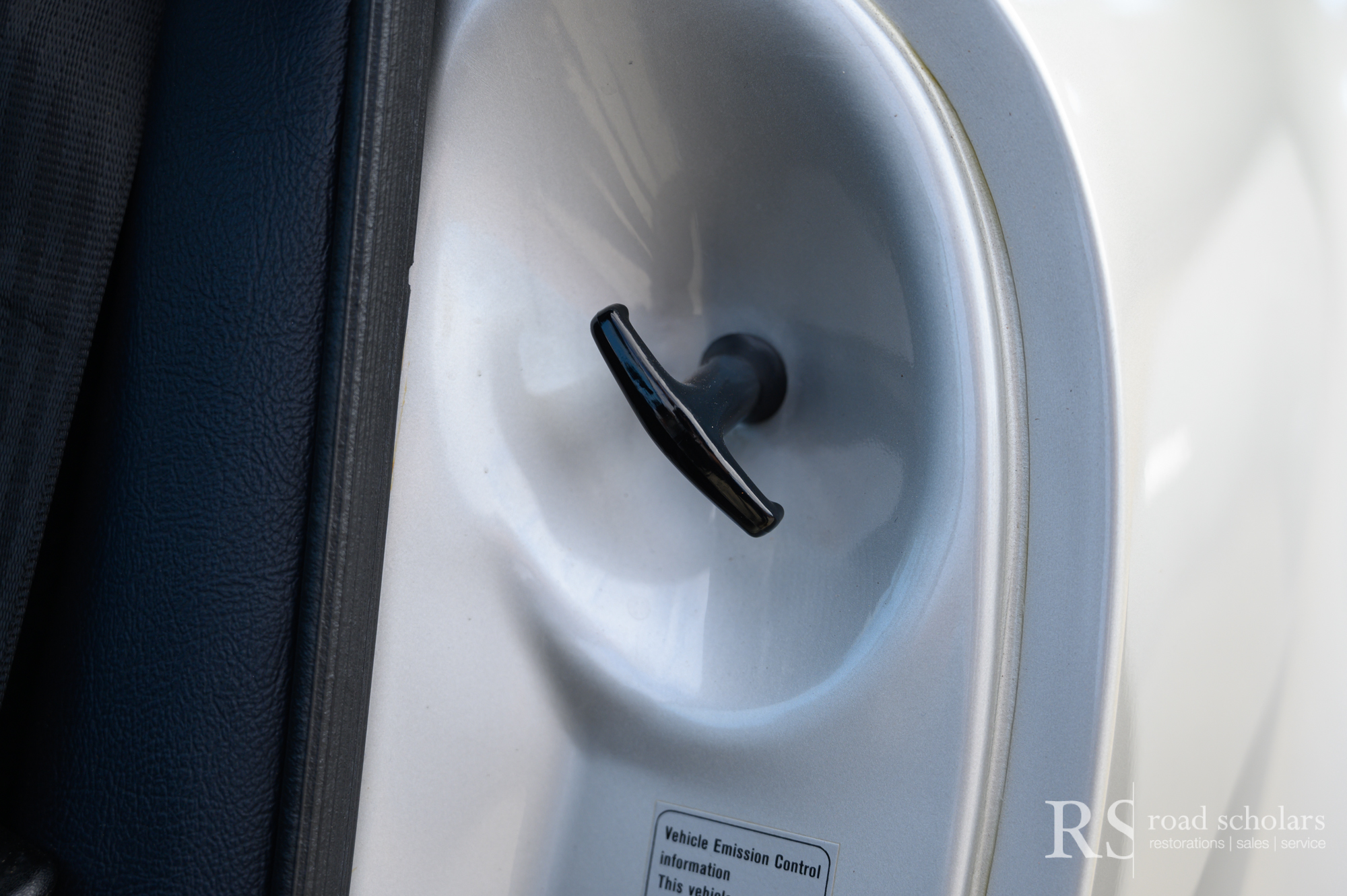
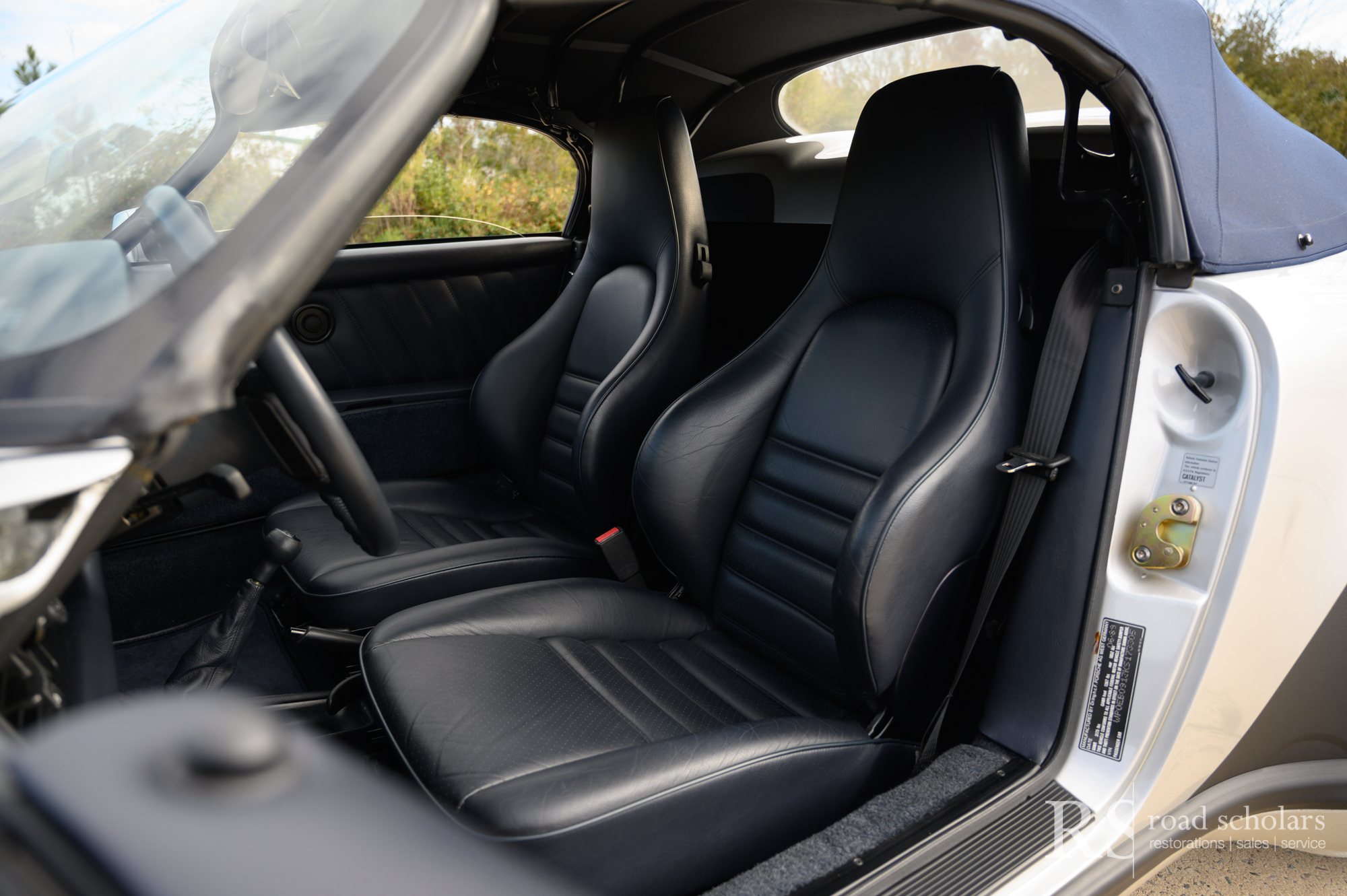
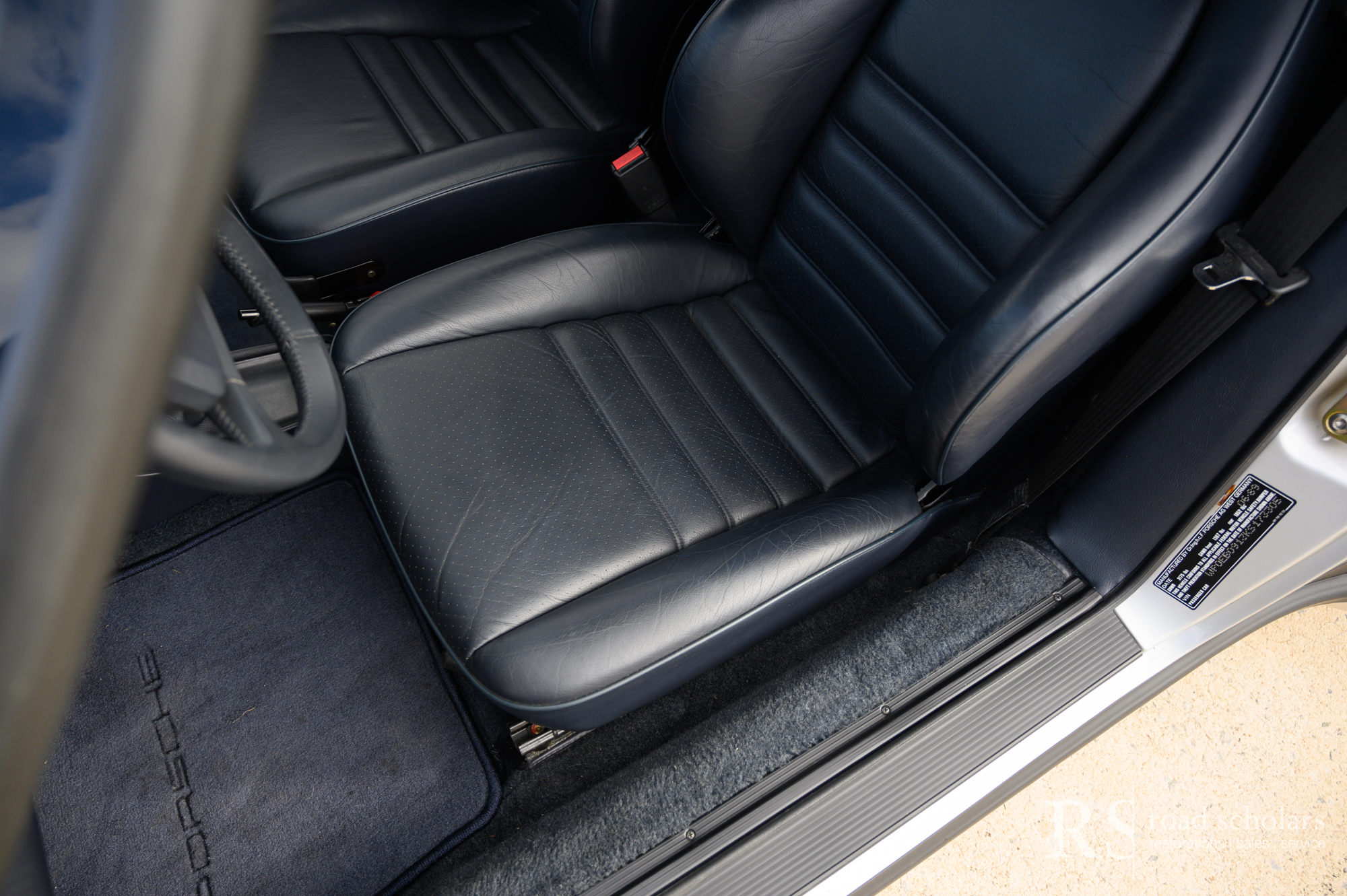
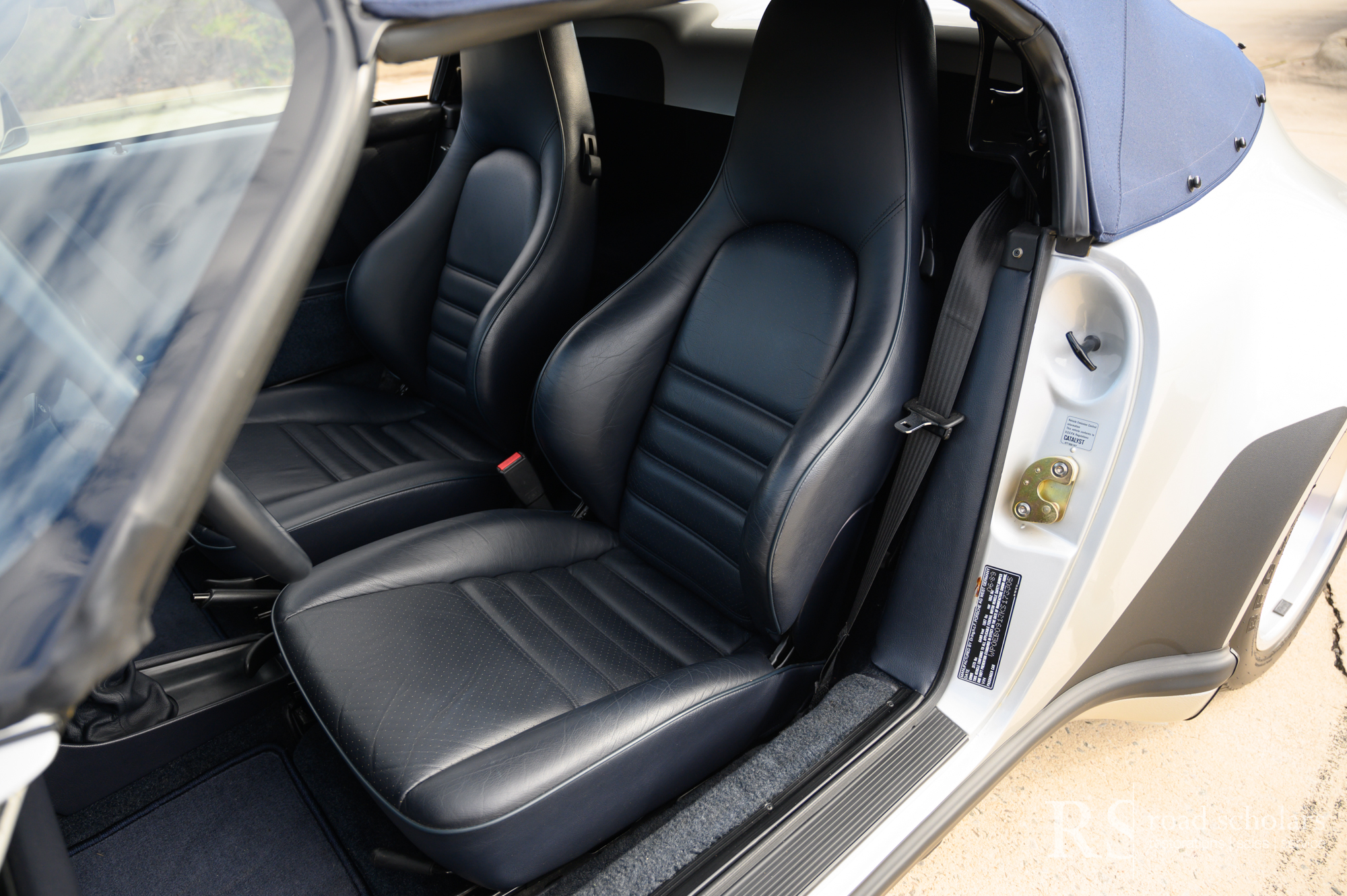

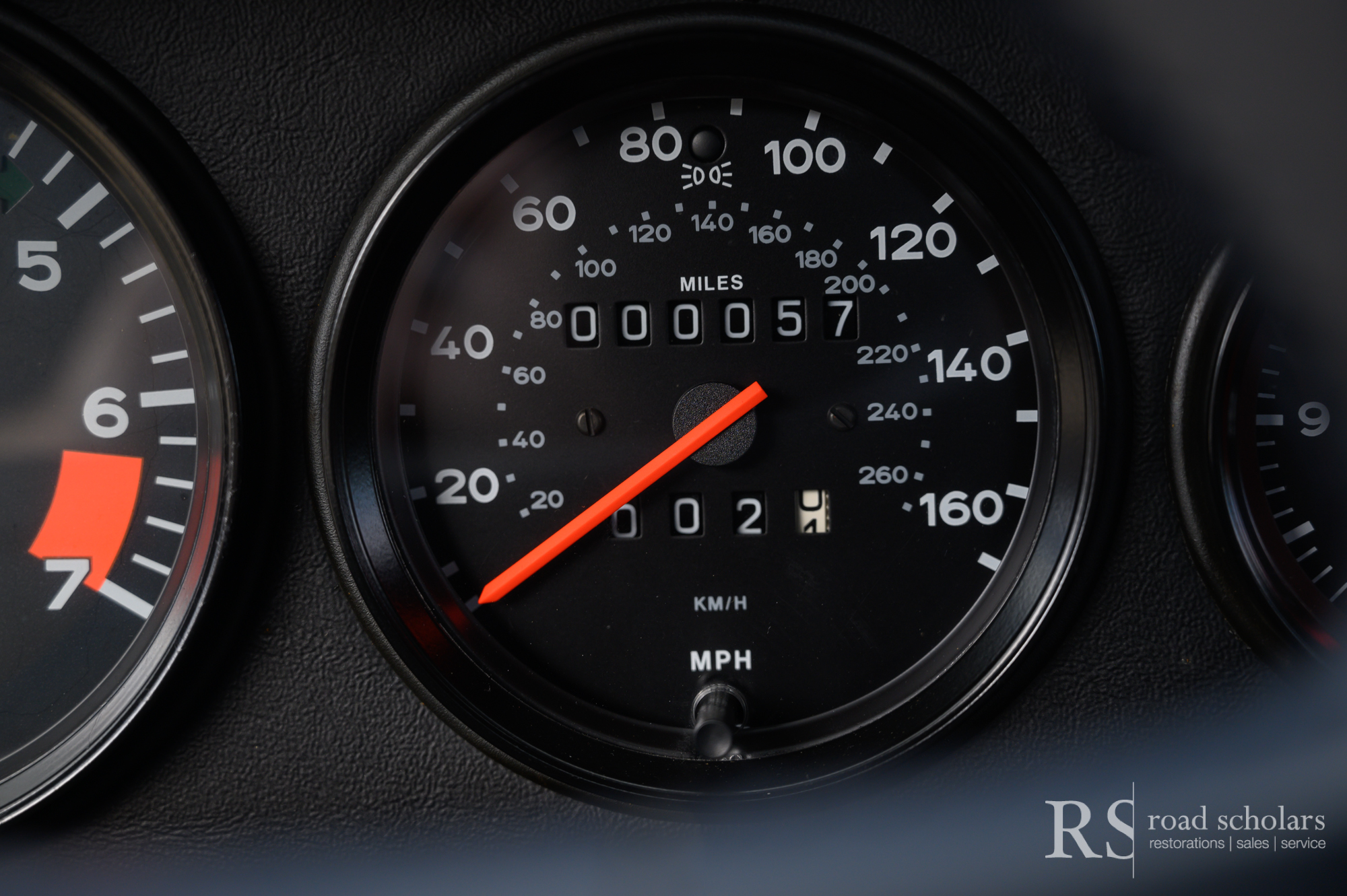
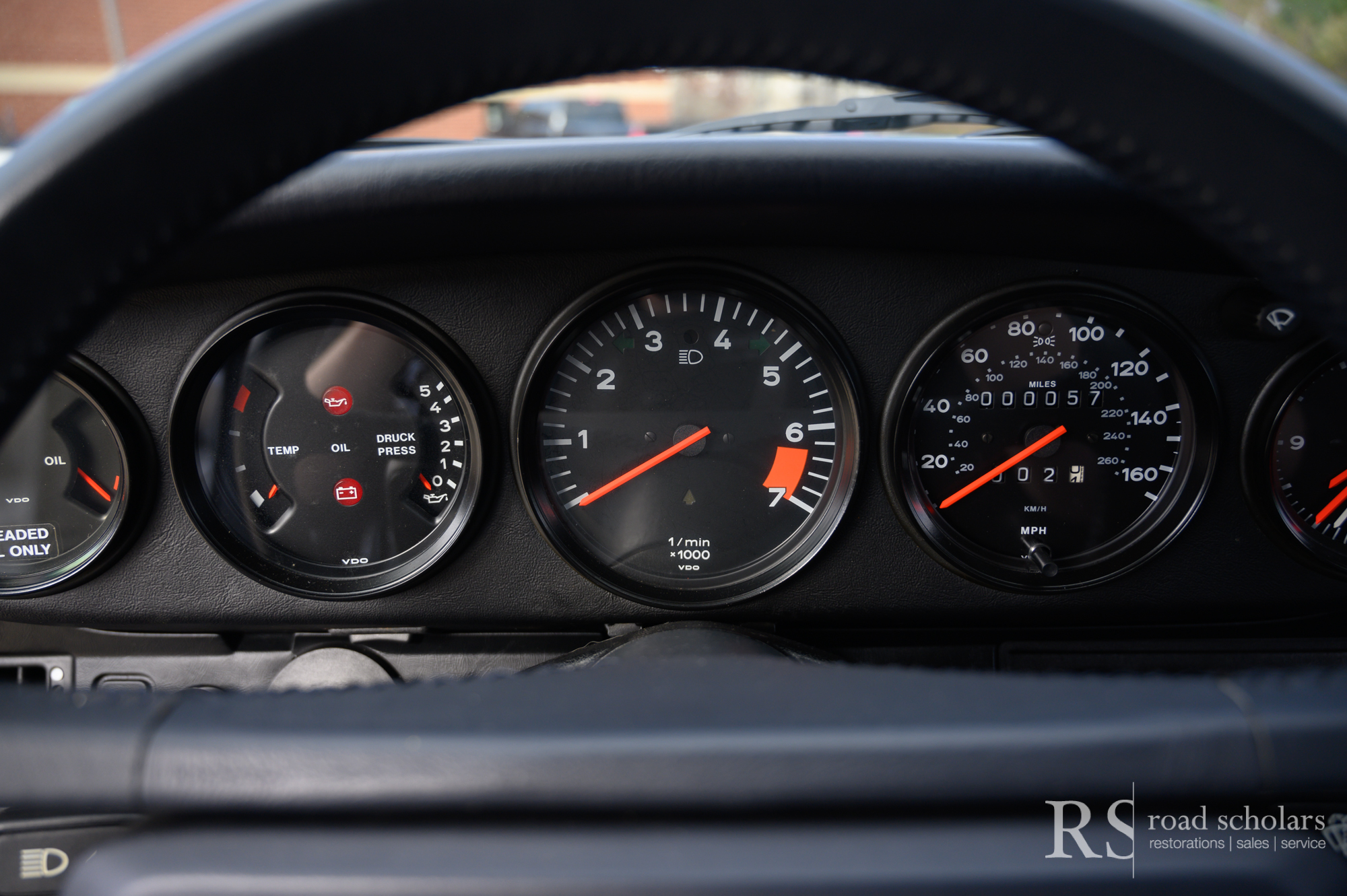
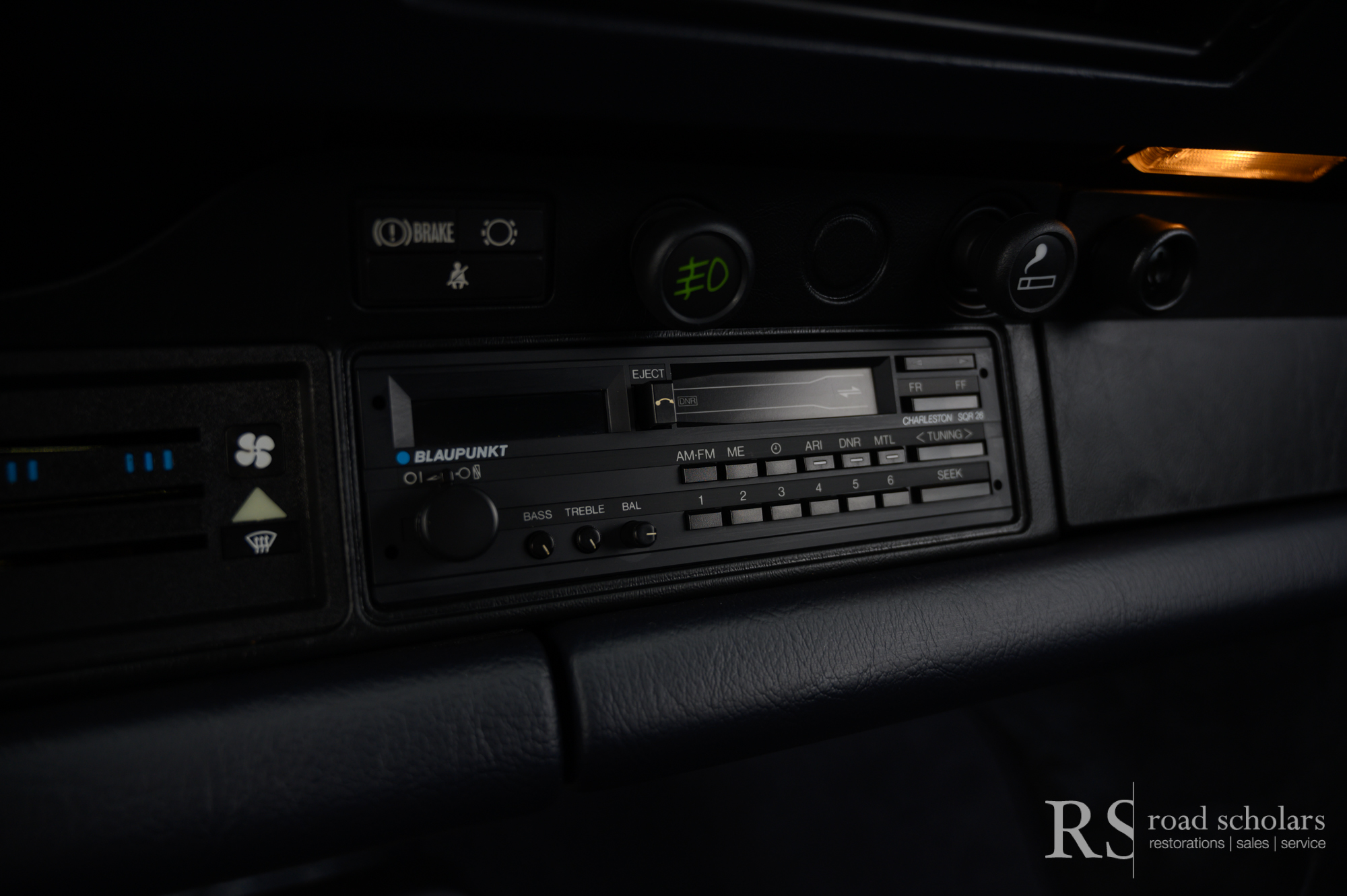

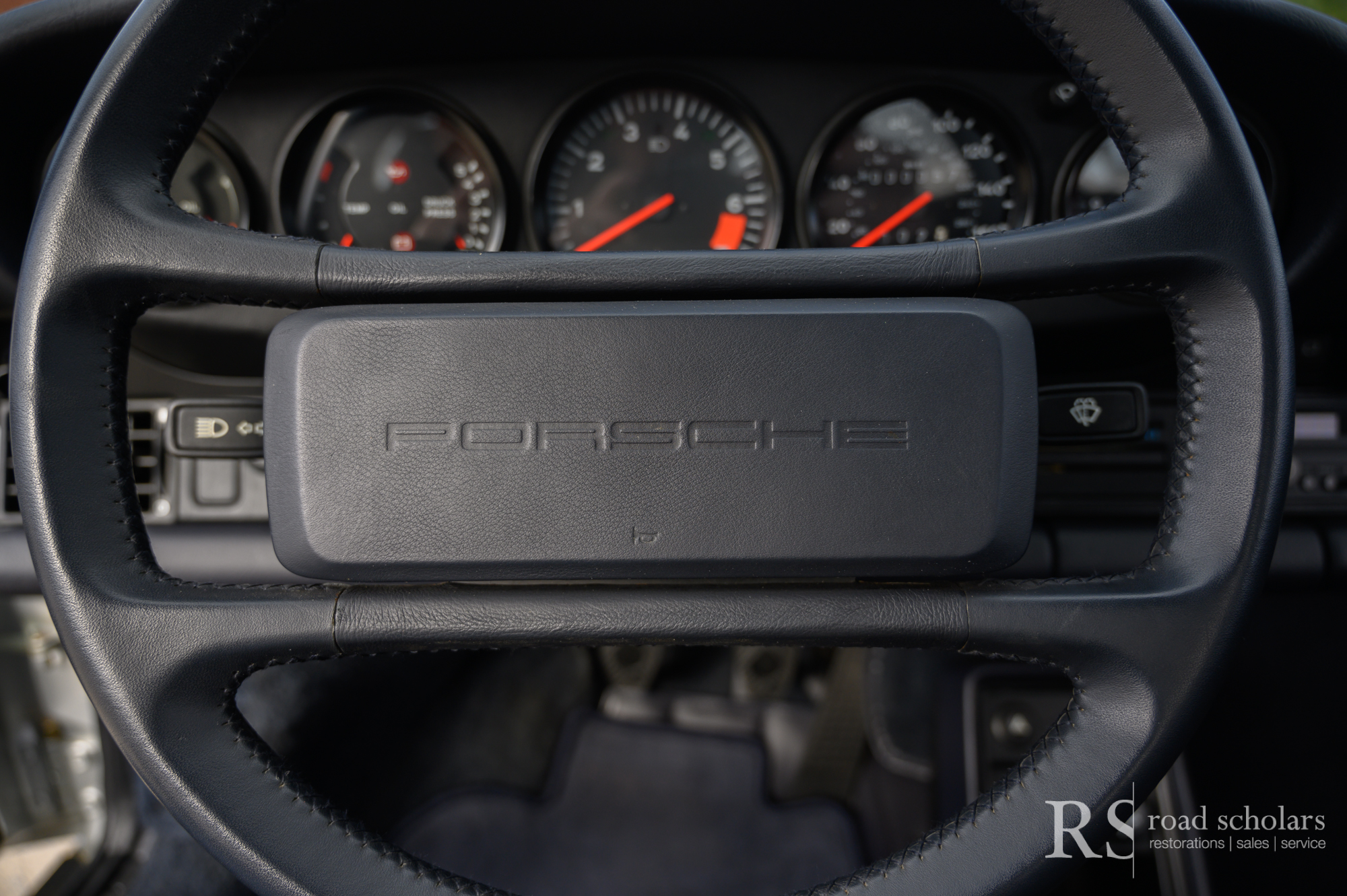
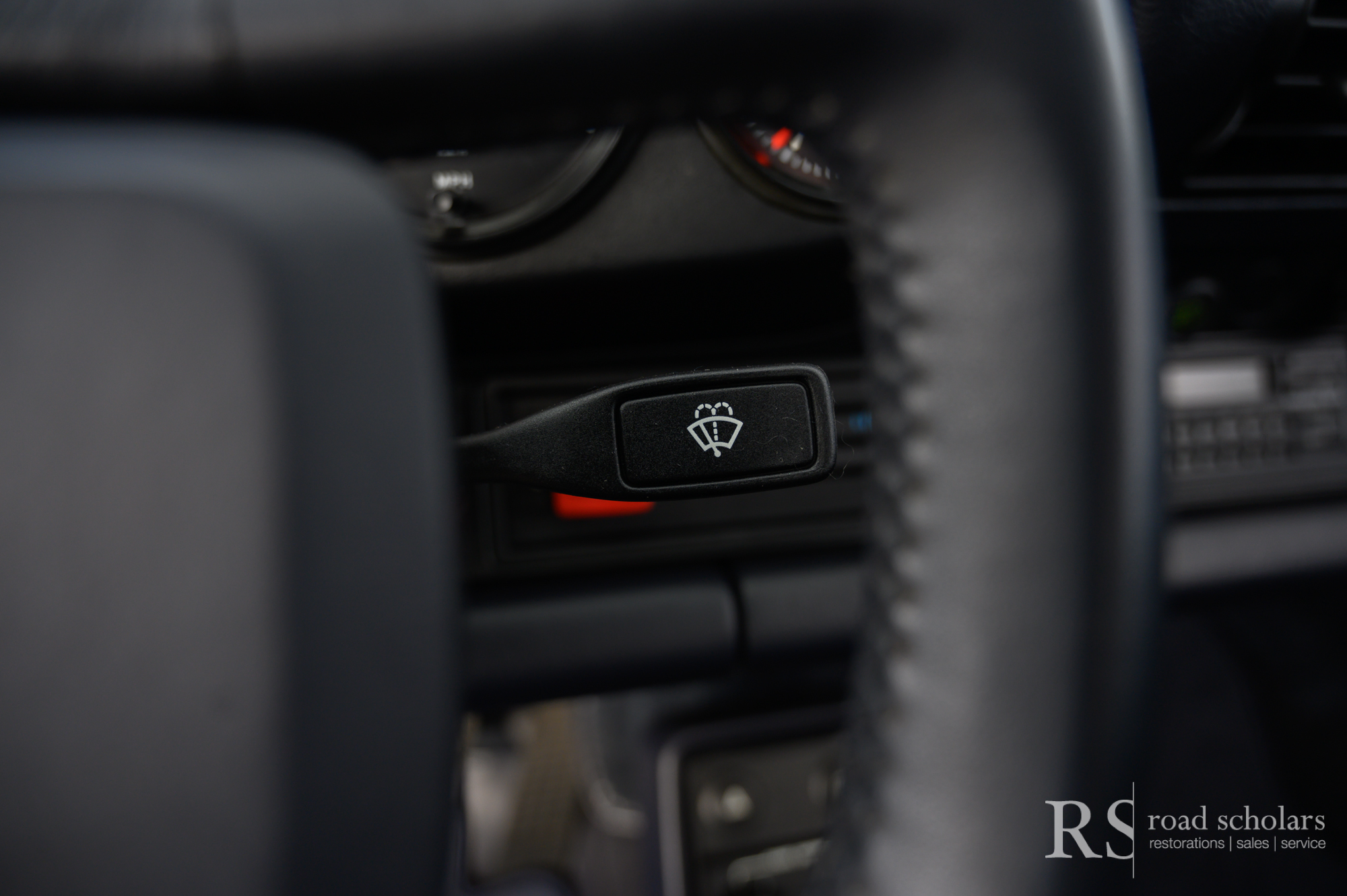
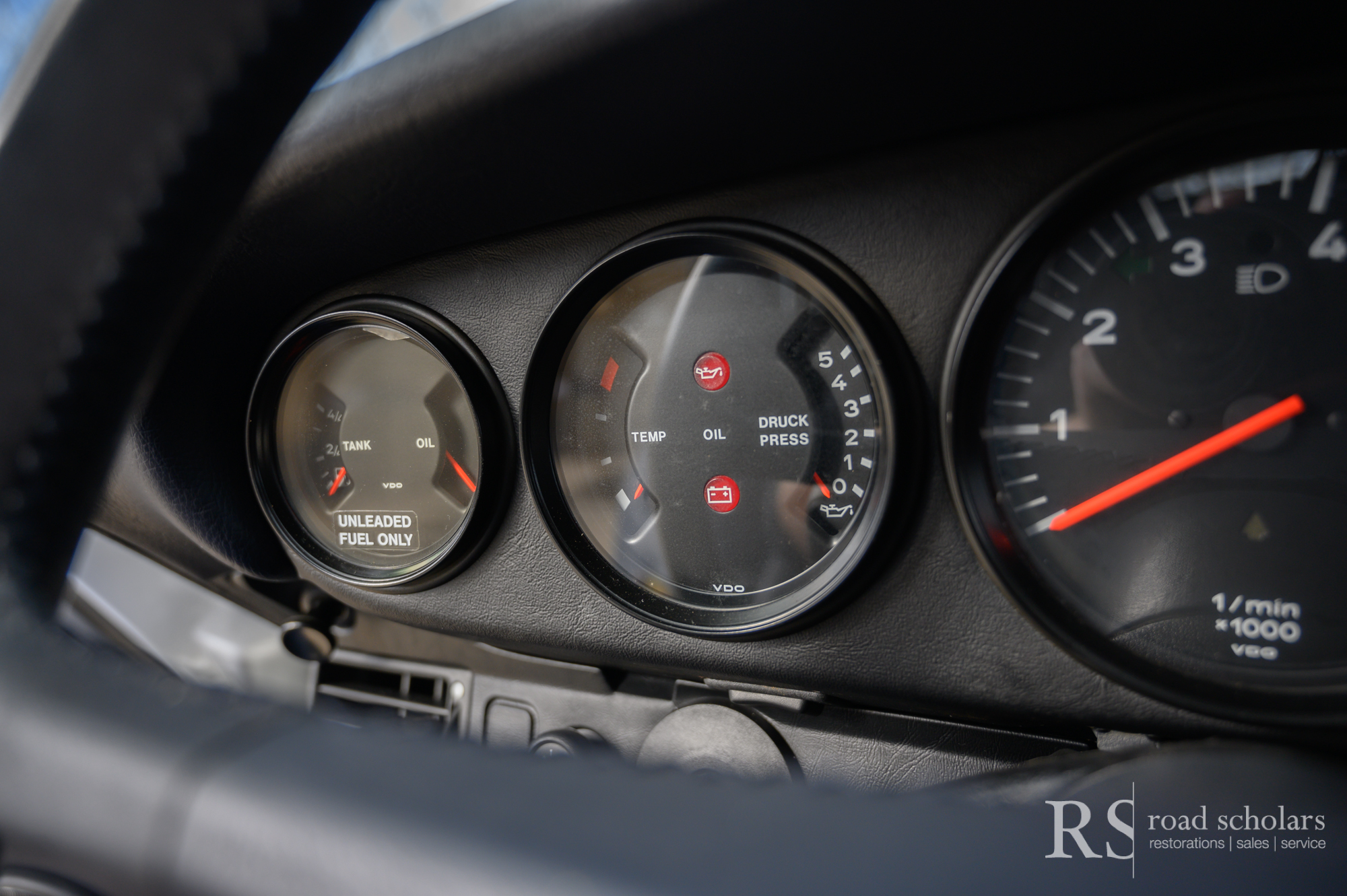
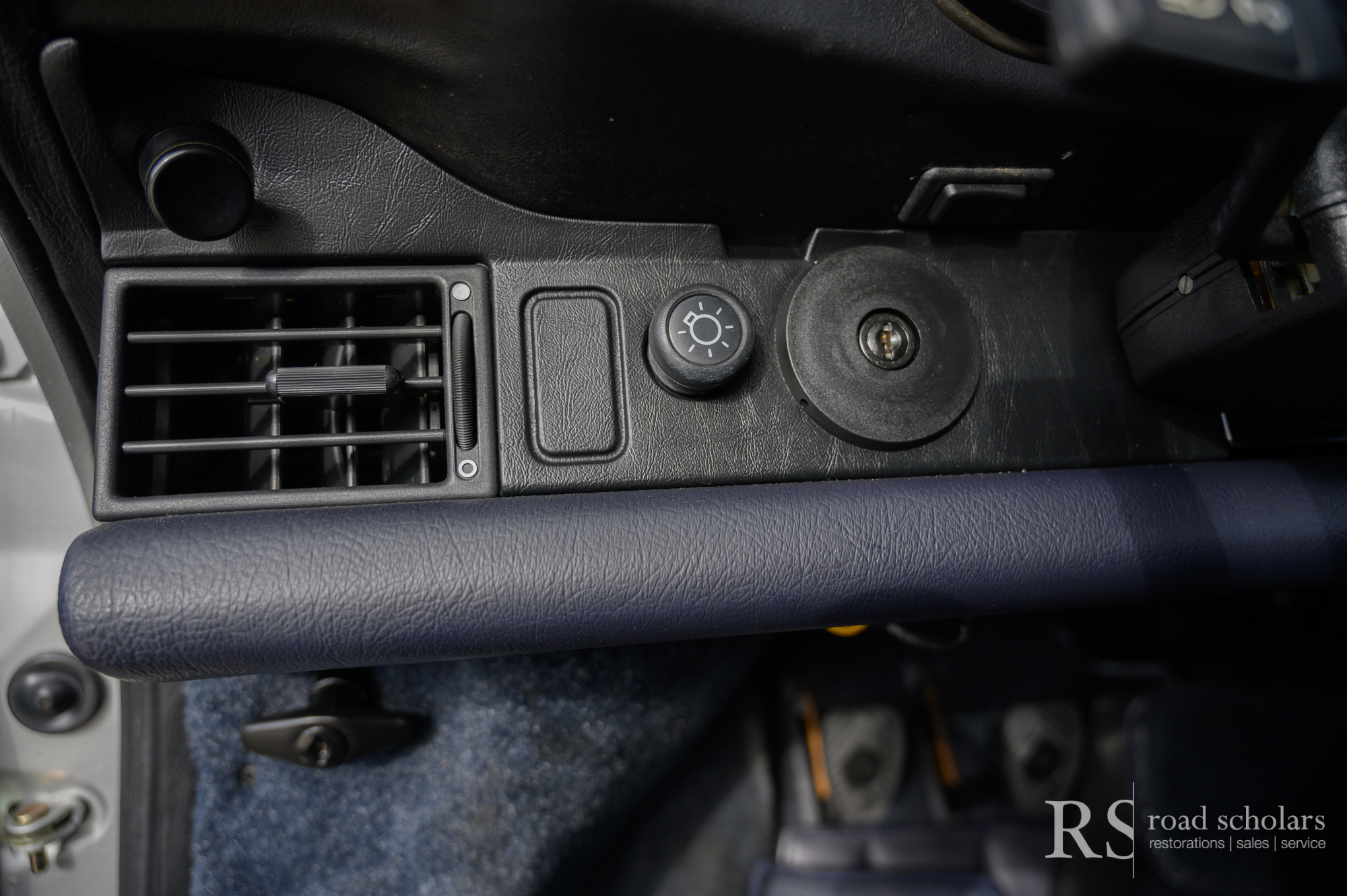
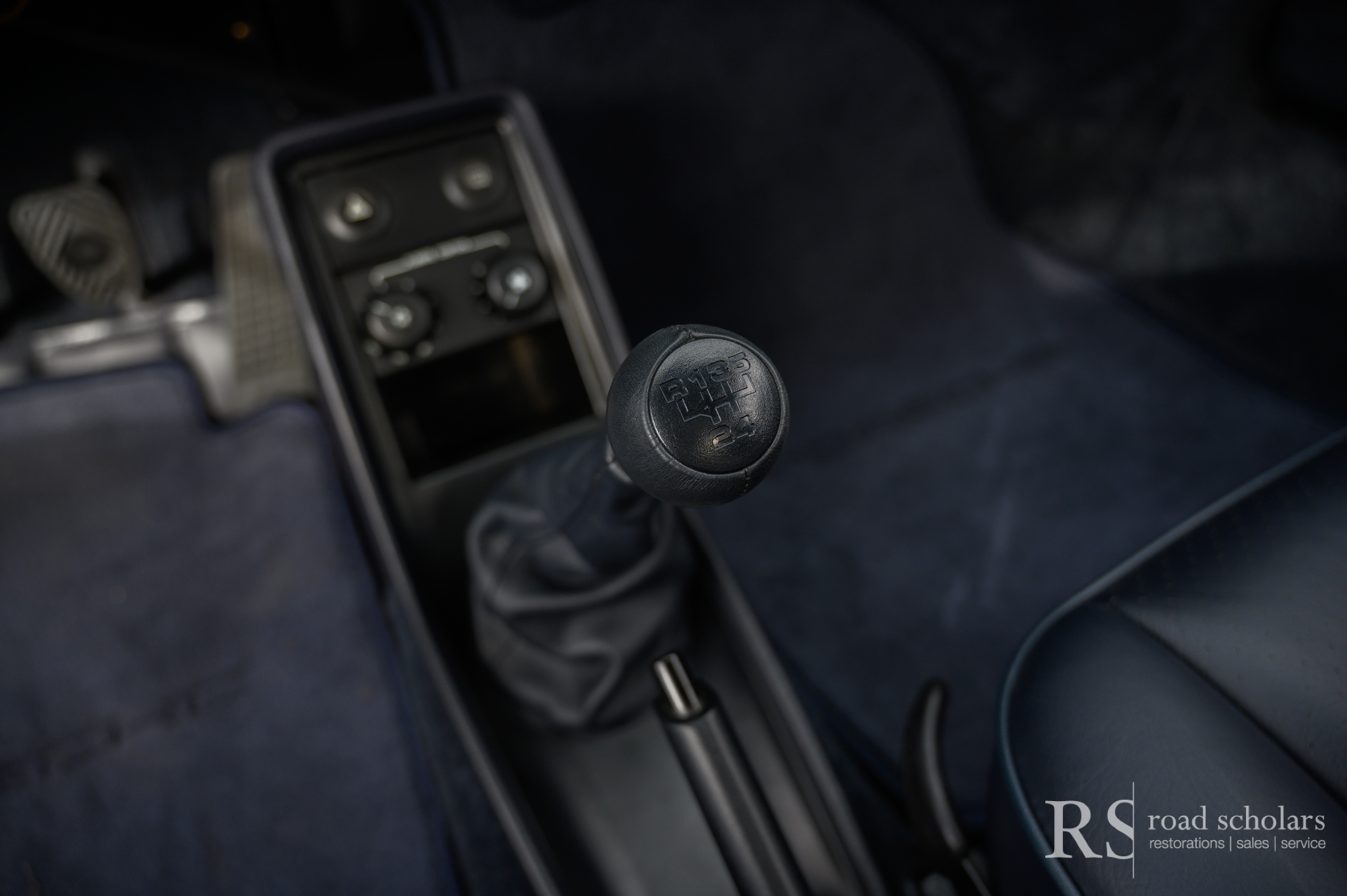

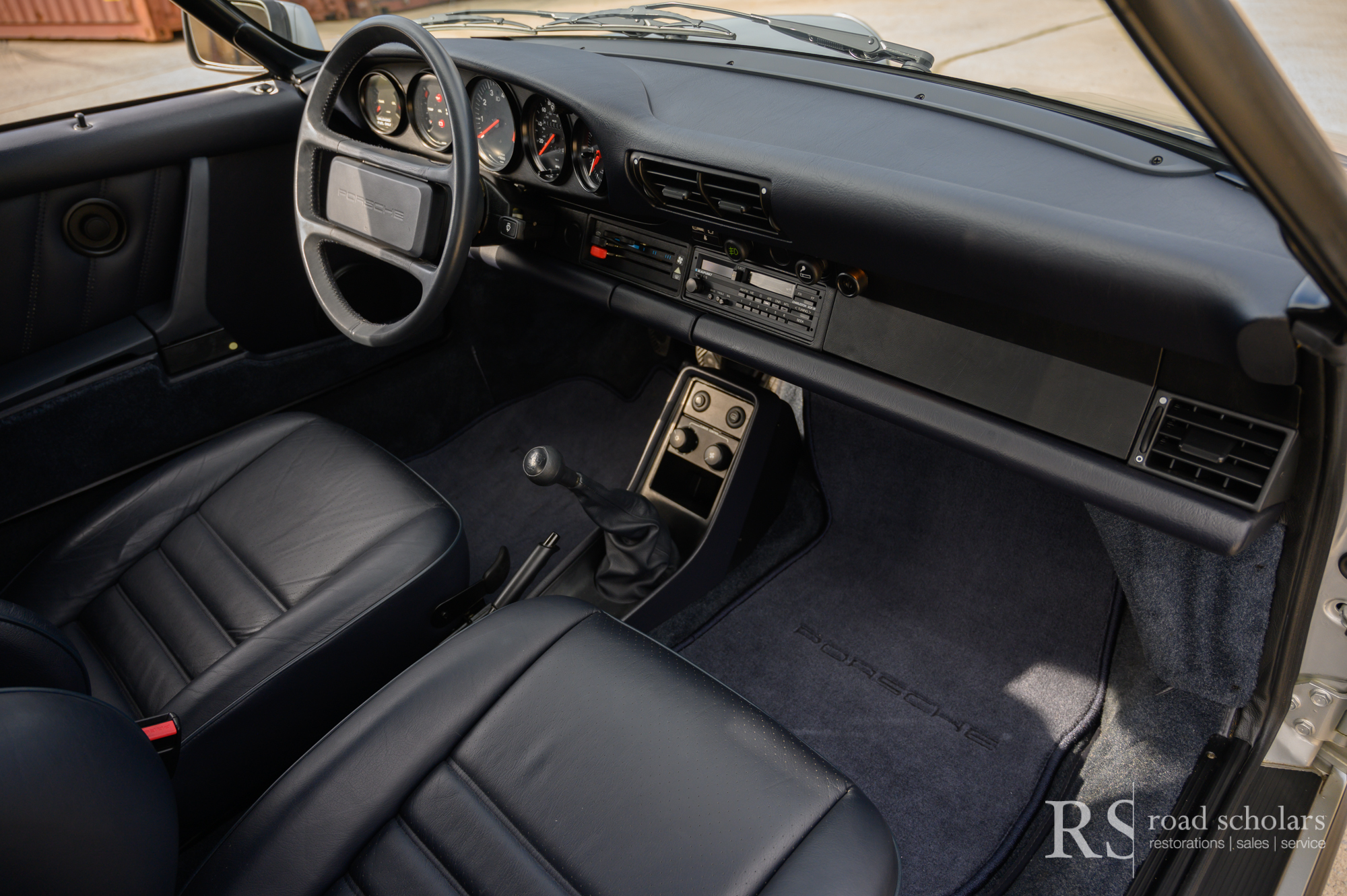

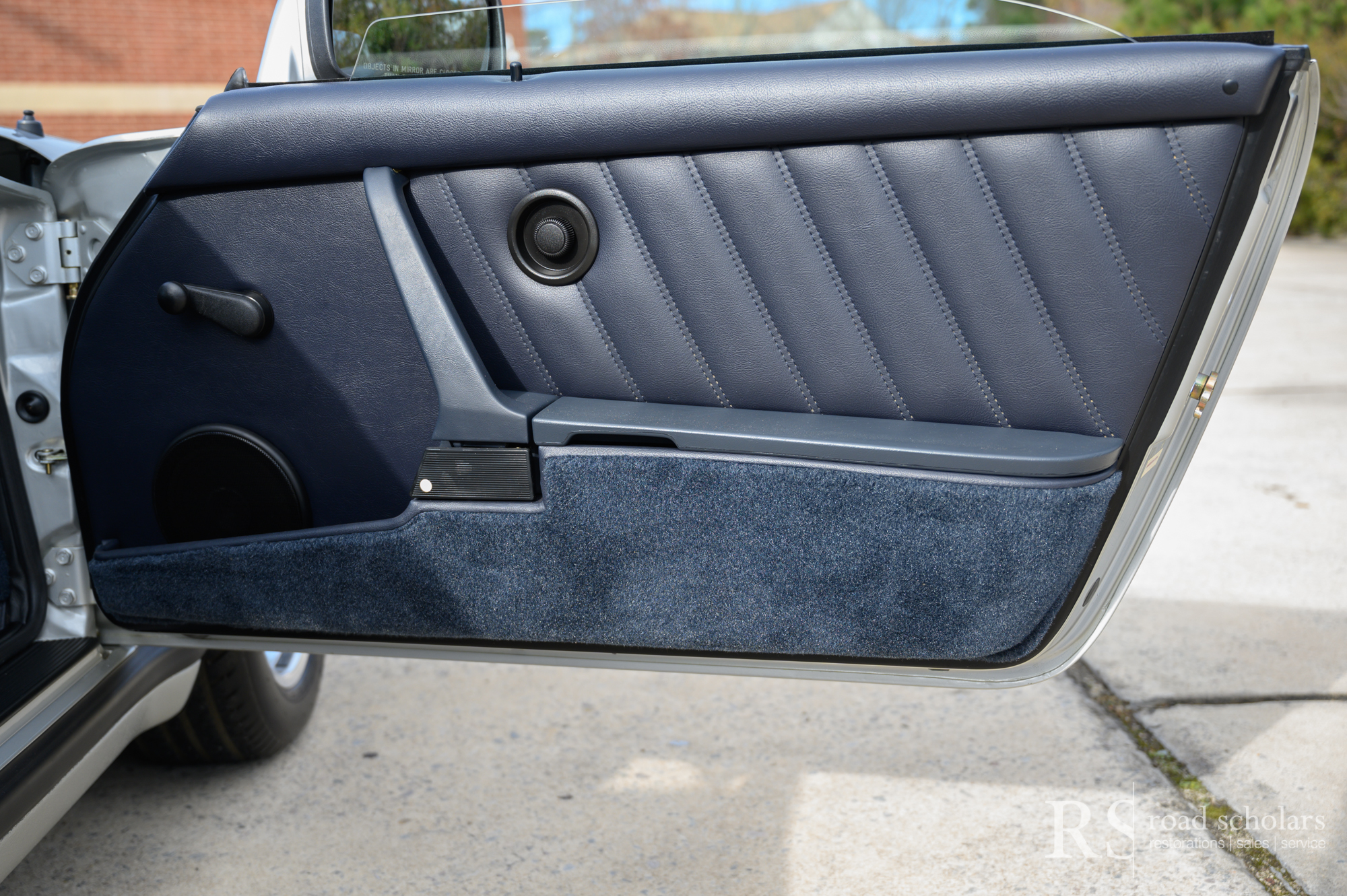
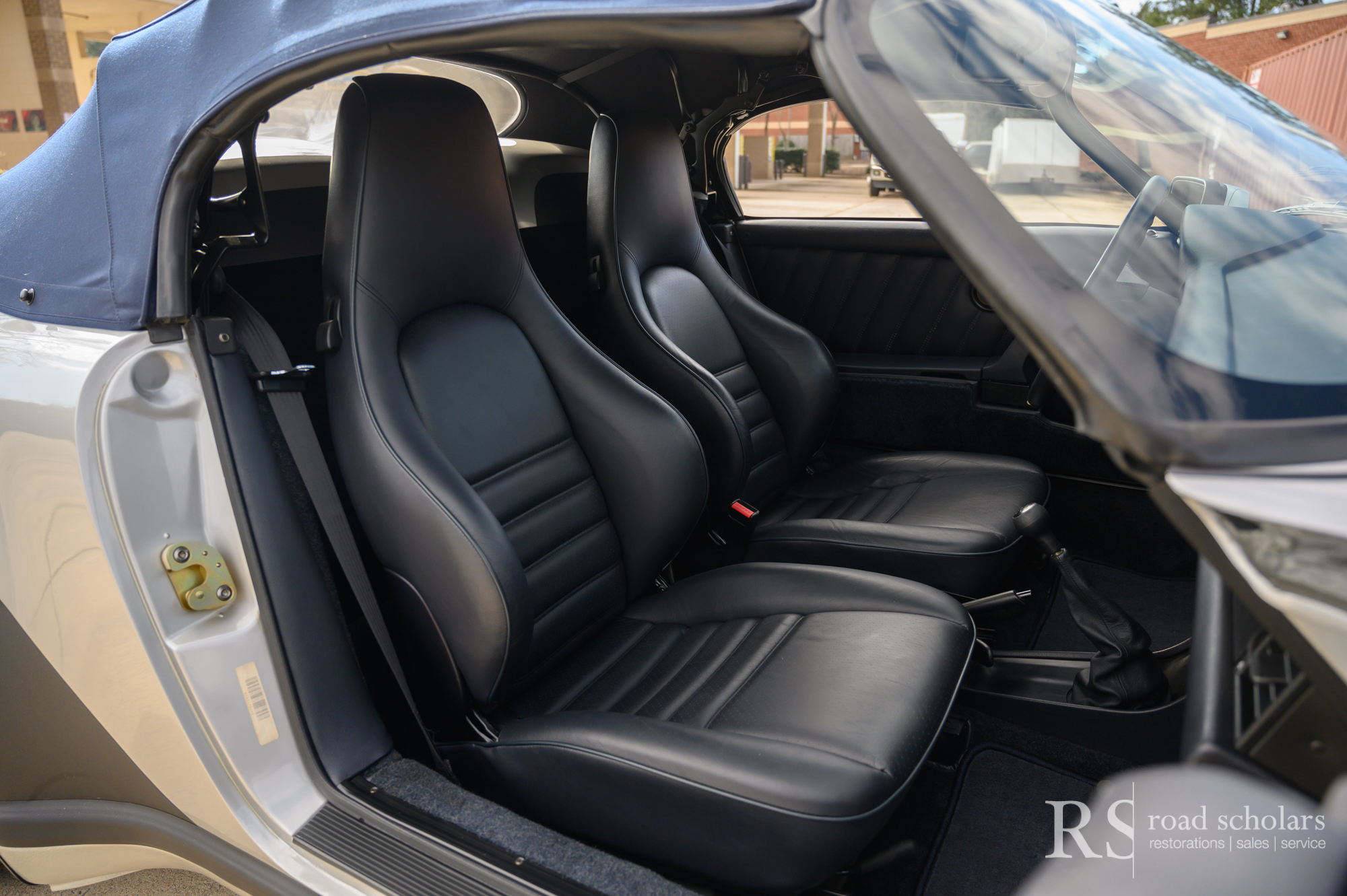
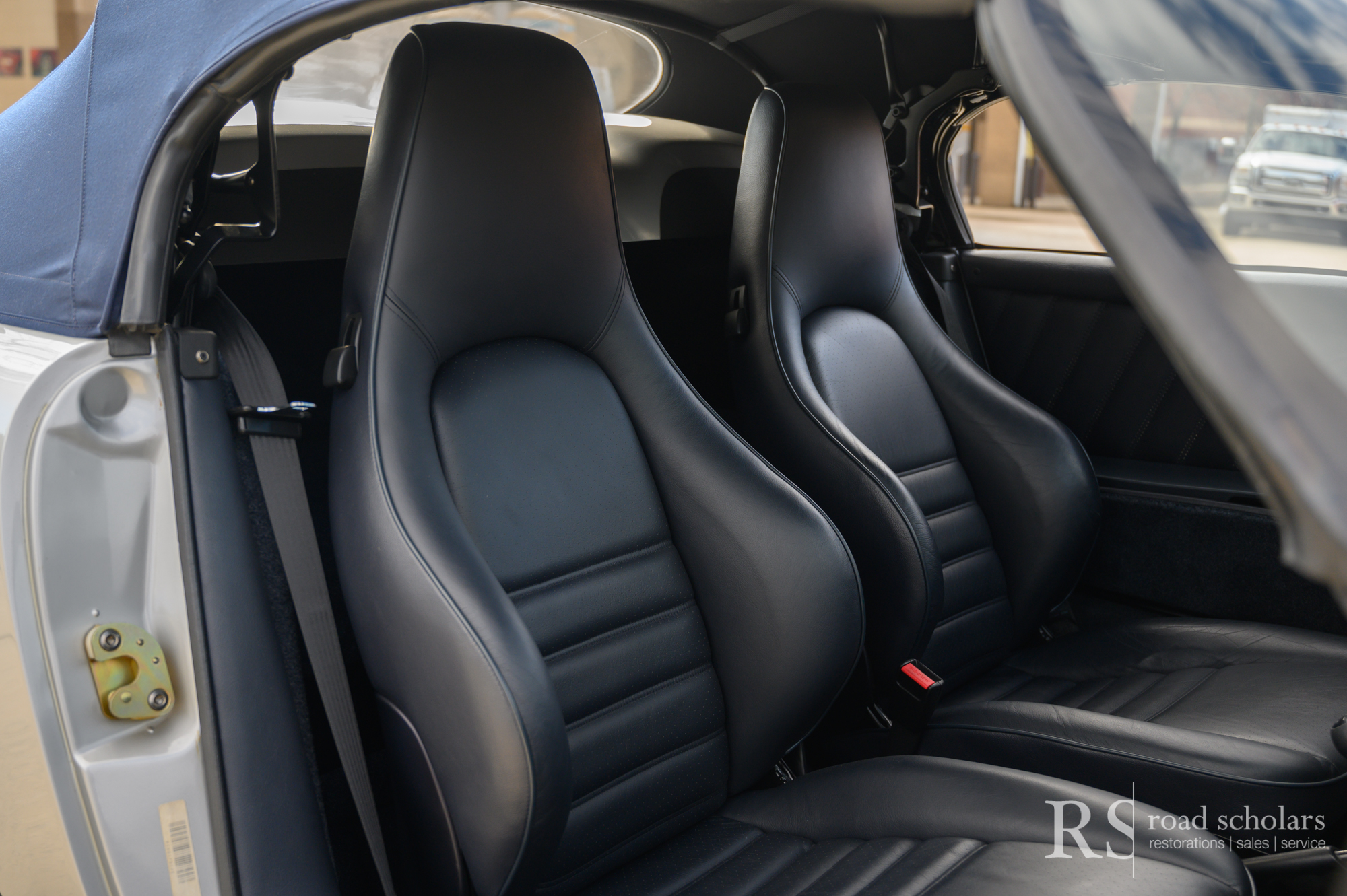
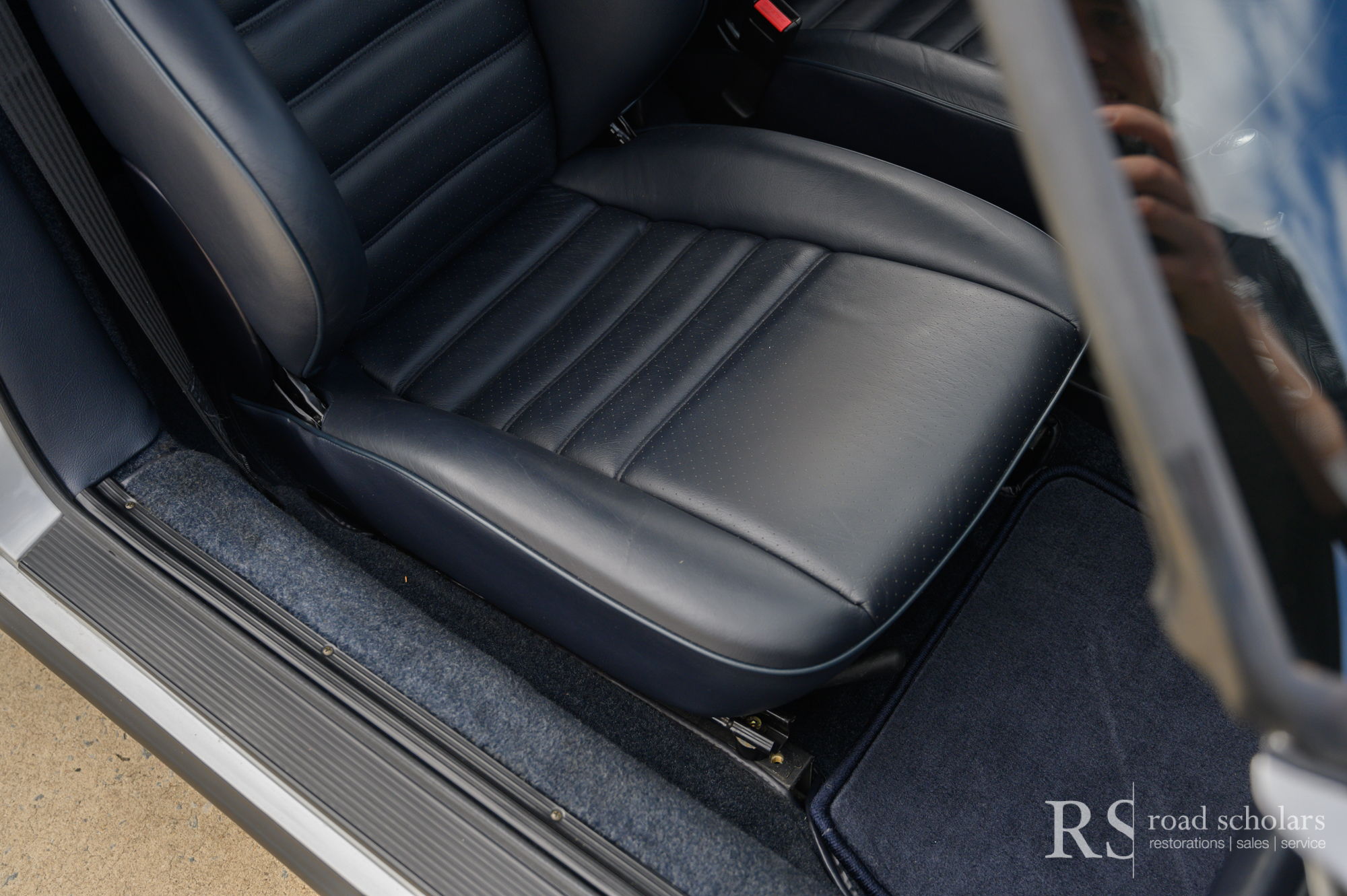
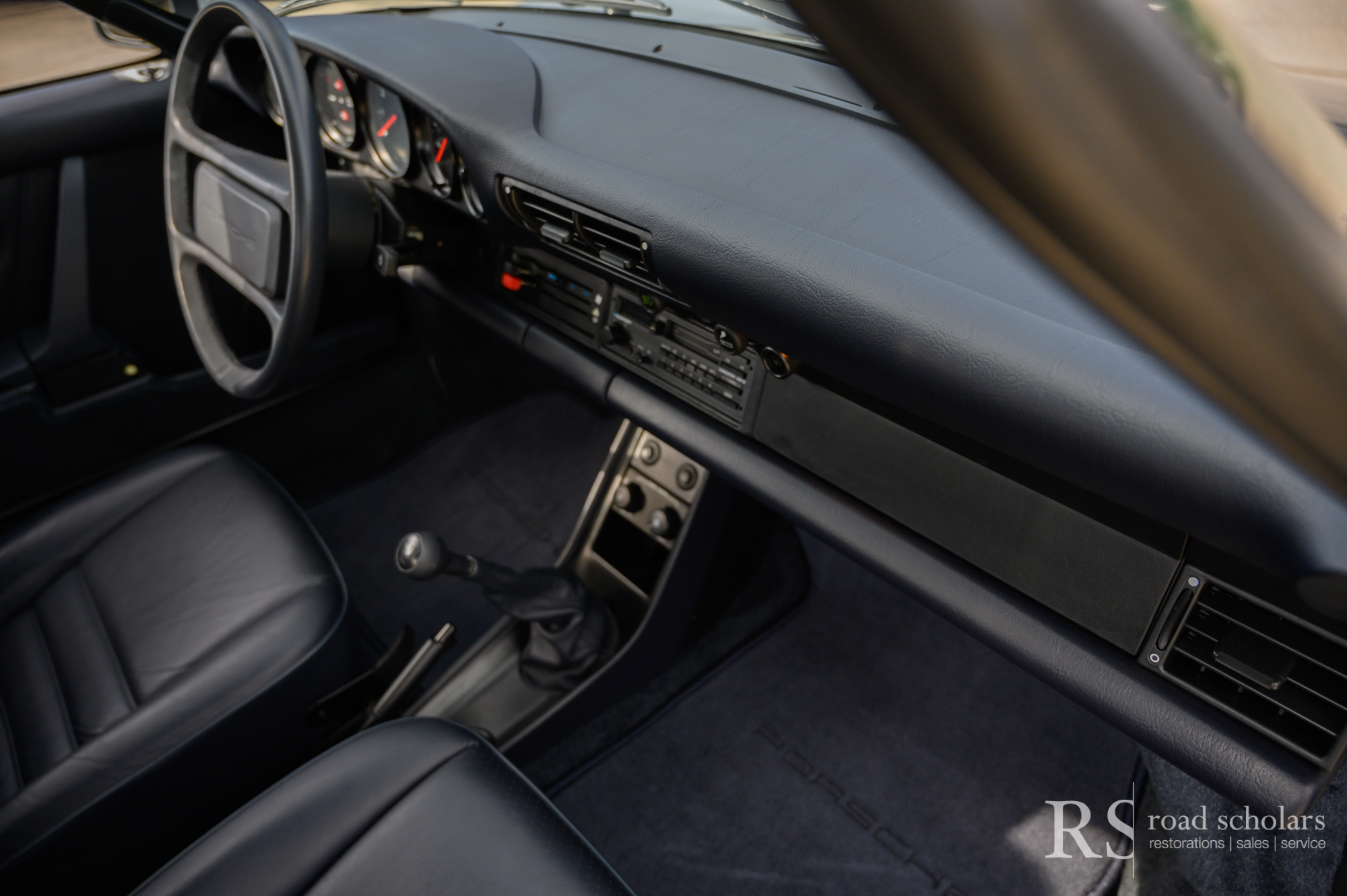
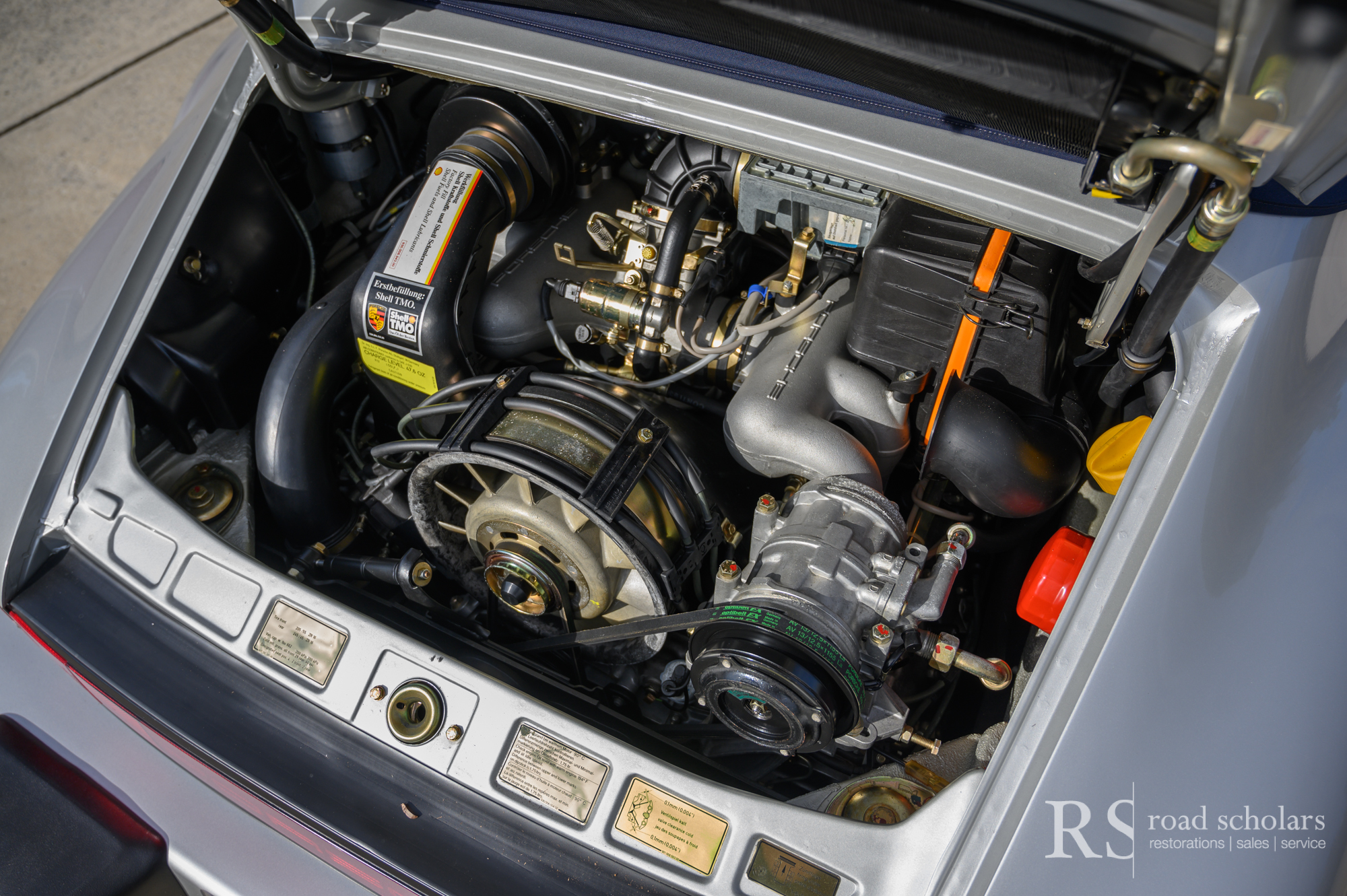
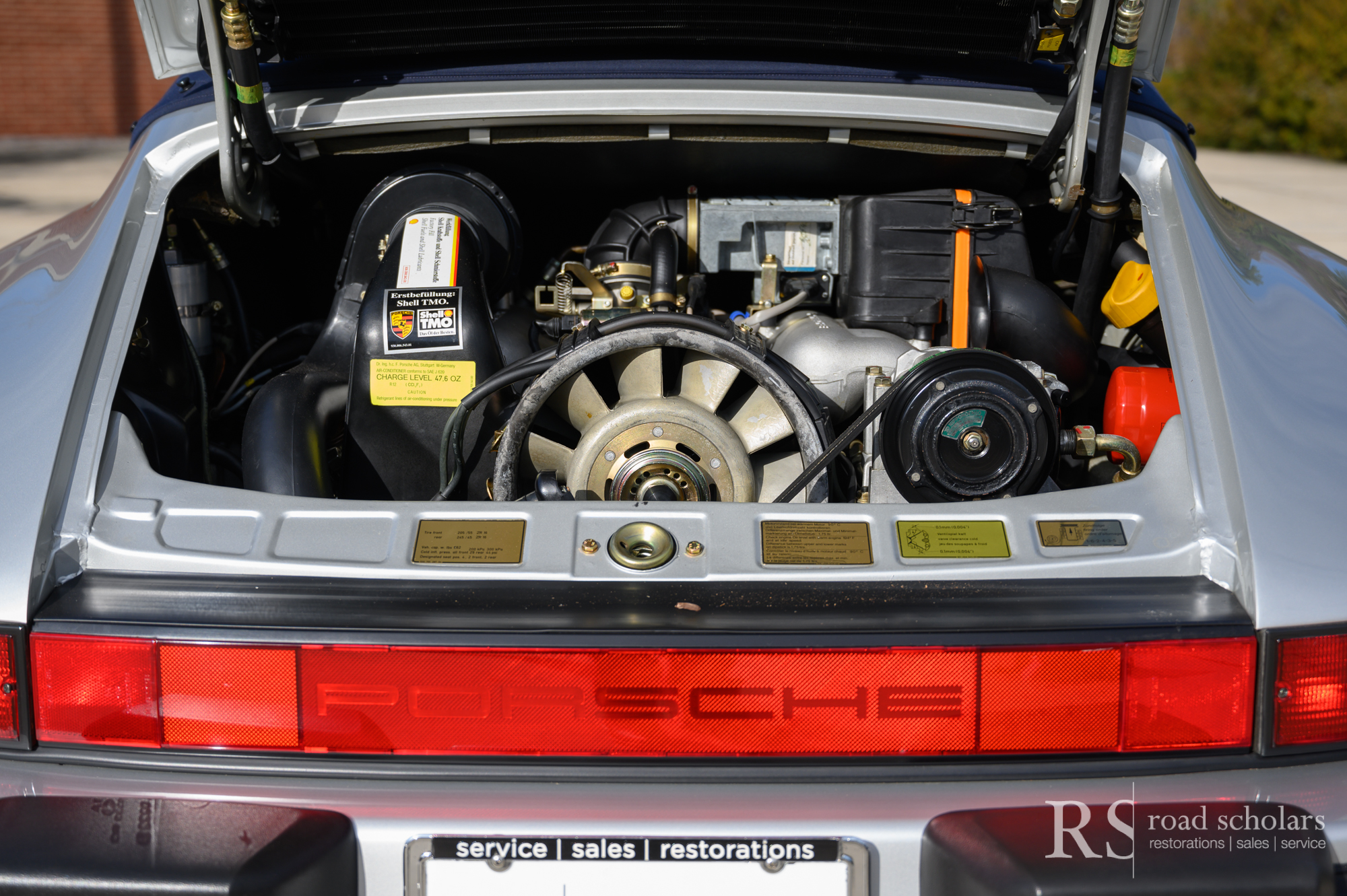
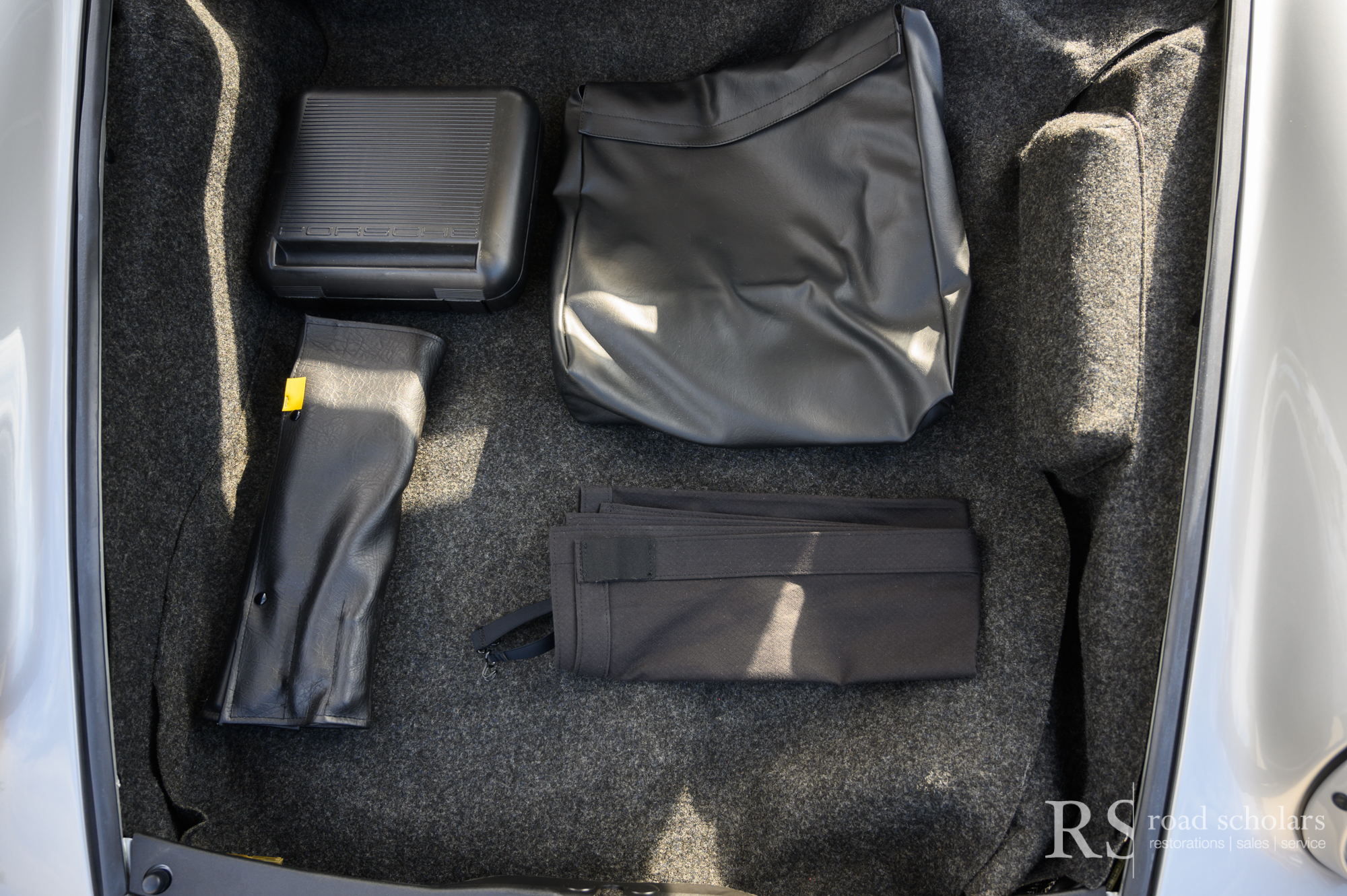
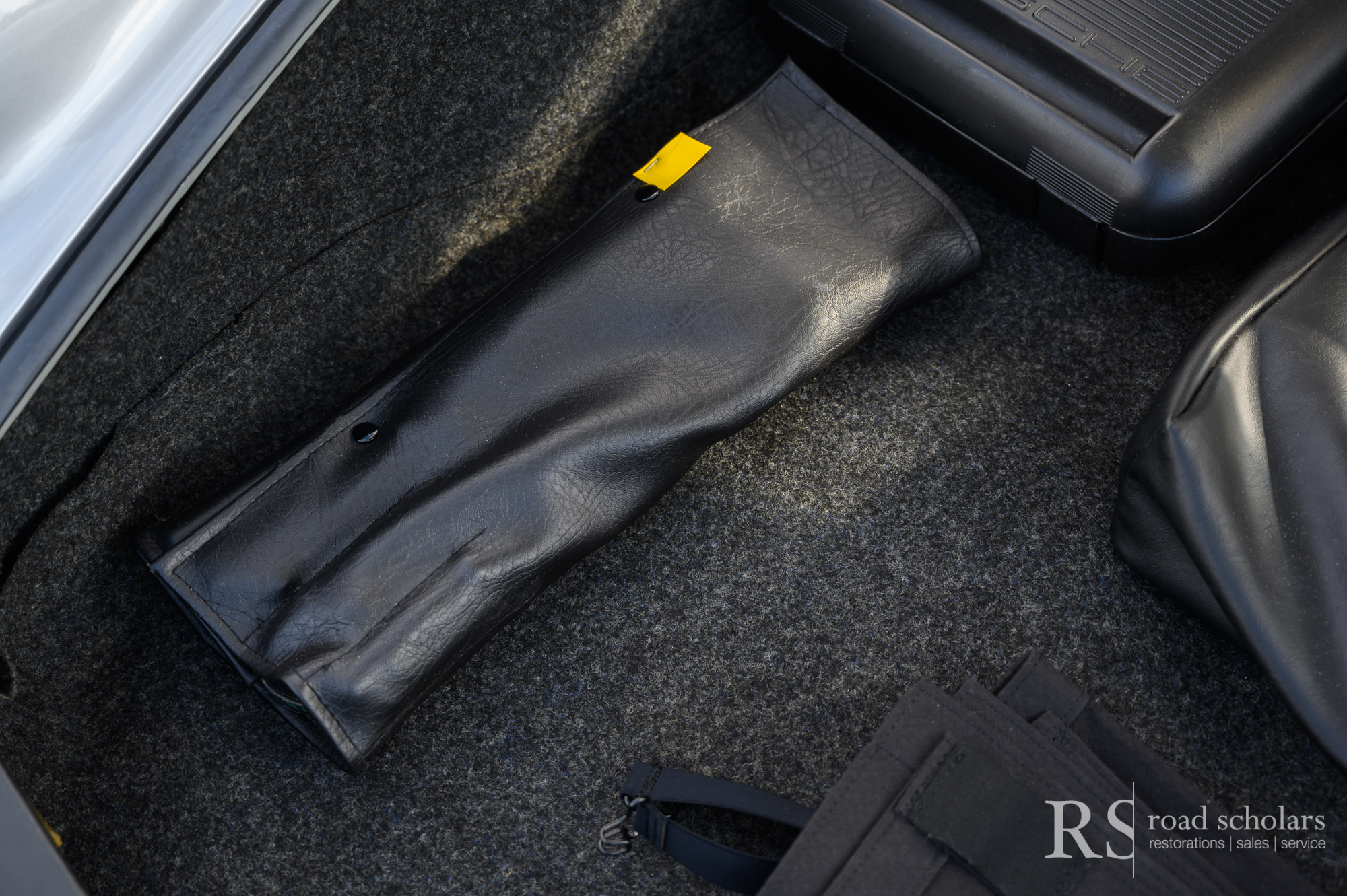
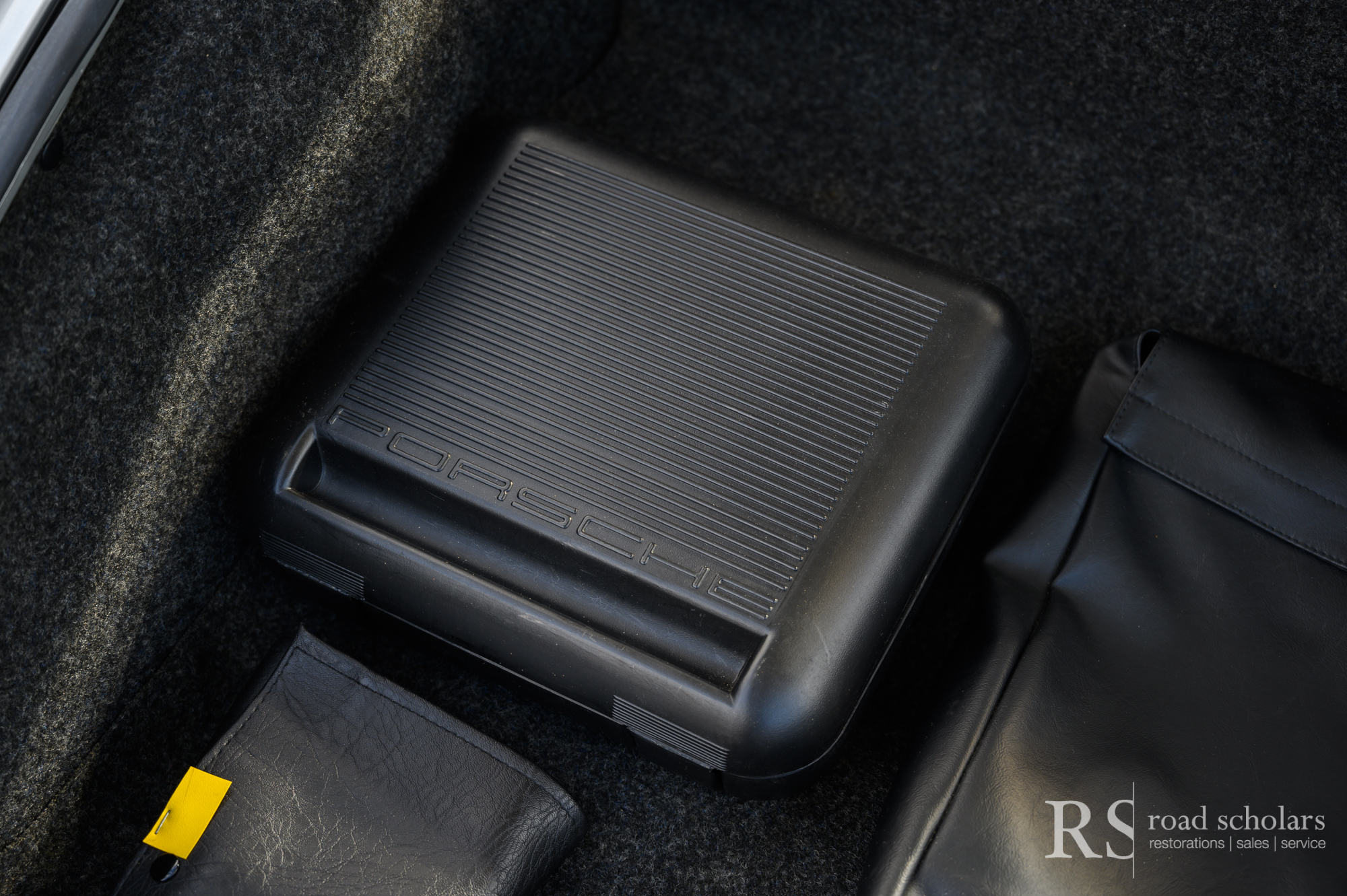
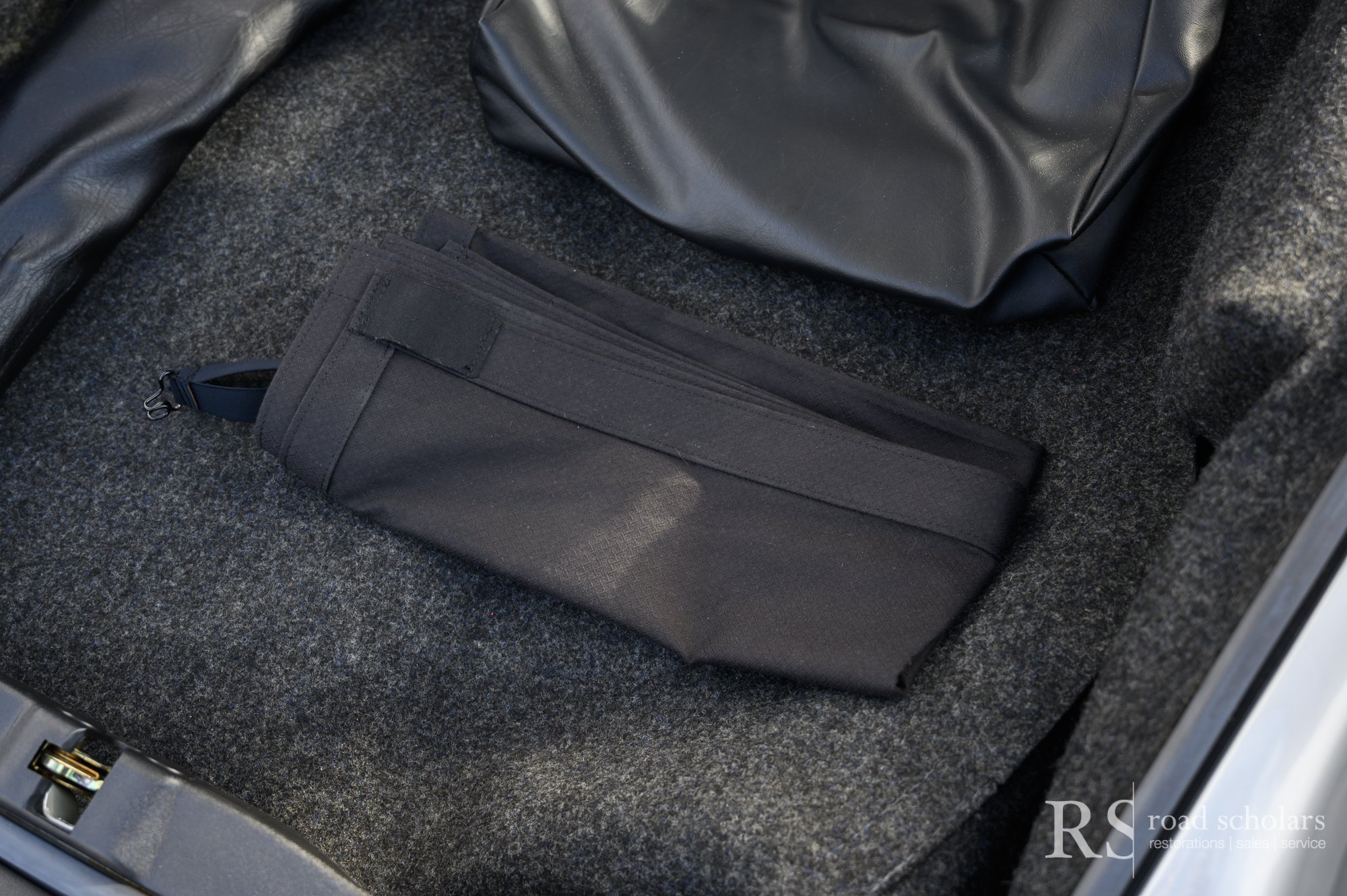
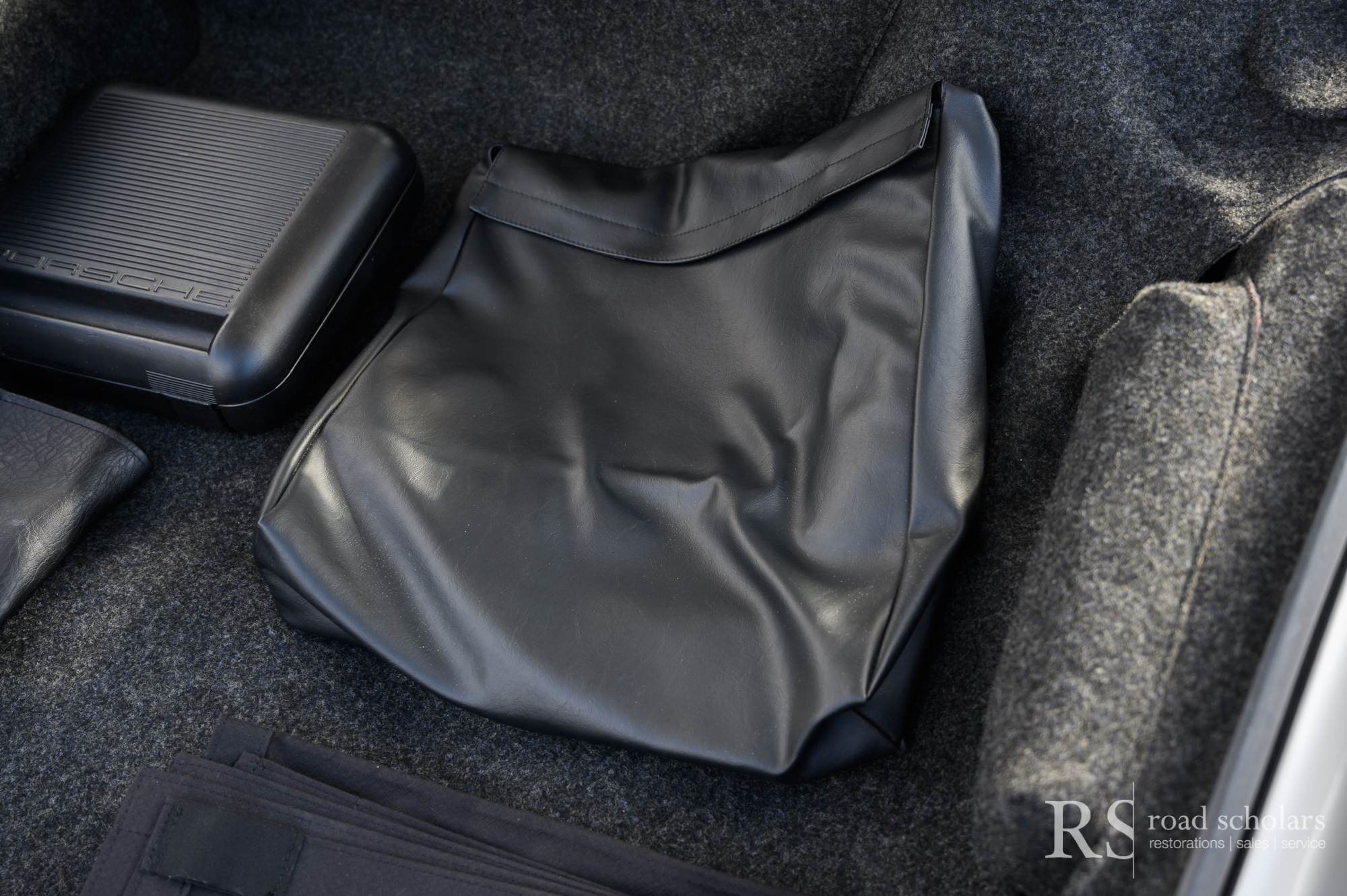
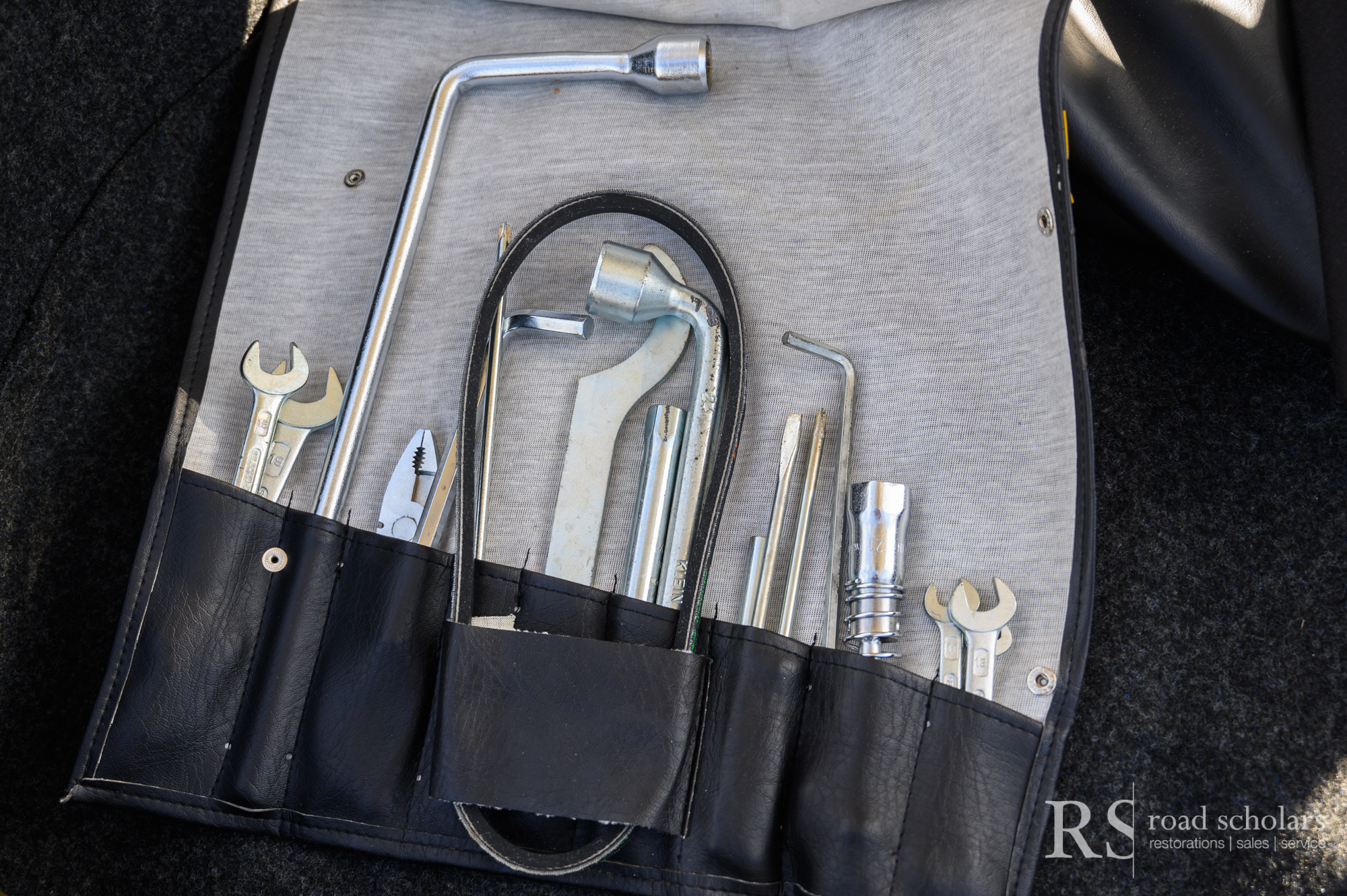

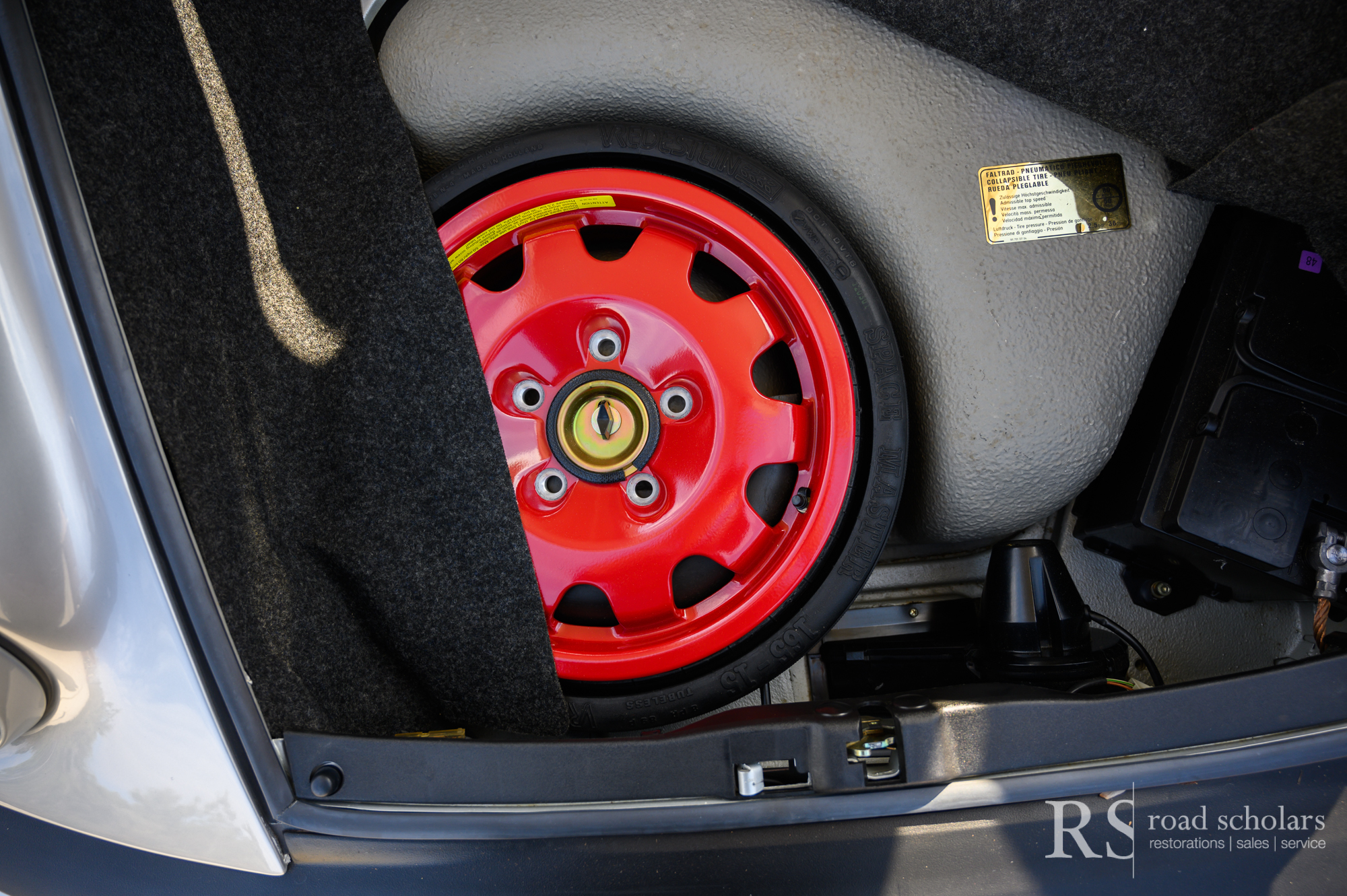
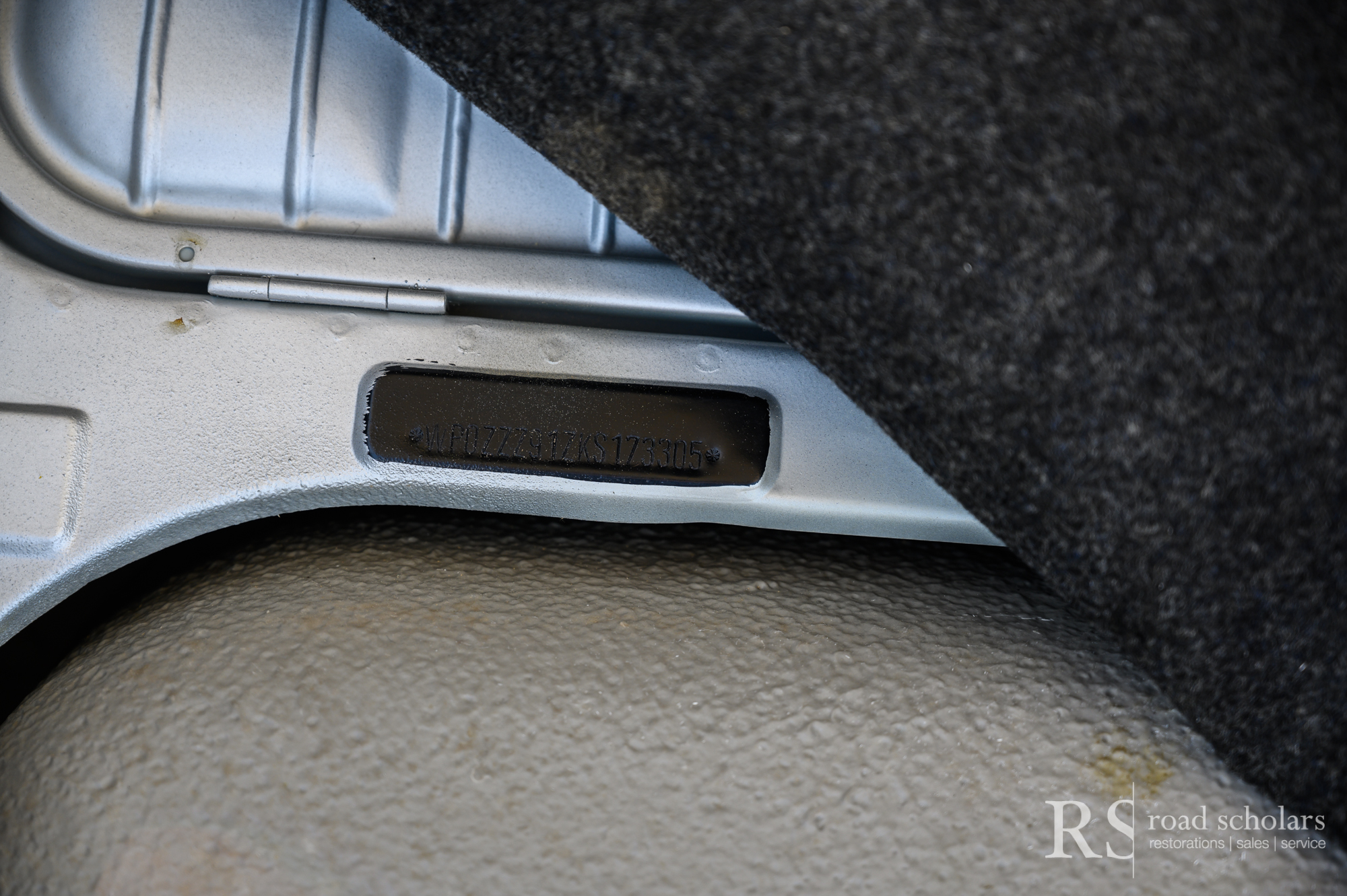
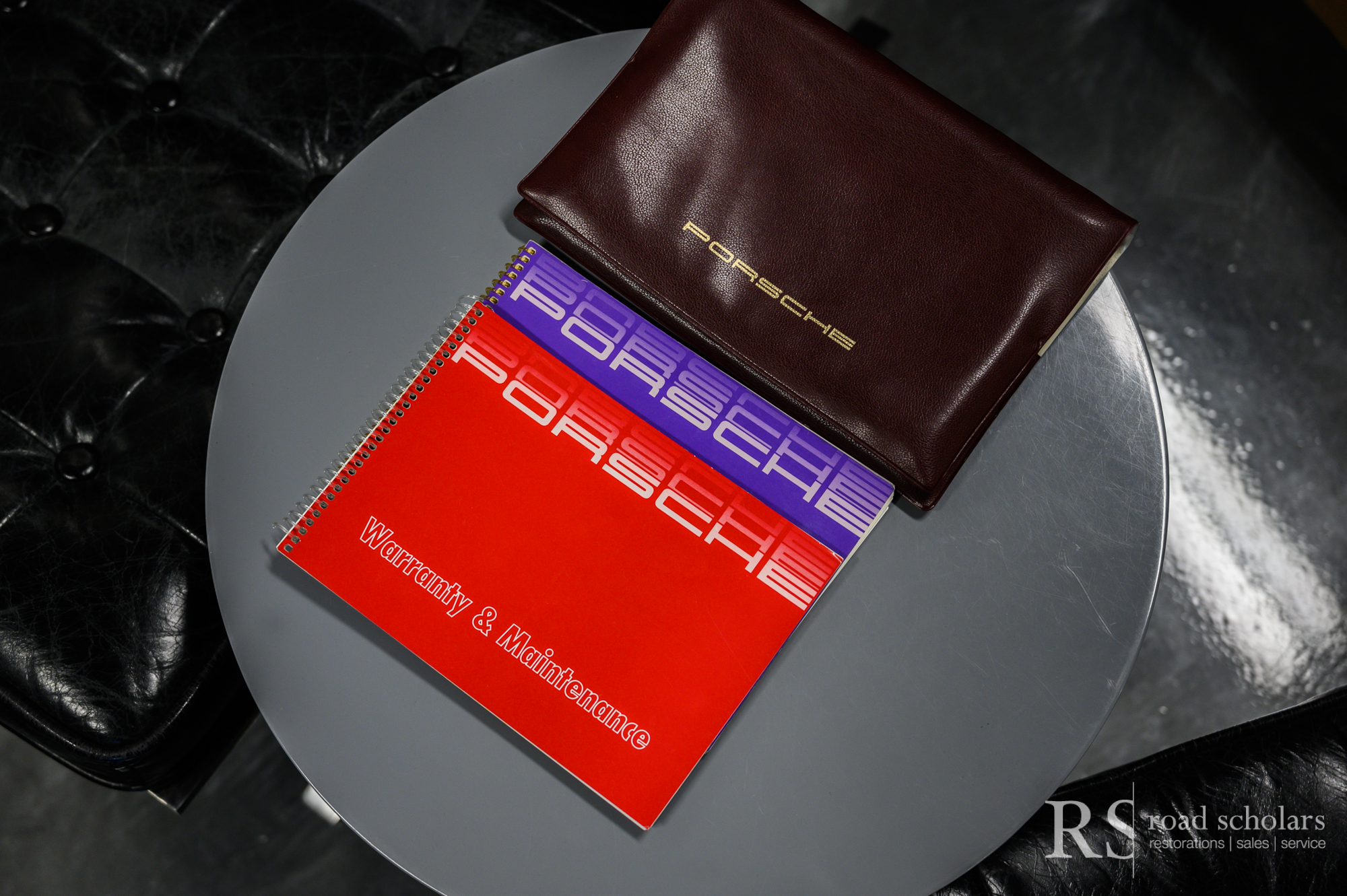
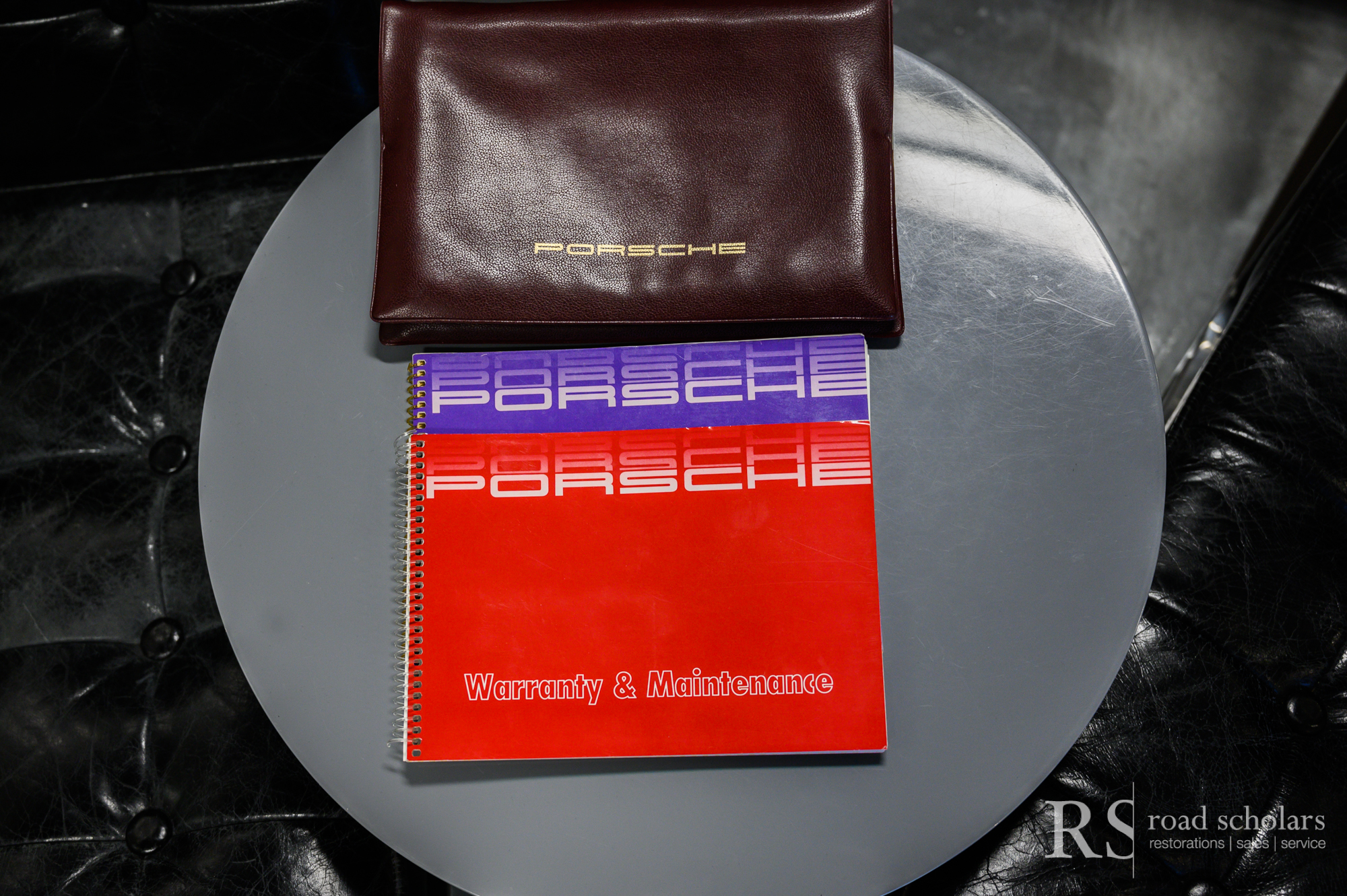
While the first 911 cabriolet since the mid-1960s was being developed, Peter Schutz and Helmuth Bott began to explore an idea to reinvigorate interest in the marque by bringing back the Speedster. By basing the project on the cabriolet once the development work was completed, the duo theorized that it would be feasible to produce. Cabriolets began rolling off the assembly line in 1982 and to the contentment of Schutz and Bott, production of the SC cabriolets exceeded 4,000 units and nearly matching that of the coupes. Between 1984 and 1989, the total production of cabriolets surpassed the Targa by nearly ten percent.
In the interim, two Speedster prototypes were produced. The first, called the Schutz Speedster, was based on a Turbo-look Carrera with flared fenders and an eight-inch removable windshield. The second was referred to as the Bott Speedster, assembled on a narrow cabriolet body with an ultra-low windscreen that wrapped around to meet with a solid tonneau cover with a raised headrest behind the driver. In October 1987, Porsche showed the Speedster Clubsport concept at the Frankfurt Auto show, displaying what was essentially a more elaborate version of the narrow-body prototype Bott had been driving but reducing the cabriolet to a single-seat configuration with a flat tonneau cover and integrated low windshield.
When Porsche unveiled its new model lineup, some European dealers who already had pre-orders for the Speedster were dismayed to find out that Porsche had decided to build the Speedster on the Turbo-look platform to appeal to the U.S. market. Marketing, sales, and production deliberated together to reach a solution and ultimately ended up ordering a run of 171 narrow-body Speedsters for clients in Switzerland, Austria, Holland, Belgium, and Sweden.
Production was set for 2,000 units, but the final production number came in at 2,103 between January and September of 1989. Just 823 were delivered new to the U.S. carrying a price tag of $58,500 USD. Under the direction of Tony Lapine, the Speedster received a windshield that was 3 inches shorter than the standard cabriolet and 5 degrees flatter. A thin “emergency top” made of single layer fabric was concealed beneath the fiberglass tonneau cover with twin ‘camel humps’ that took the place where the rear seats would normally be located.
In a sea of Red Speedsters, this Silver Metallic example with Marine Blue leather and dark blue top stands out and is both tasteful and stunning. It also may be one of the best, if not best time capsule Speedster that exists today. The odometer shows an astounding 59 miles, and the car has been perfectly preserved since it was delivered to Max Dial Porsche in Inglewood, CA 32 years ago. The Certificate of Authenticity shows that it was optioned with AM/FM Stereo with cassette player, a shortened gear lever, air conditioning, and California Emissions equipment. As a testament to its condition, it was awarded the coveted Manhattan Trophy at the 1992 Porsche Parade and was awarded both the Class and Division wins at the 1992 and 1999 Porsche Parades. It also received the Zone 1 Concours Division win and was named Best in Show in both 1992 and 1999, and was awarded Best in Show at the Central NY Concours Best in Show in 1999.
Both inside and out, this Speedster is exactly what one would expect from a multiple-Concours award-winning time capsule- perfect.
California Emissions
AM/FM Stereo with Cassette Player
Shortened Gear Shift Lever
Air Conditioning
Delivered new at Max Dial Porsche in Inglewood, CA
Manhattan Trophy winner in 1992
Porsche Parade Class winner 1992, 1999
Porsche Parade Division winner 1992, 1999
Zone 1 Concours division winner 1992, 1999
Zone 1 Concours best in show 1992, 1999
Central NY Concours Best in Show 1999

Get RS Insights sent to your e-mail monthly.
